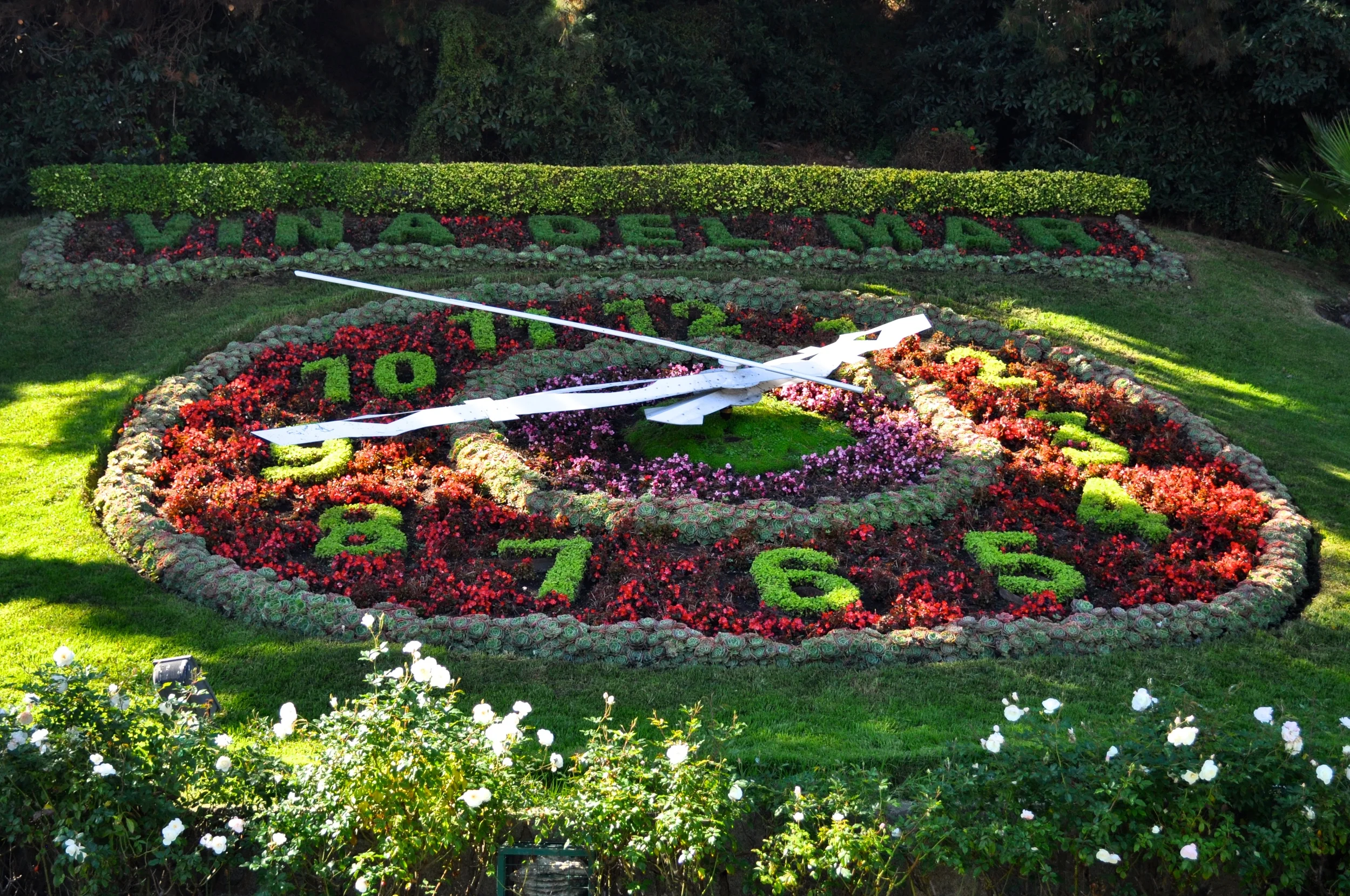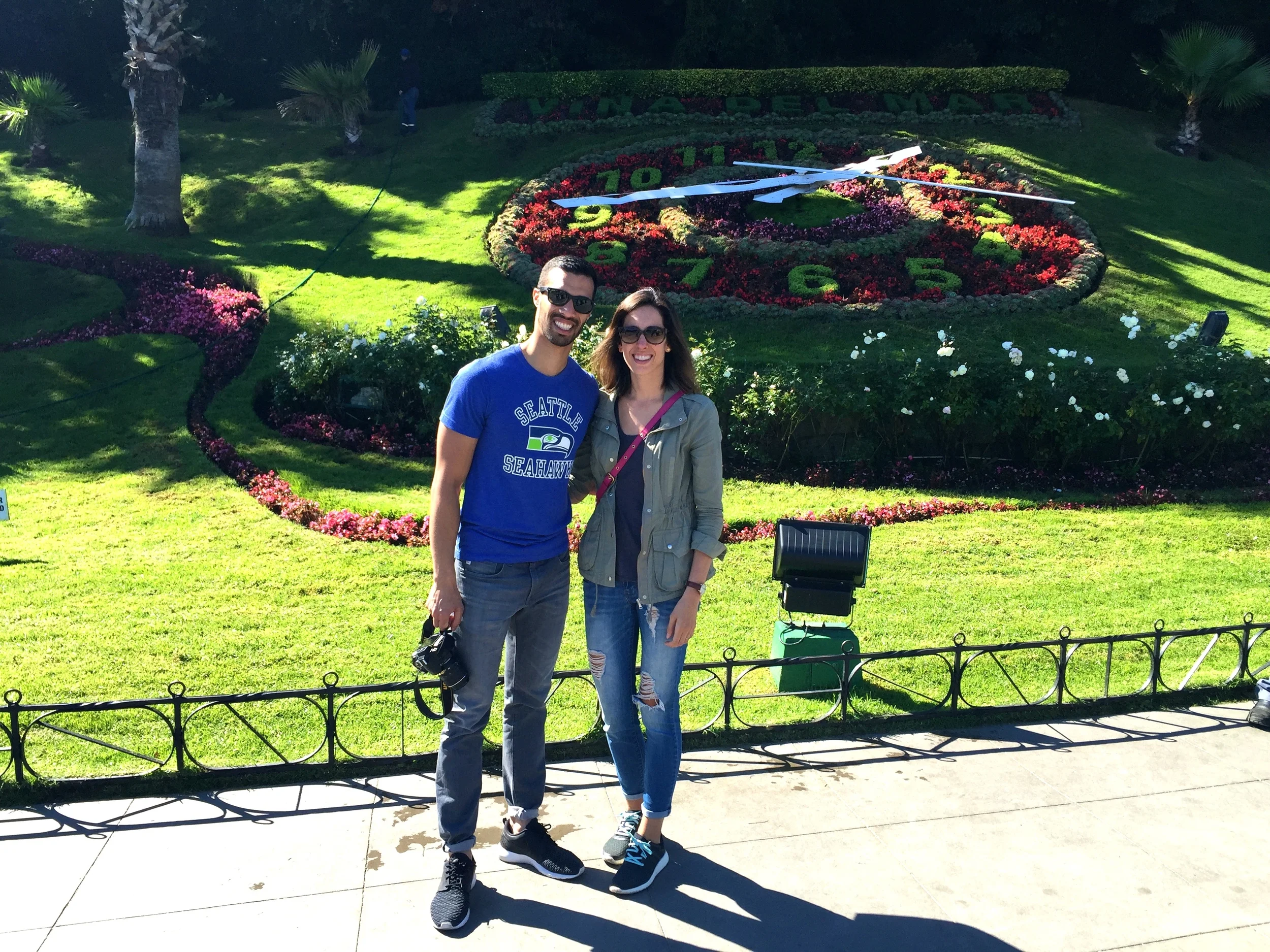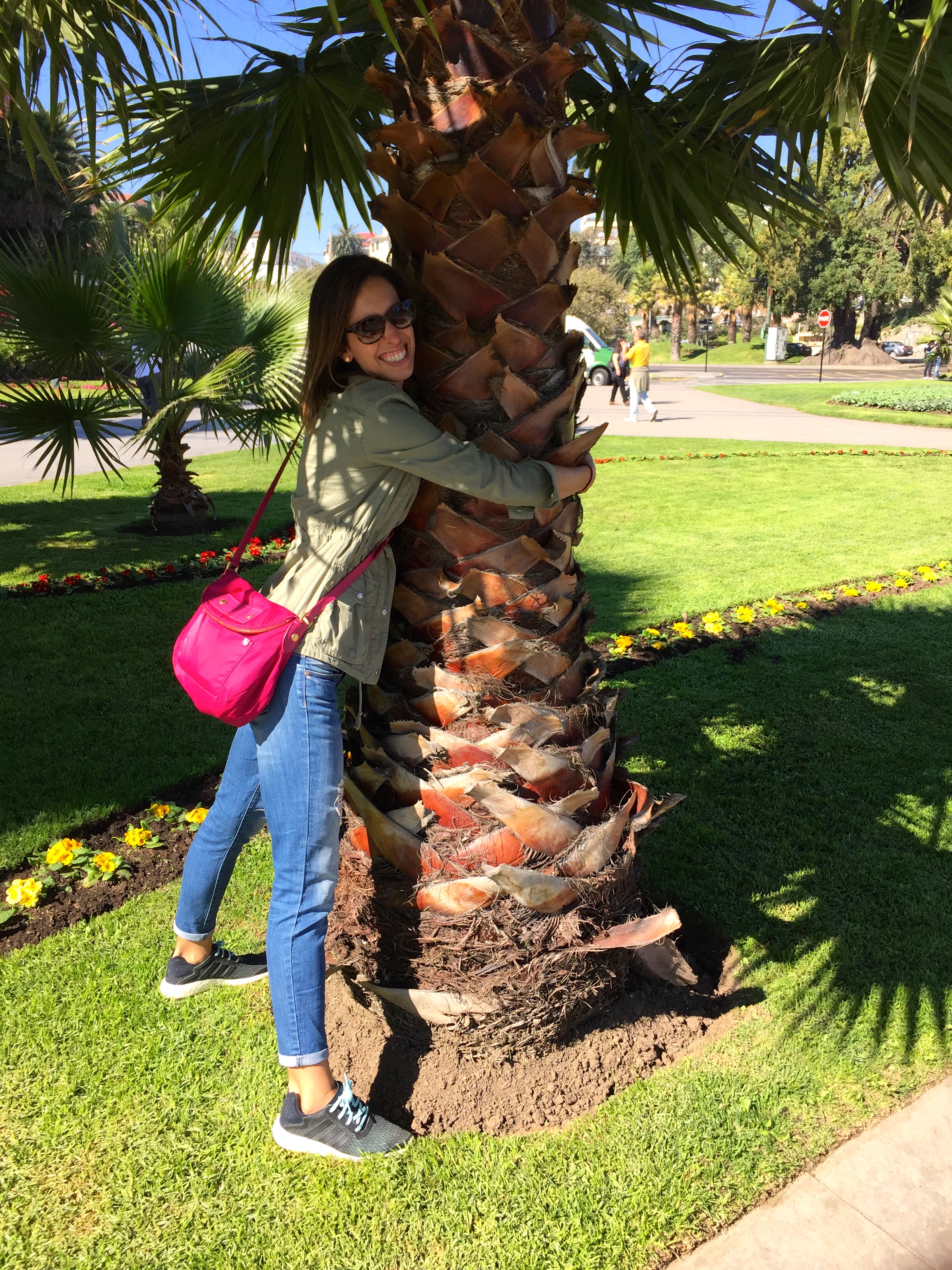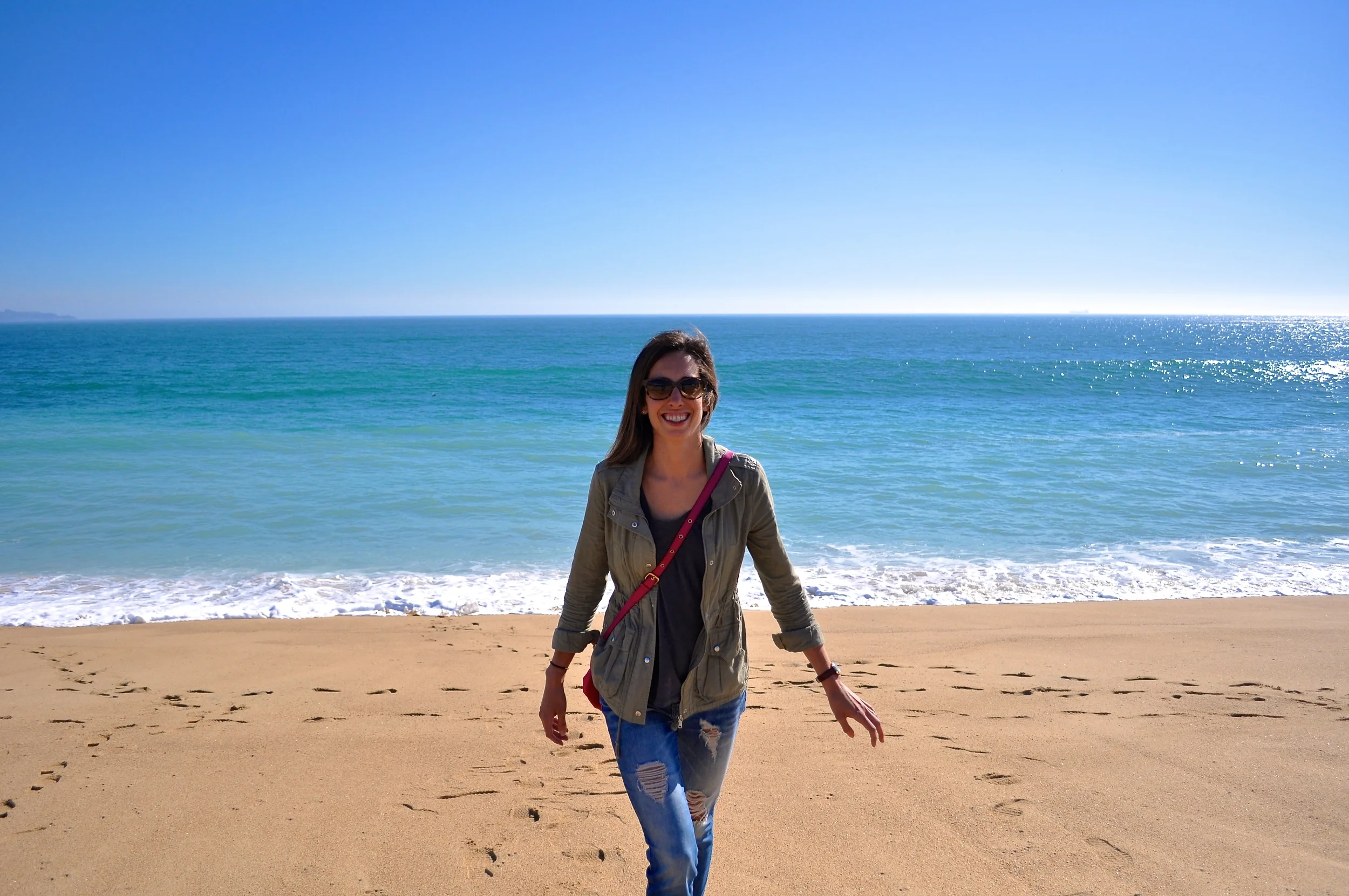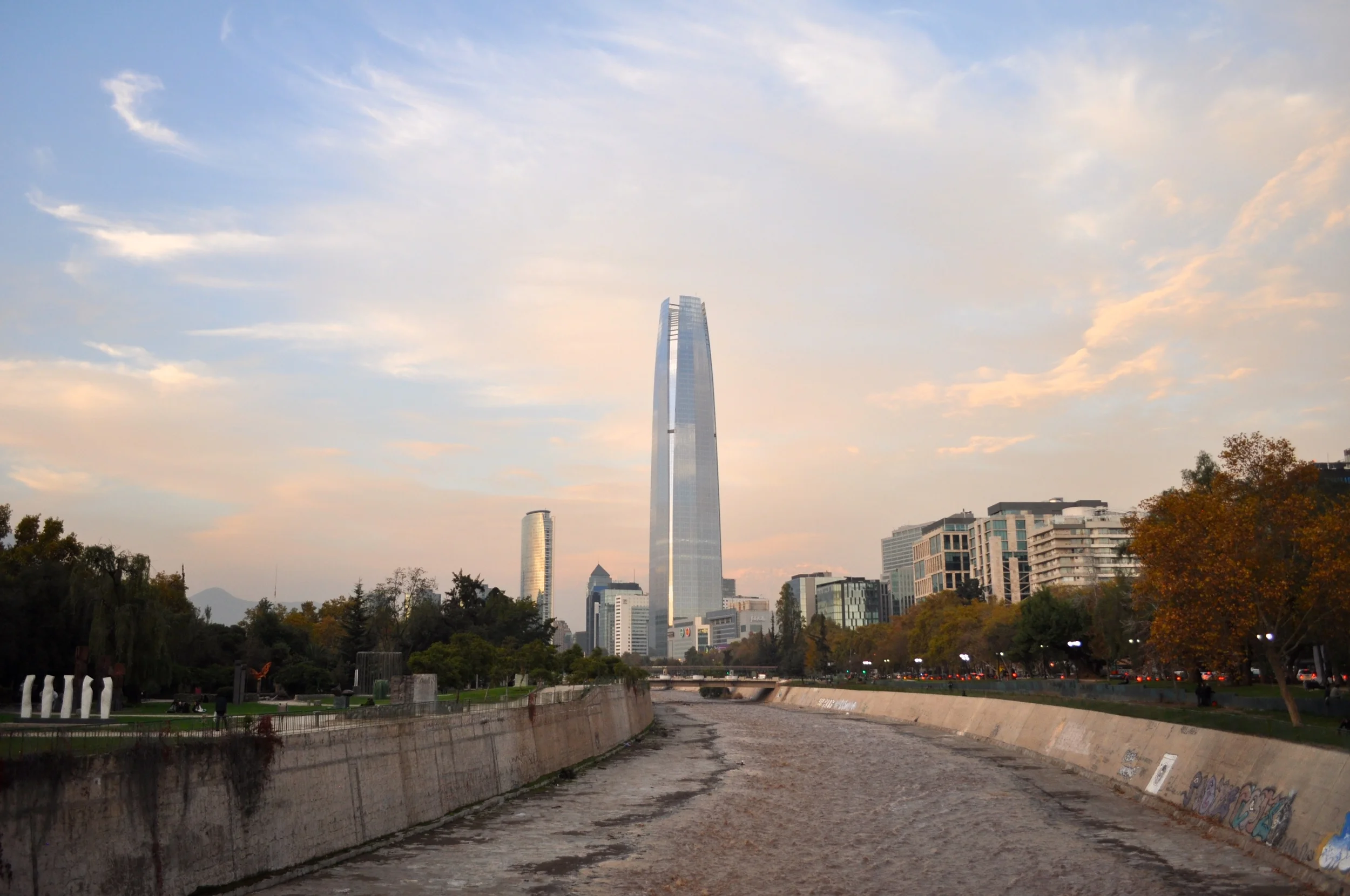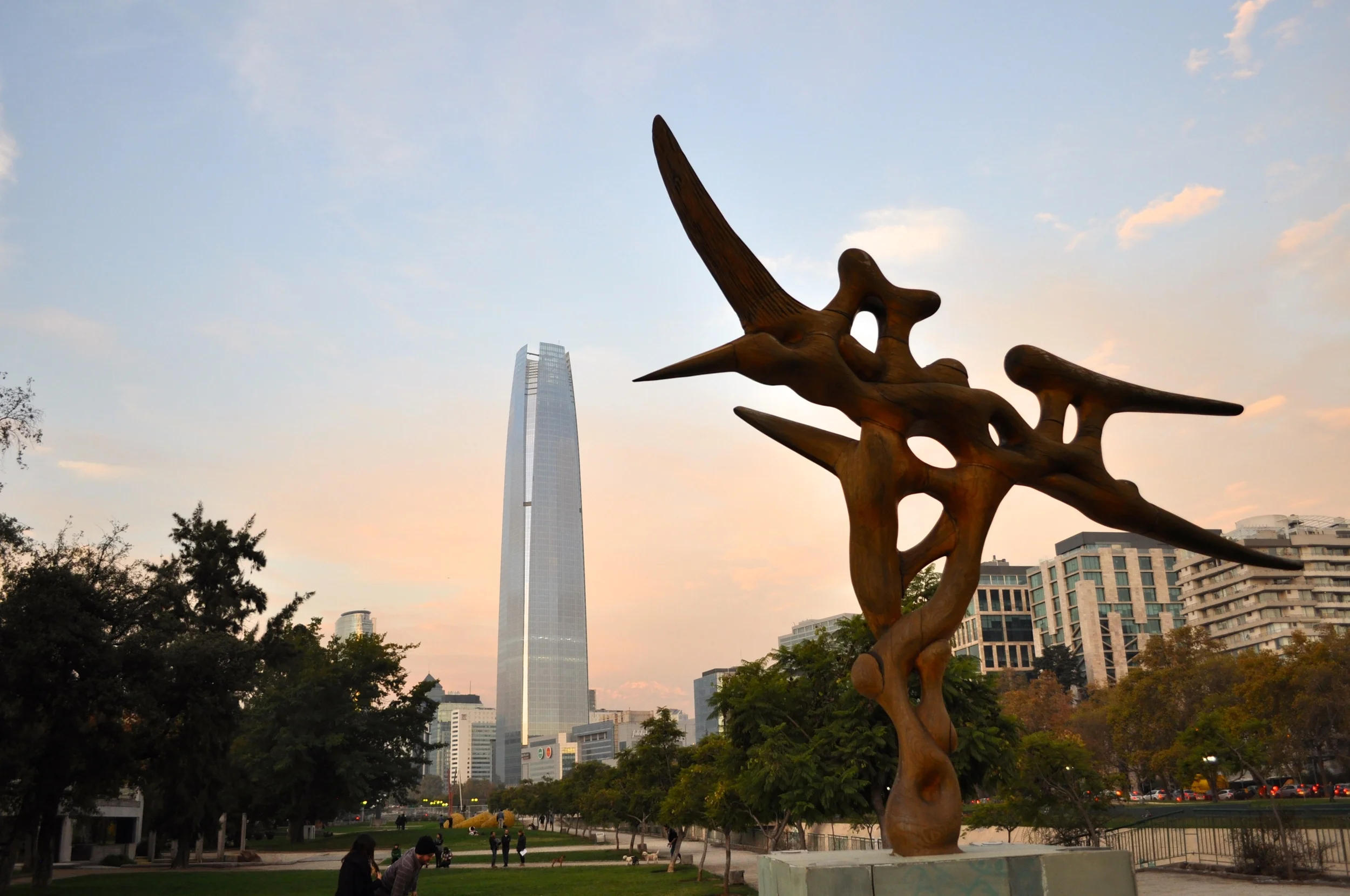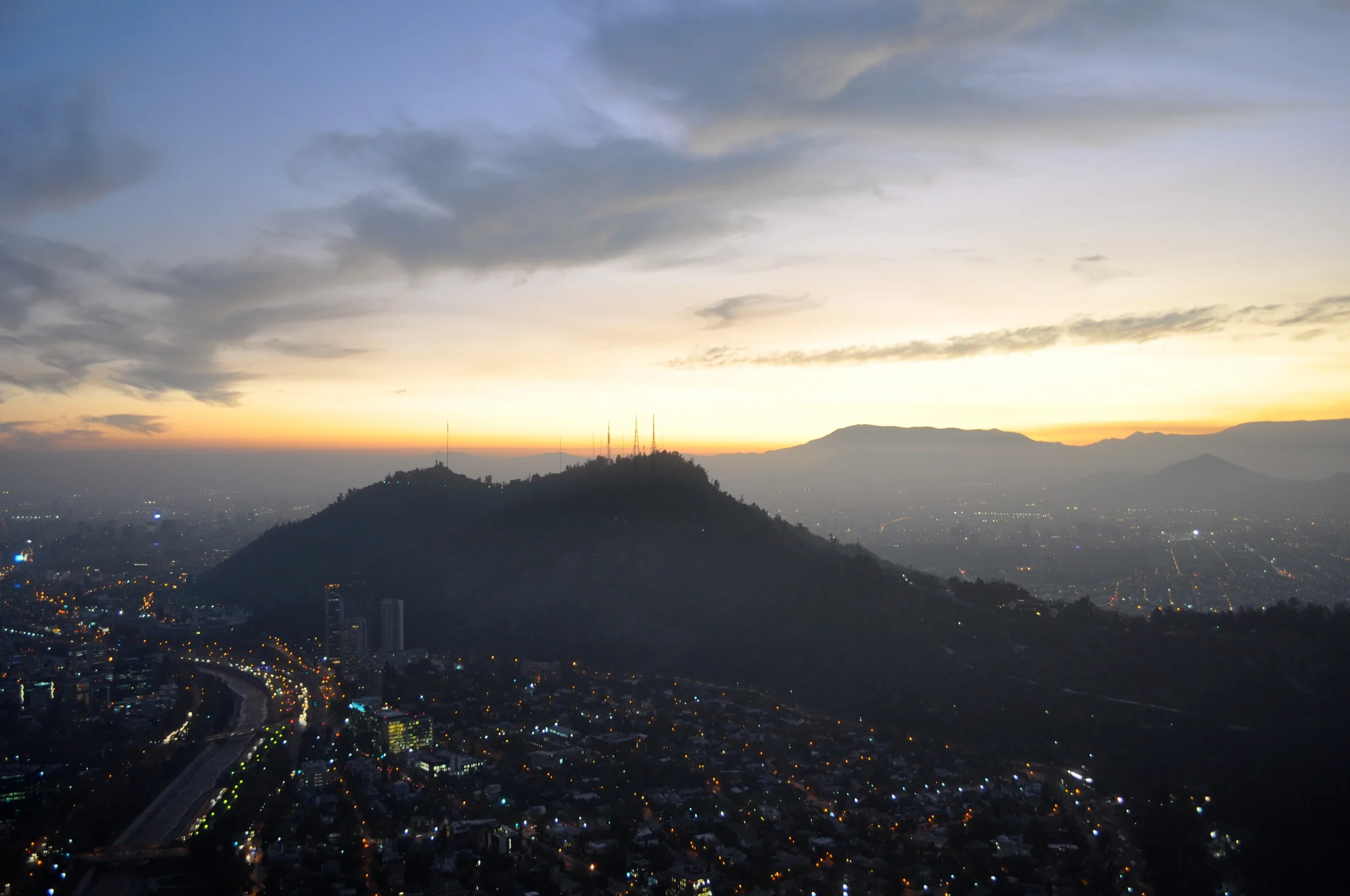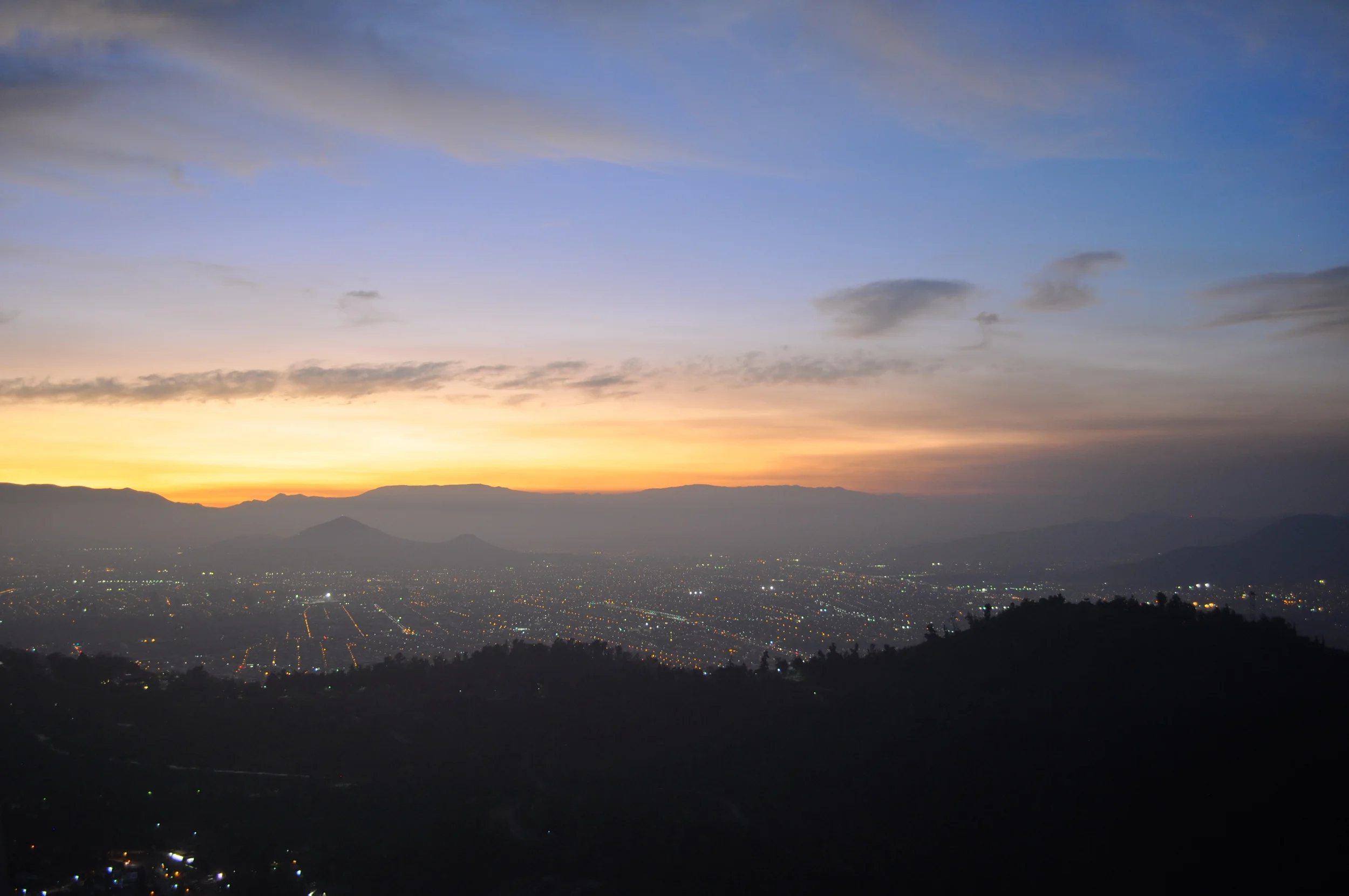Santiago, Colchagua Valley, Valparaiso, & Viña del Mar, Chile
/(April 26th - April 30th, 2016)
Because of our schedule, we missed the glacier excursion at Ecocamp, which I was pretty bummed about. However, we ended up having the most amazing views out the window of the airplane. Mountain tops covered with snow and glaciers descending into lakes were everywhere to be seen. While photos from an airplane don’t have the highest quality, the views were absolutely incredible. Allen and I had our faces pressed to the window for a solid 30 minutes.
When we landed in Santiago, we headed to Hotel Orly. It was a quaint, boutique hotel located in the Providencia neighborhood and was surrounded by several restaurants and shops. We arrived pretty late so we just popped into a restaurant next door for dinner and drinks. They didn’t have a menu in English so I did my best to translate, but in the end we just ordered two typical Chilean dishes recommended by the waiter. I ended up getting arrollado huaso which is basically chunks of pork wrapped up in pig skin and served in a broth…and let’s just say I won’t be ordering that again.
Our first full day in Santiago was our only free day so we decided to start it off with a free walking tour of the city with a guide that our Australian friends, James and Allison, highly recommended. Franco led us all around the city and we learned a lot about the history of the country including the Mapuche (who was the only Chilean tribe that was never conquered by the Spanish Empire), the Spanish occupation of Santiago, and the political unrest from 1973 to 1990 due to the collapse of the Chilean democracy. He also took us to various neighborhoods within the city and showed us where to get the best food, drinks, and coffee…although it's more about the scantily-clad baristas than it is about the coffee...hence the local term "coffee with legs". We stopped for lunch and had a traditional Chilean empanada de pino which is filled with beef, onions, a hard boiled egg, and one olive. It was unique, yet full of flavor. While on the tour, we made friends with a Canadian couple who left their lives in Toronto to travel for a year and a half in search of a new place to settle down. We immediately started sharing travel stories and learned all about their business plan for when they found a new place to live. The rest of the day Allen and I talked about where we would travel over such a long period of time, where we think we would end up, and what business we would want to start.
Towards the end of the walking tour Franco showed us where he thinks the best gelato in Santiago is, so naturally we made our way back after the tour to enjoy some caramel and nut gelato with our new friends. Afterwards, we took a cable car to the top of San Cristóbal Hill to take some panoramic photos of the city. There is also a sanctuary at the top of the hill with a amphitheater, a chapel, and a large statue of the Virgin Mary. It was a nice sunny day and the Andes Mountains were in the background with a fresh layer of snow, but the thick layer of smog made it hard to get great photos. I guess that's what happens when 6-7 million people live in one dense area.
After taking some smoggy pictures, we made our way across town to the Memory Museum to learn more about the human rights violations that occurred during the dictatorship in Chile. There was a display at the entrance of the museum that was a photomap of the world and each photo represented a case of human rights violations. It was pretty powerful to see each country that has endured it’s own discrimination over the years. It was saddening to learn what people are capable of doing to each other for the sake of power. The first hand accounts of torture and stories of kidnapped family members were hard to stomach and it made us think about all the religious and political persecution that is still going on today.

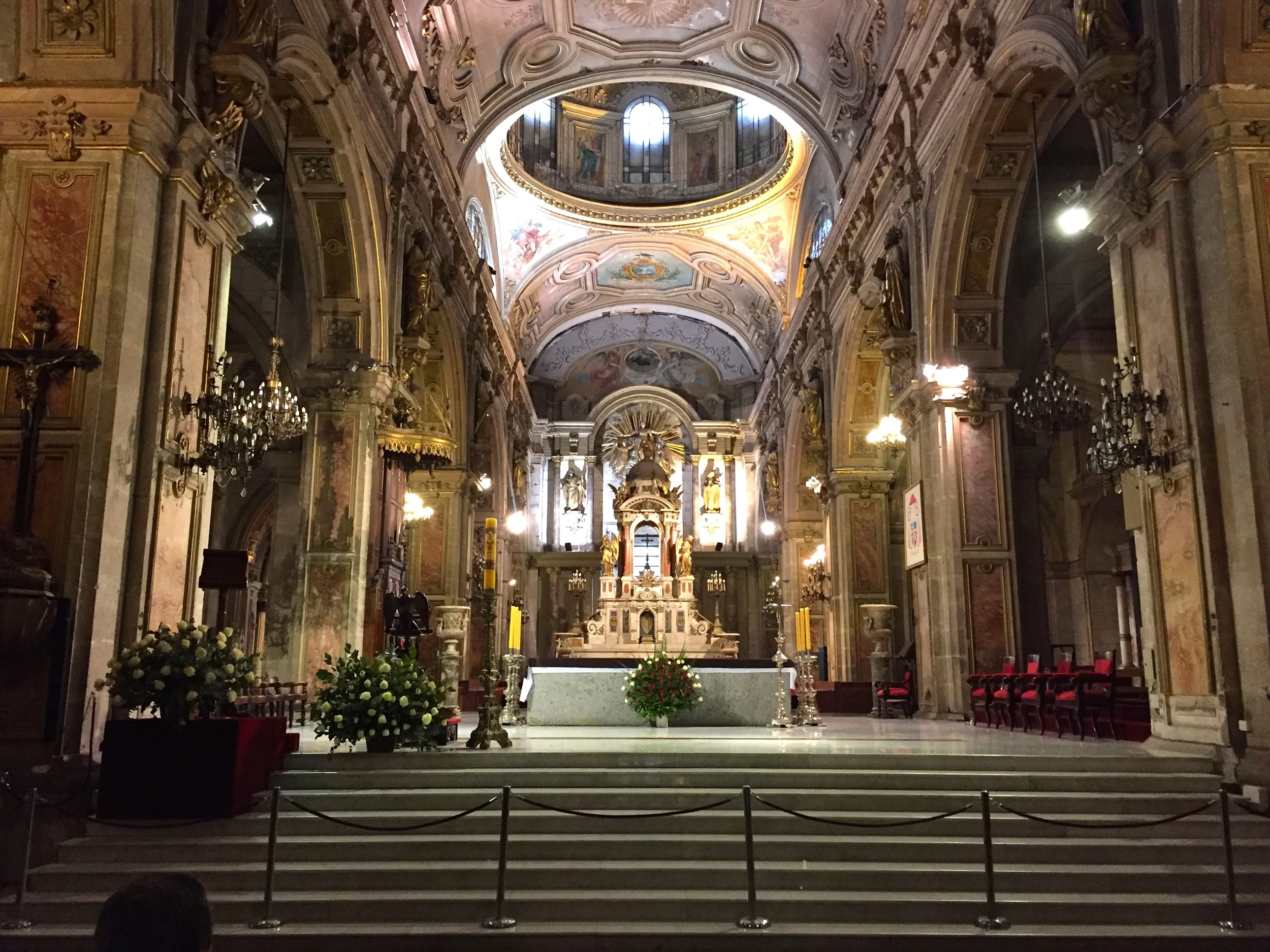
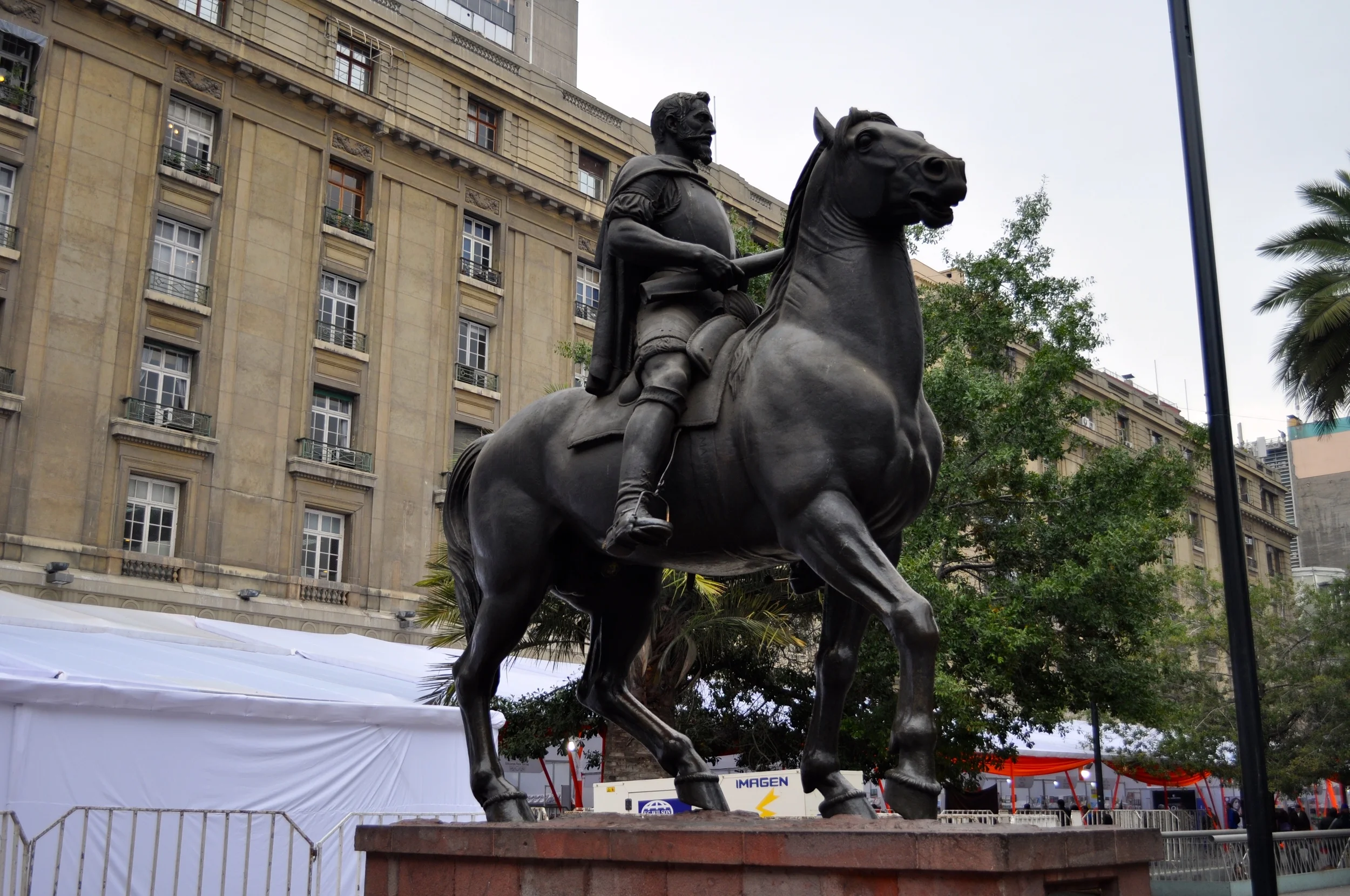


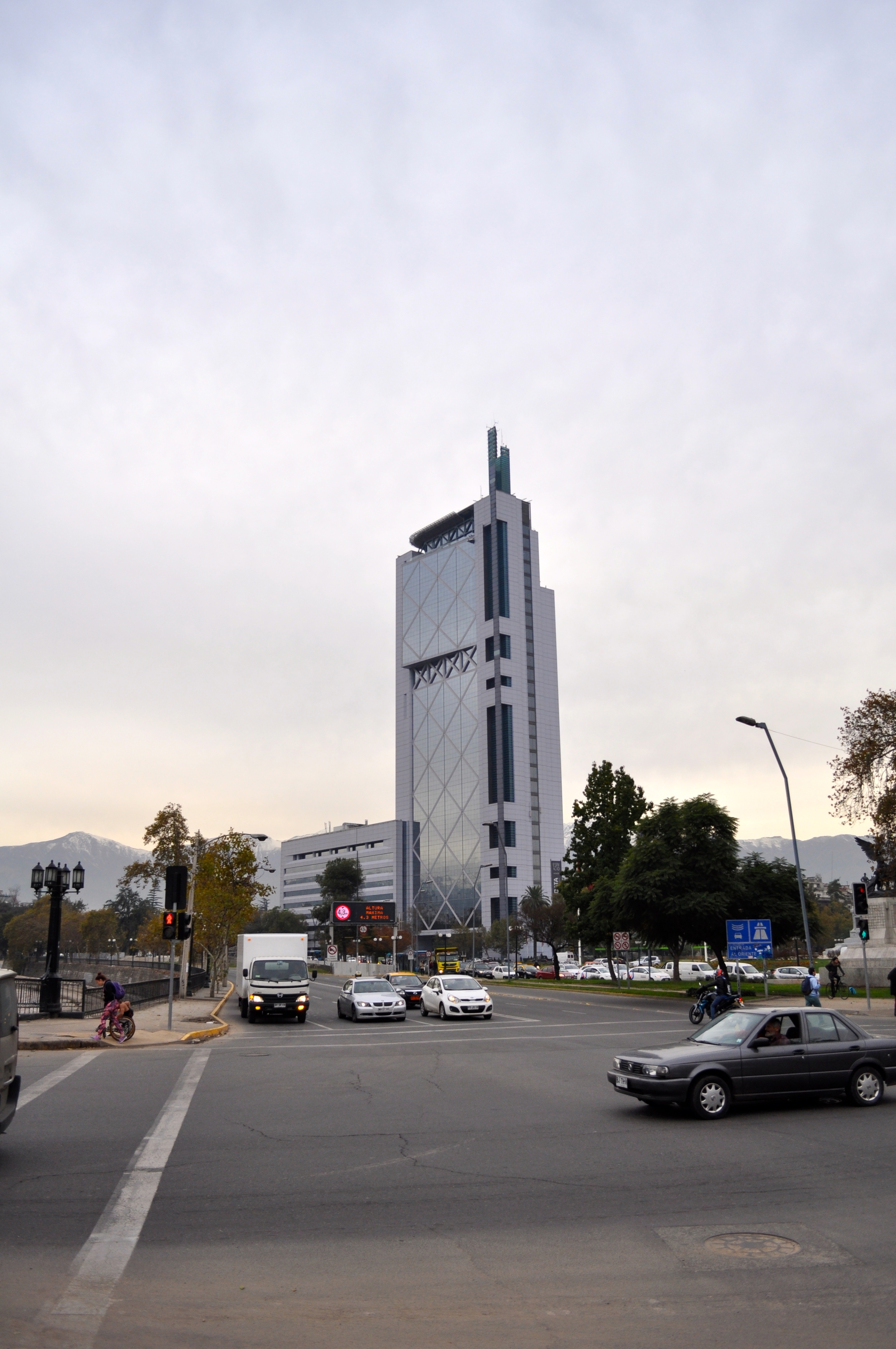
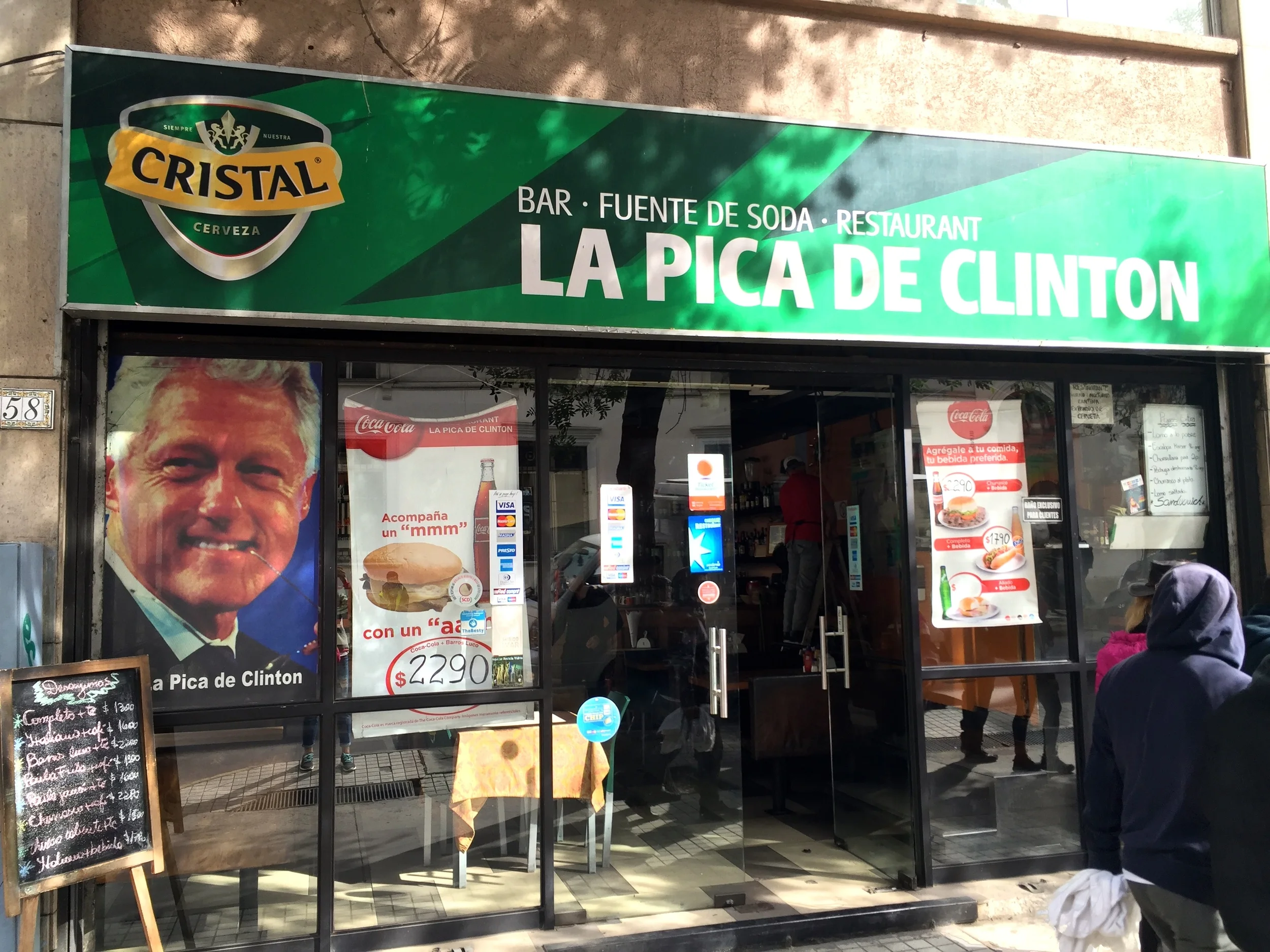

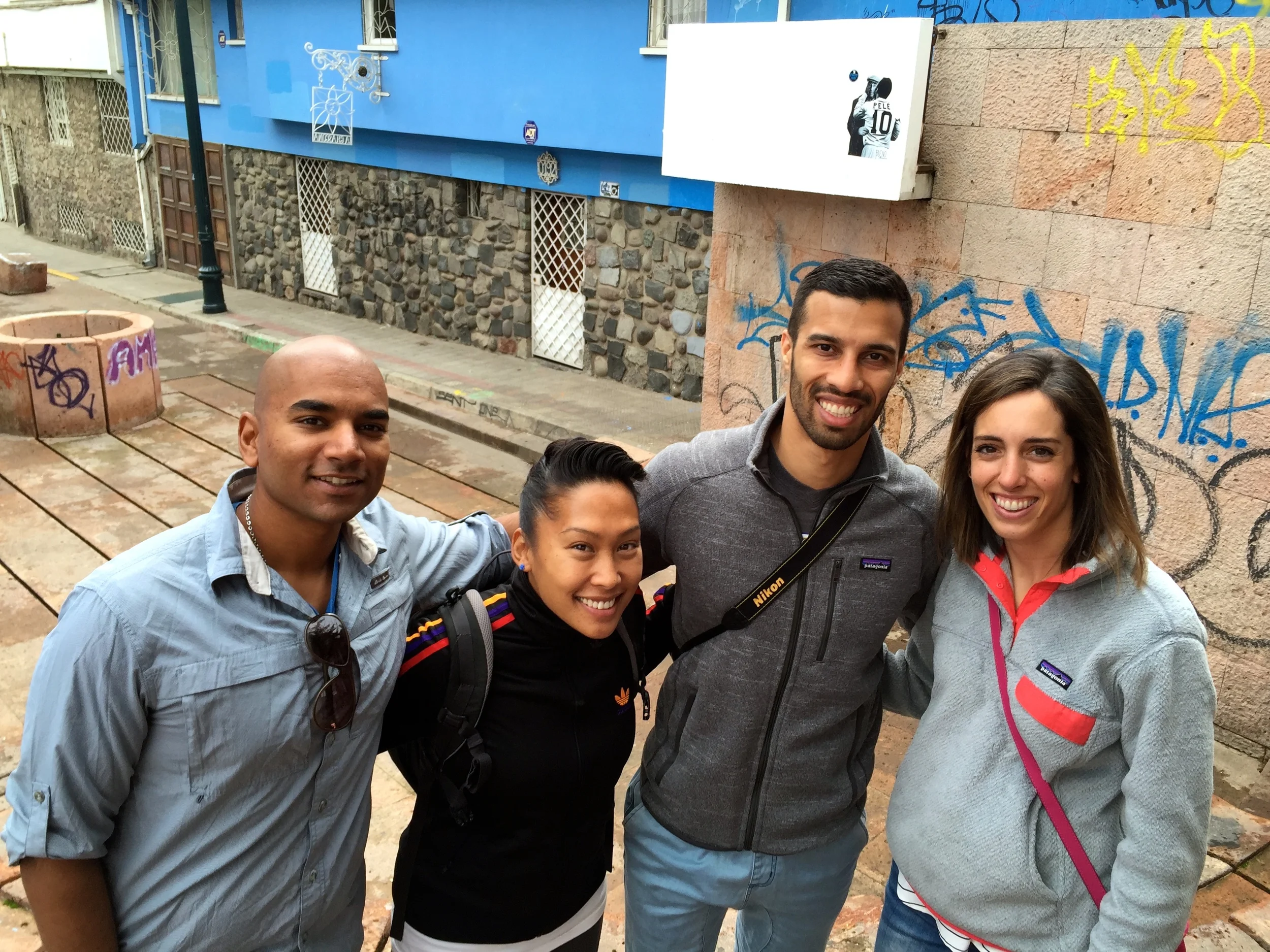
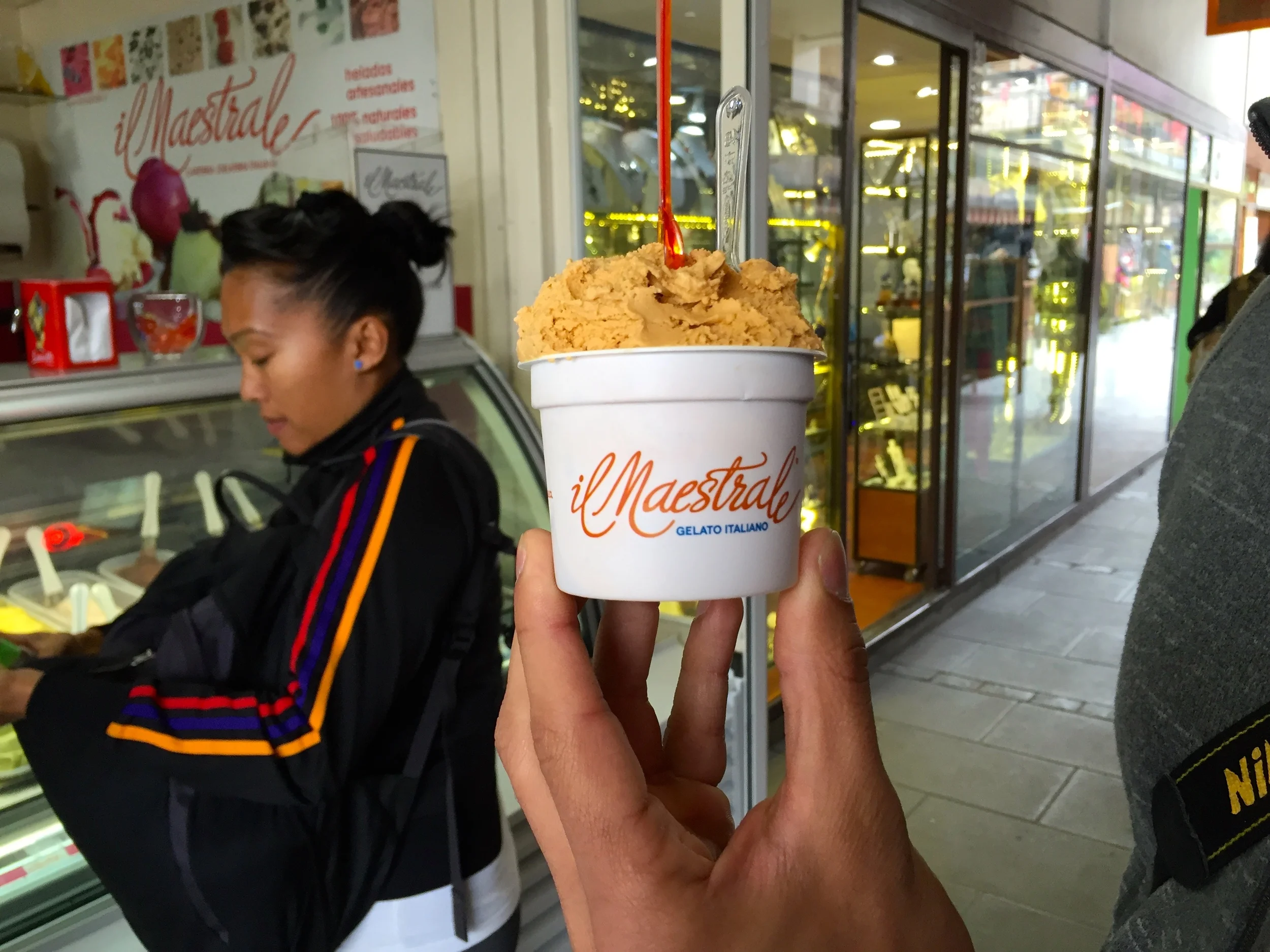

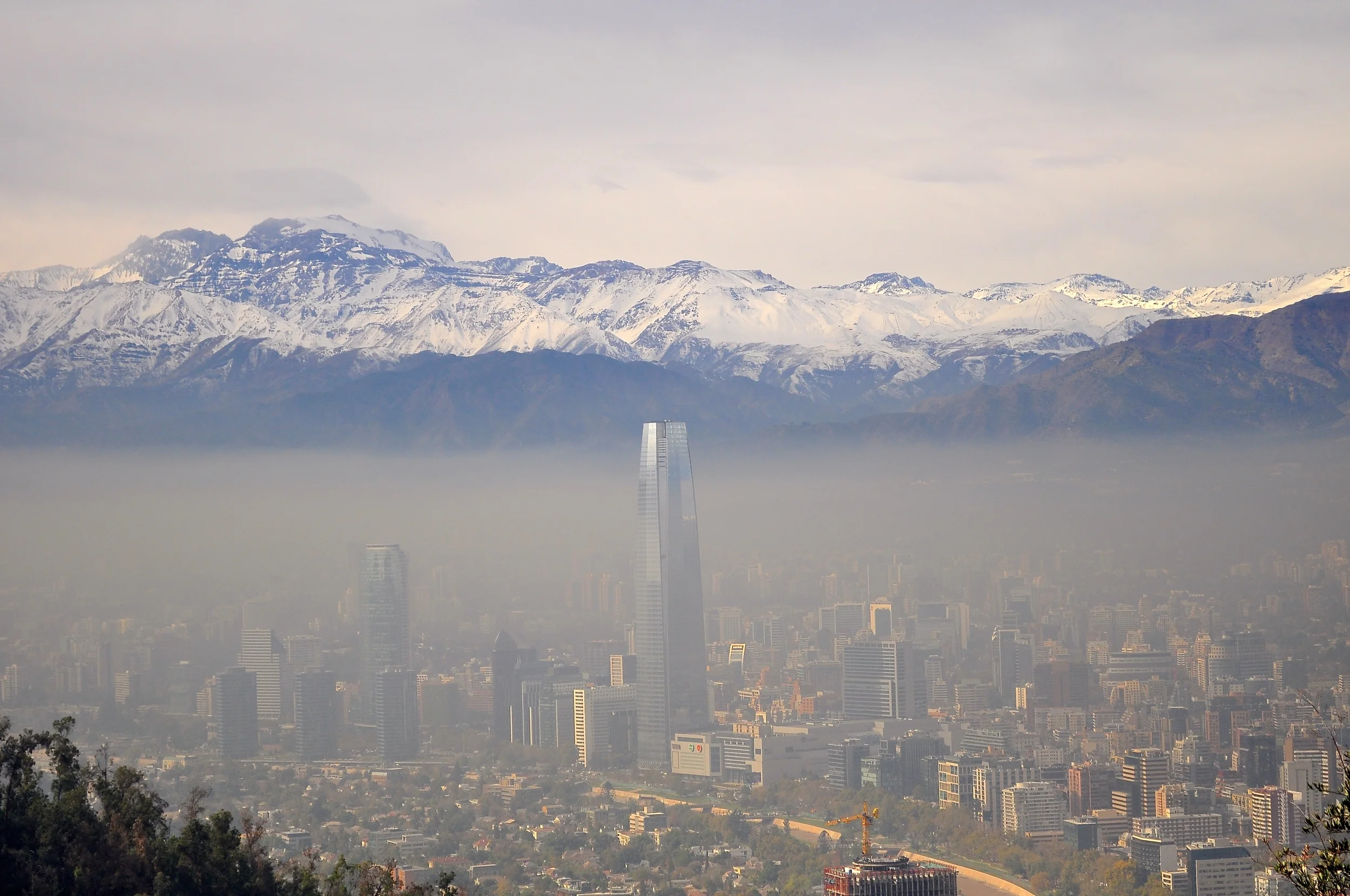
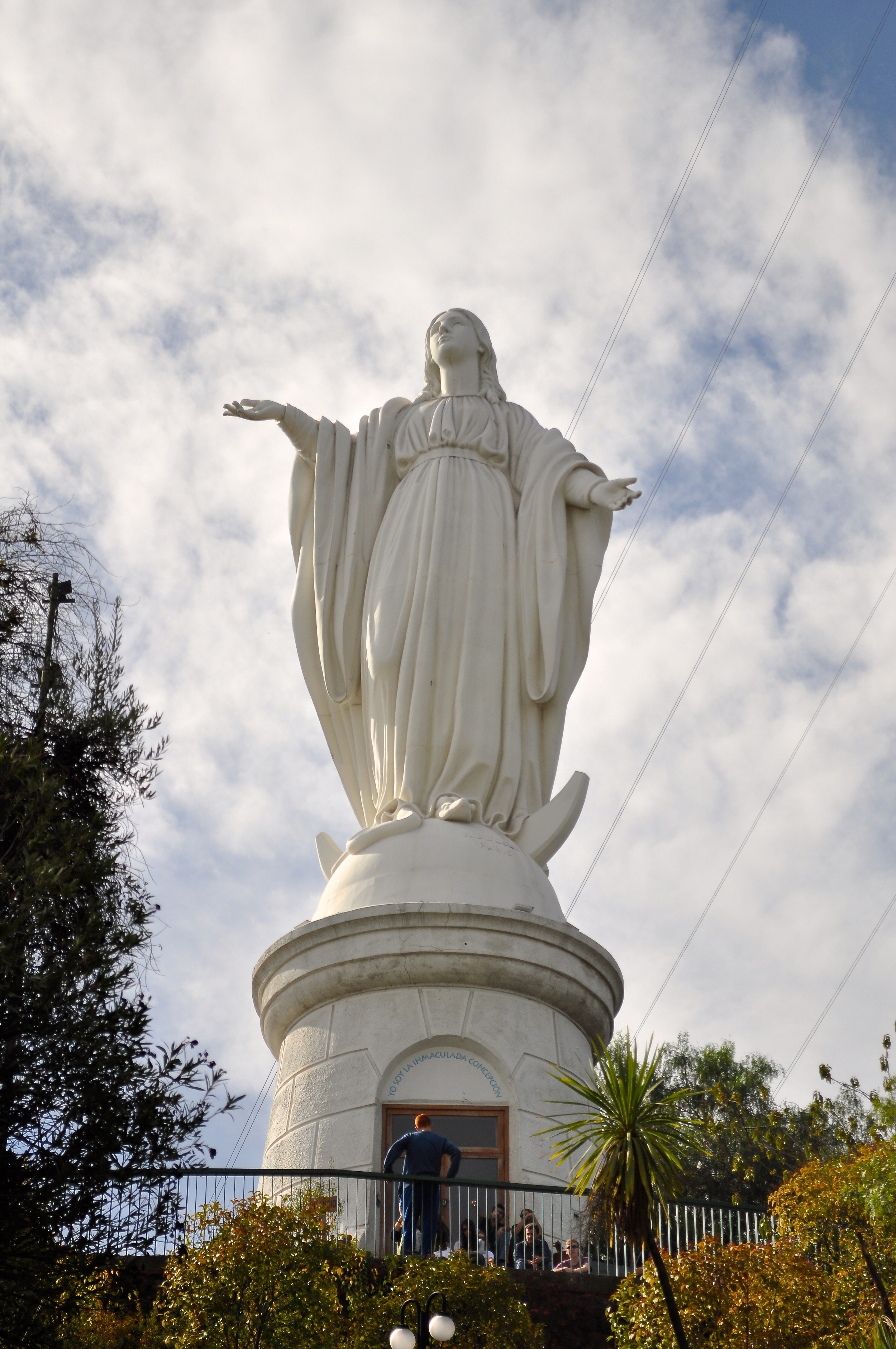
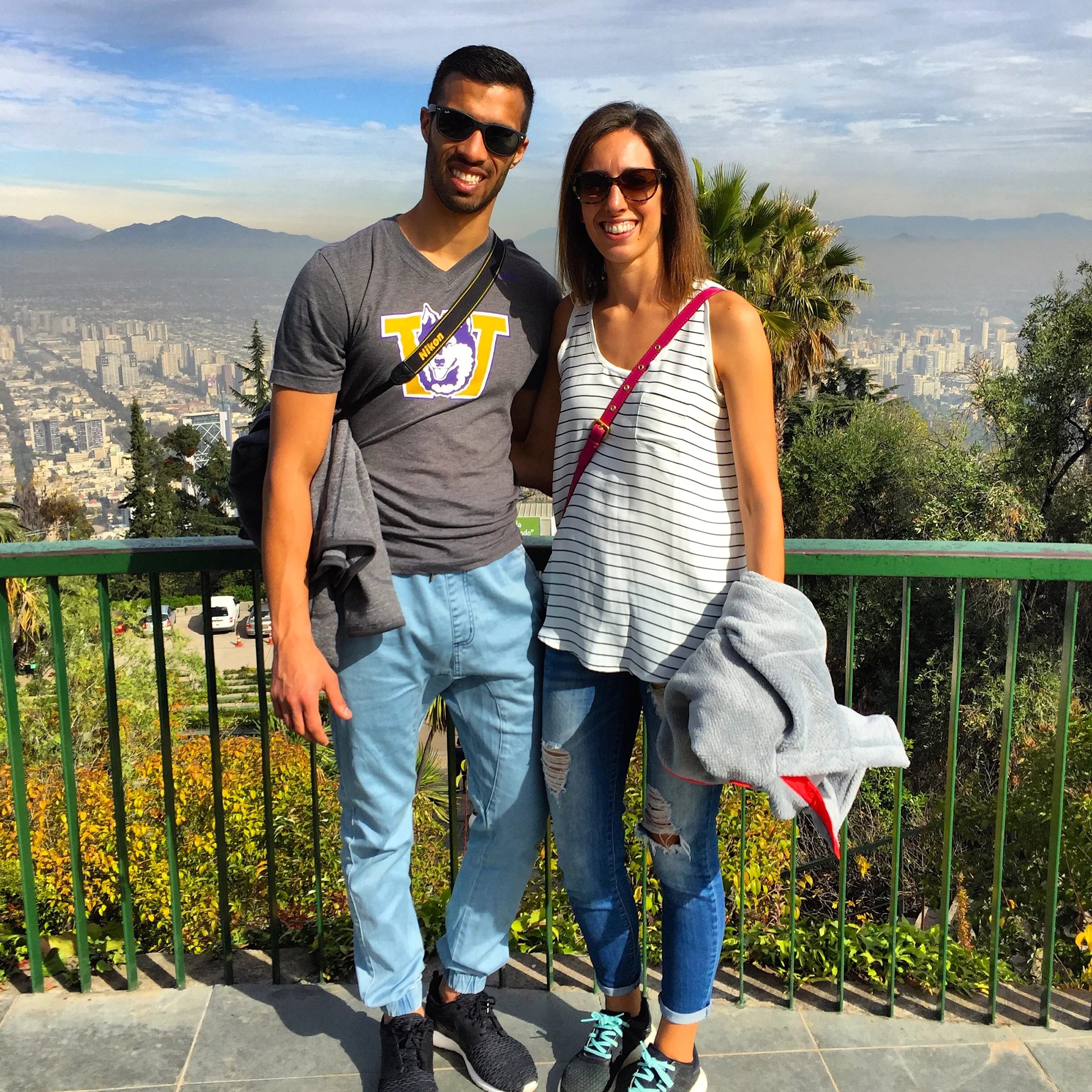
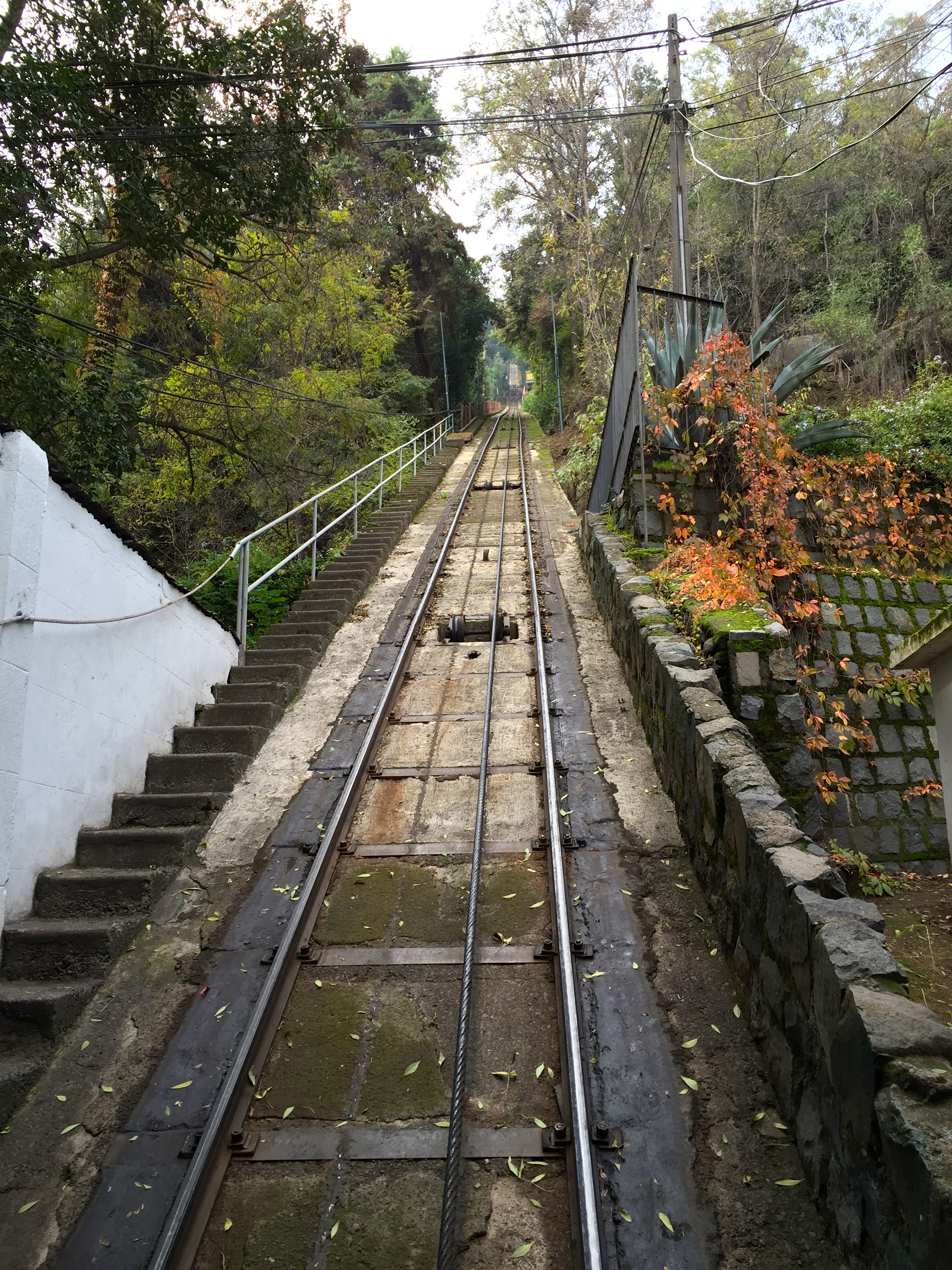


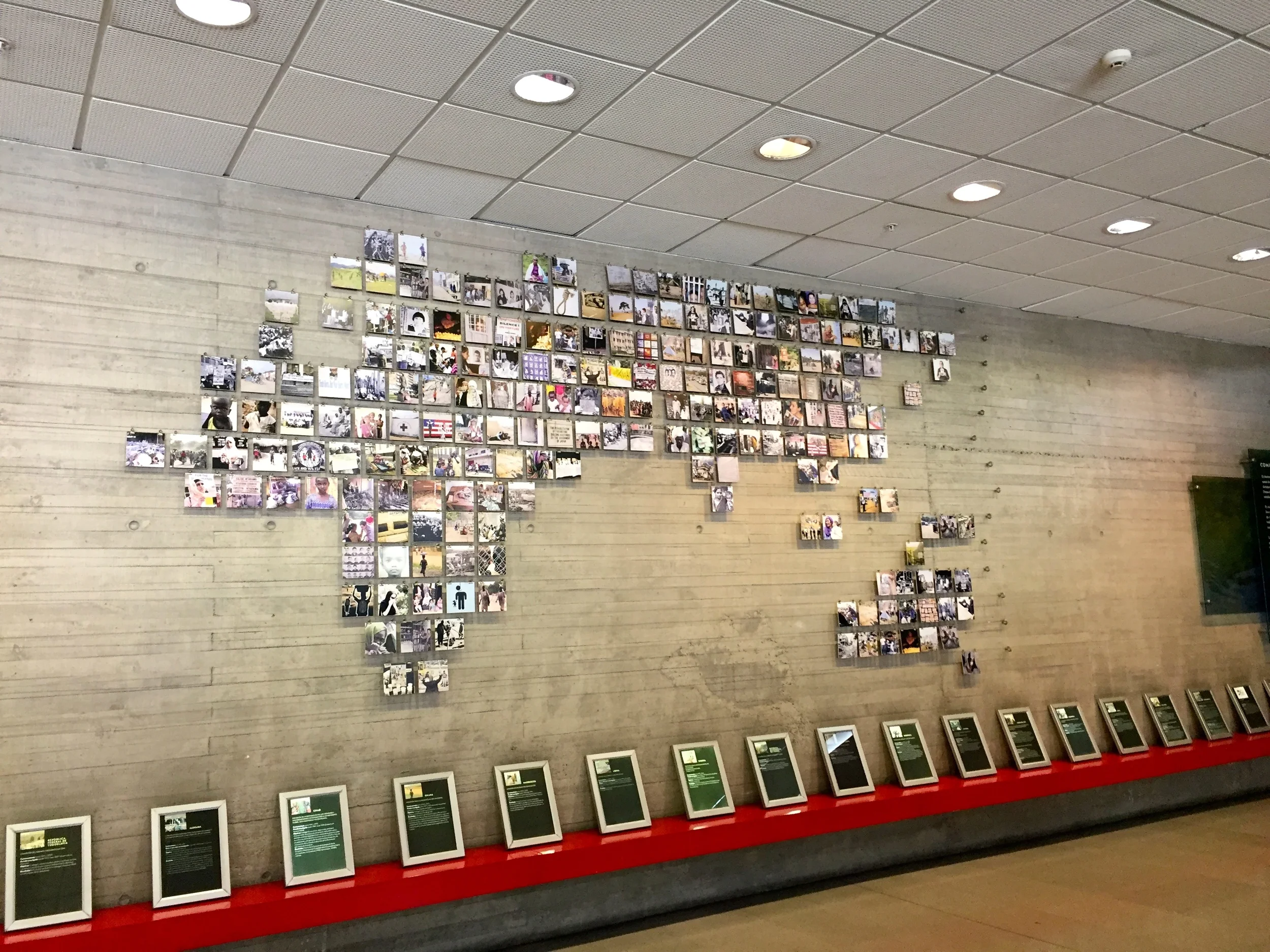
Before our trip, Allen did some research on highly rated restaurants in each of the cities we would be visiting. We were also watching the Netflix series, Chef’s Table, so he was inspired when he found Boragó and immediately made a reservation. In 2014 Boragó was #8 on the list of Latin America’s best restaurants and #1 in Chile, so we were pretty excited to try it out. After the museum we went back to freshen up and then decided to make the 40 minute walk to the restaurant to make sure we had a full appetite when we arrived. After enjoying a blackberry sour with a dollop of mascarpone on top, we chose to do the 16 course endemic tasting menu (with 9 small entrees and 7 tapas/snacks) which was paired with 7 different wines from Chile.
Here is a list of all the dishes (photos to follow in the same order) with our best descriptions of what we actually ate. Yes, we know they sound ridiculous, but everything was amazing! :
1. Chilenito (cracker, carrot and berry filling with a flour based puff on top)
2. Cuchufli of the sea (oysters served in ice tubes)
3. Chochoca and sea urchin (potato and flour pancake with sea urchin and other small veggies)
4. Chupe of Piñones from Araucania (wild mushroom, sage, and pine nut stew)
5. Pebre of toasted flour and marraqueta (toasted flour Chilean bread)
6. Crudo of deer and maqui from Patagonia (deer and berry dipping sauce with tomatoes, onions, and spices)
7. Jibia, coconuts of Chilean Palma (giant quid with a squid ink tubular cracker and wild flowers)
8. Food of the rocks from Punta de Tralca (combination dish that starts with ingredients from the coast and progresses to ingredients from further inland)
9. Pulmay of rock (soup with three rocks where one rock is covered in a meat glaze, one in another glaze, and one was covered in a thick layer of a black bean paste)
10. Palometa, beach plants, and garum (palometa fish filet with garum sauce and a variant of asparagus)
11. Lamb from Patagonia and leaf of vine (Patagonian lamb and literally leaves and maqui berries stuck together using a sweet glaze)
12. Rose of the year cuchufli (rose petals and sweet glaze rolled into bite size cylinders)
13. Salad of Rica Rica (Rica Rica salad with mint leaves and geranium)
14. Three milks: donkey, goat, and cow (berries sprinkled over thee different milks with a red wine and fruit reduction and a sweet glaze covering the twigs)
15. Bread ice cream and green Pebre (ice cream in an empanada with spicy green salsa and strawberry shrub)
16. Frio glacial (frozen macaron top and filling)

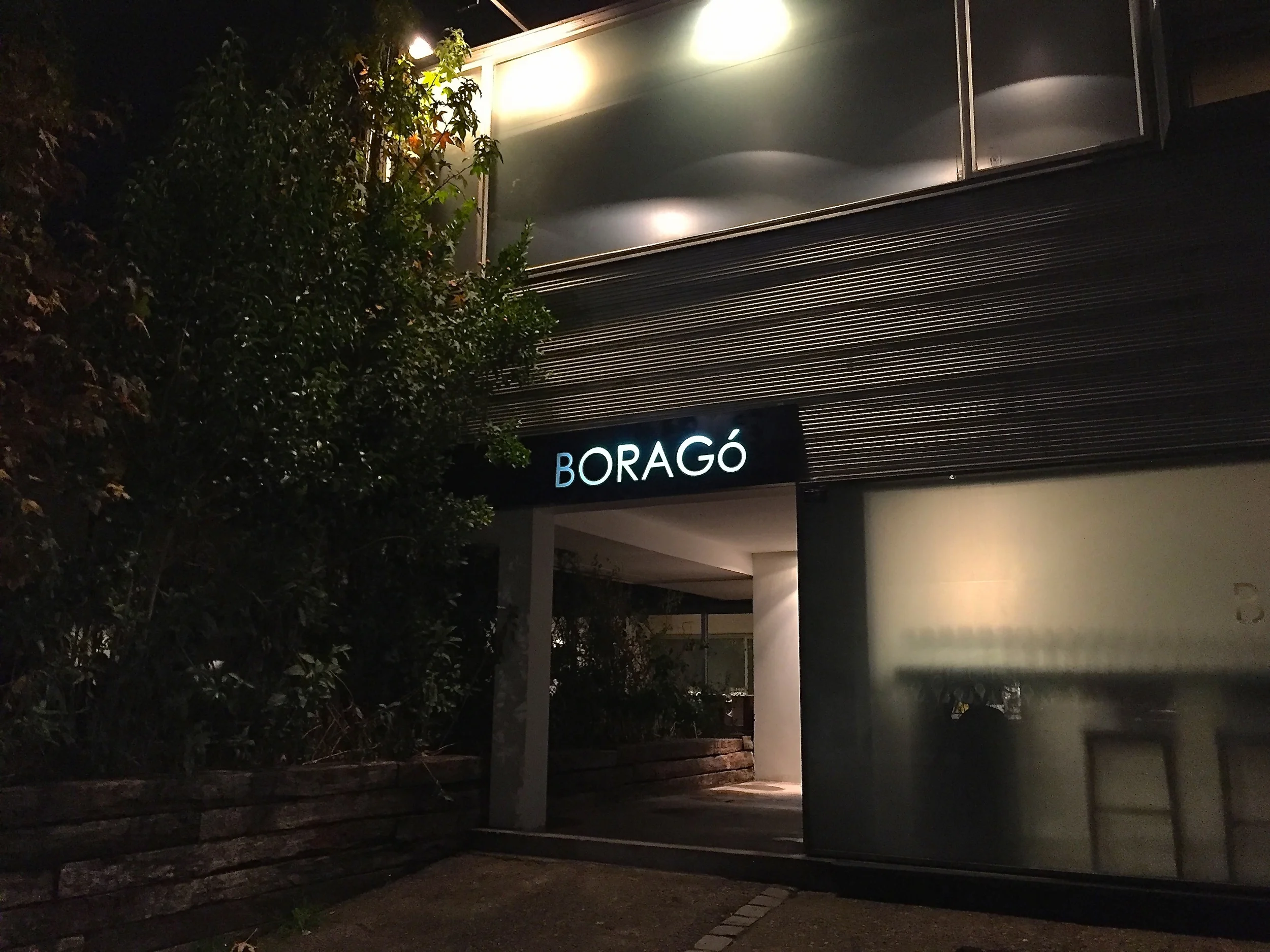

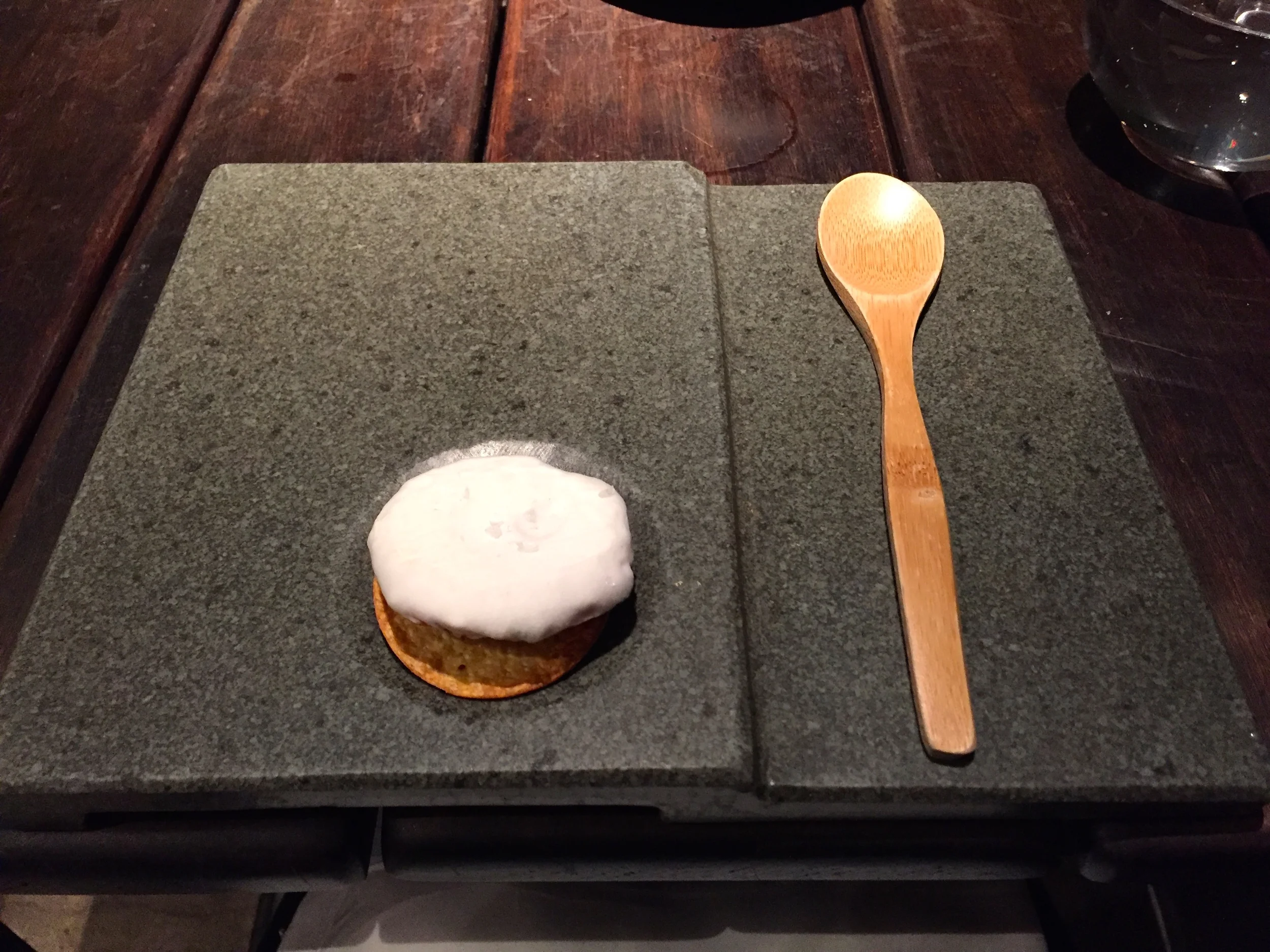
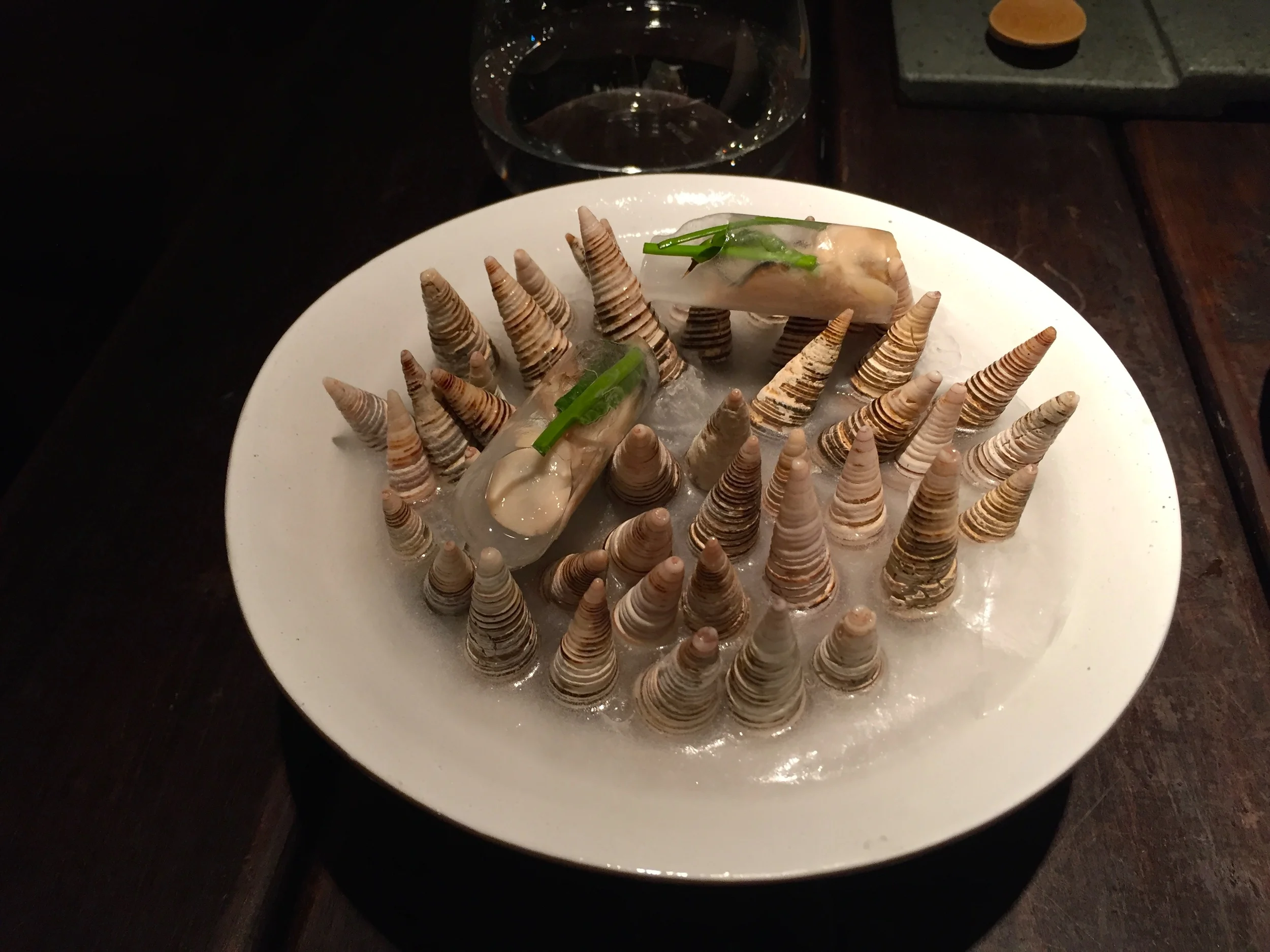
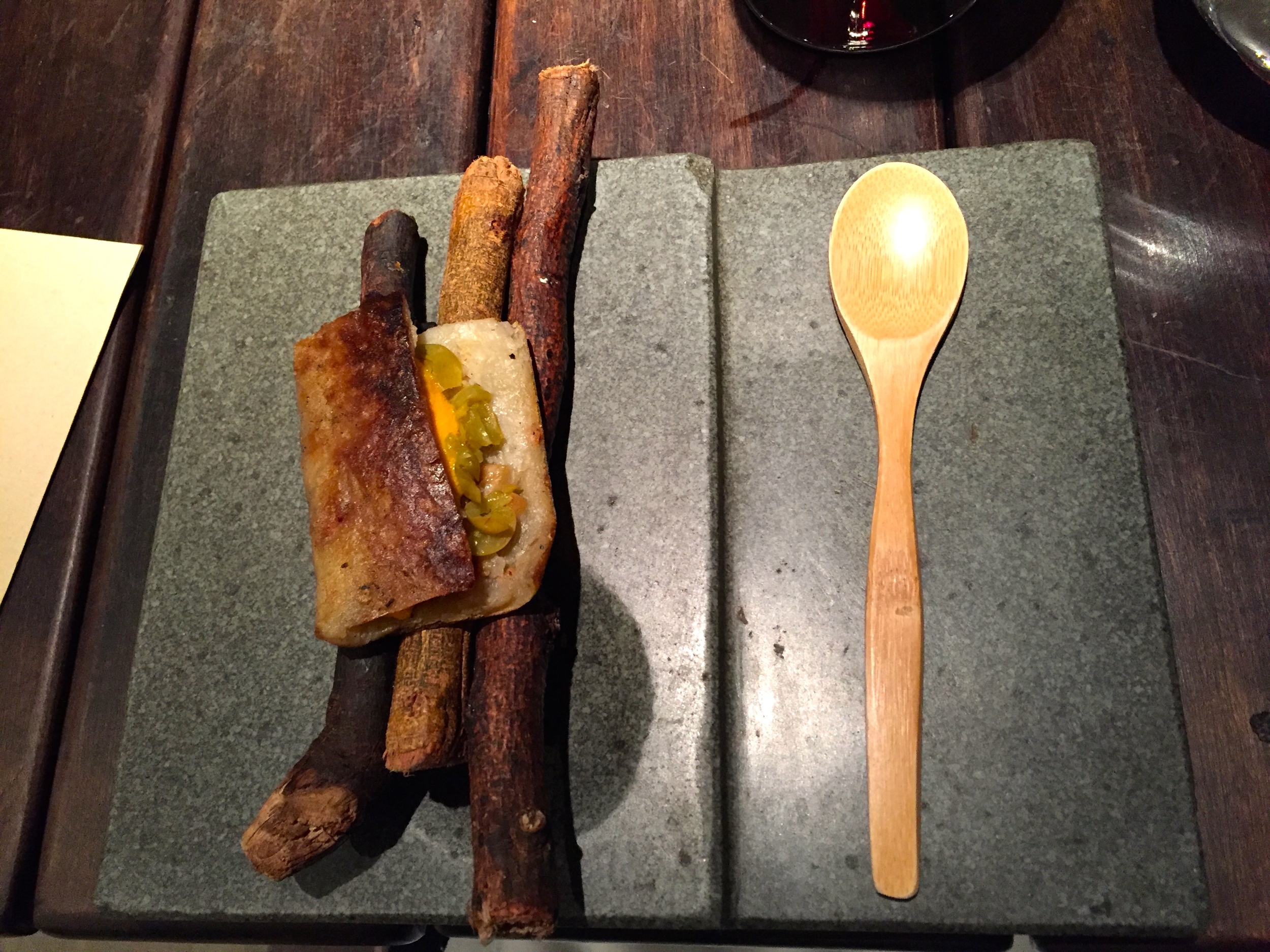



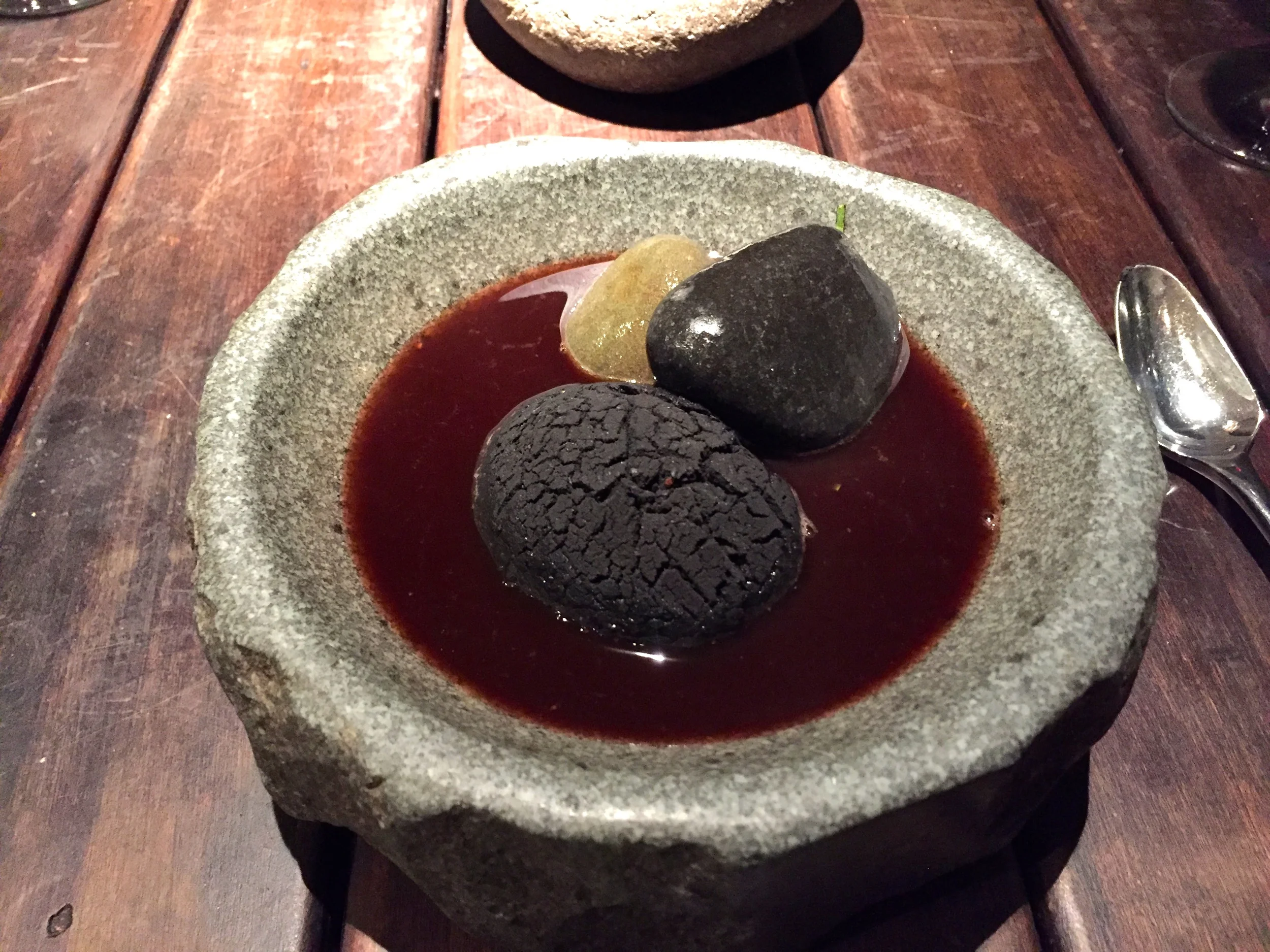


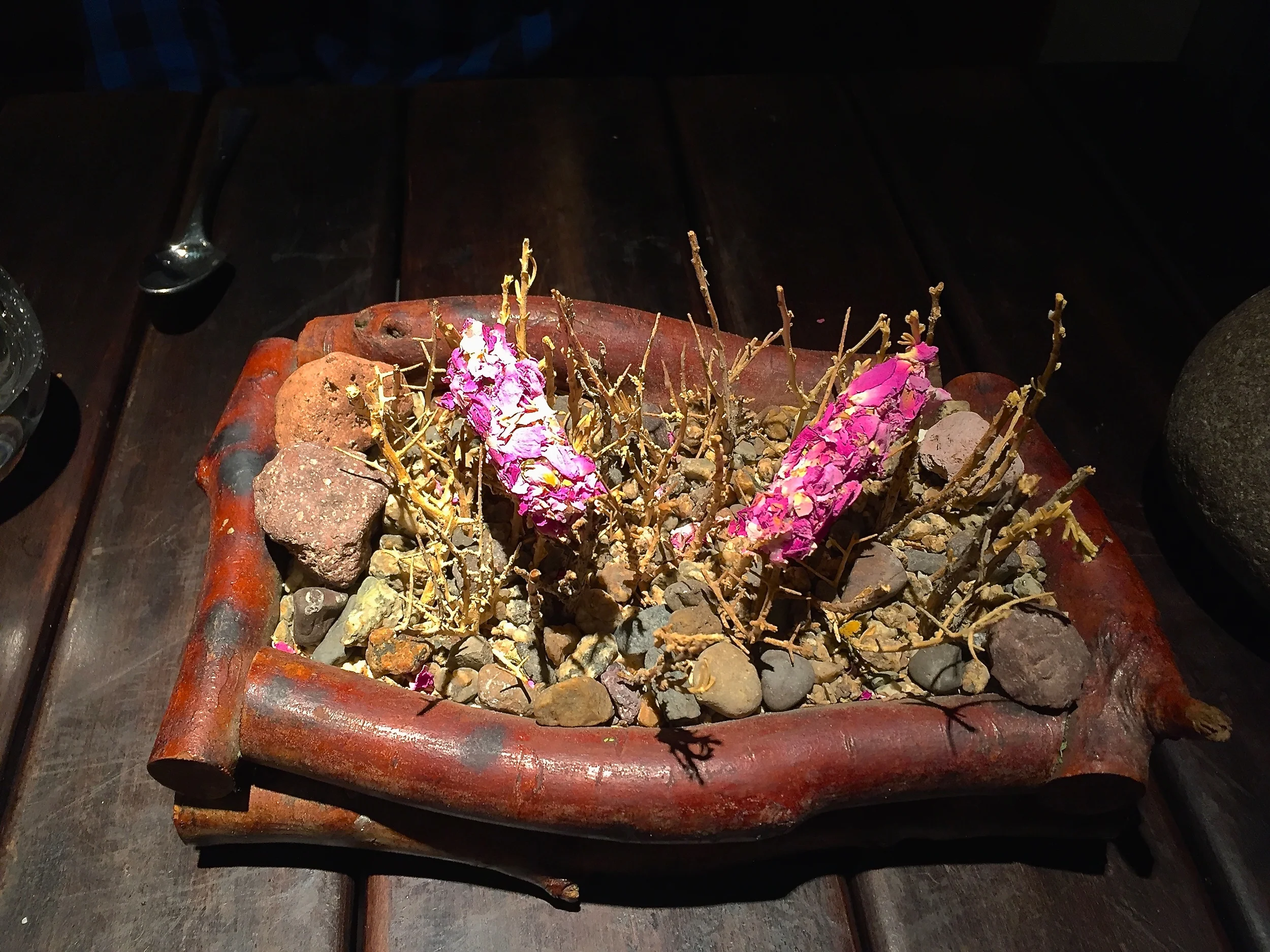
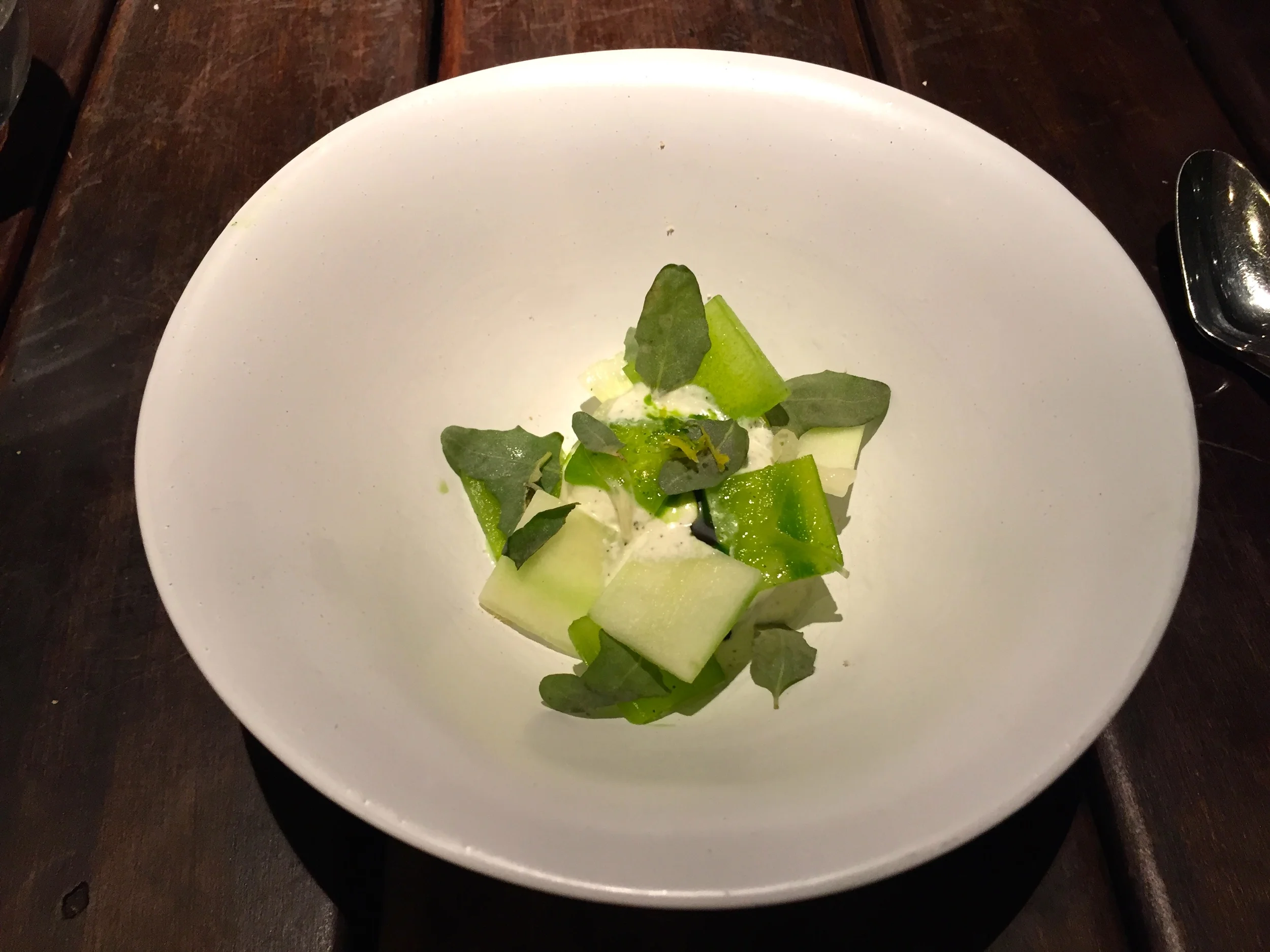



The next day we had an excursion out to the Colchagua Valley to do some wine tasting. For 2.5 hours, our driver drove like he was trying to set the record for fastest time from Santiago to Colchagua. When we finally arrived, we were definitely ready for some wine. Our first stop was Montes Alpha, which is a completely carbon neutral winery. We were amazed by the gorgeous fall colors throughout the vineyard. Montes Alpha produces their wine using some unique practices including dry farming, manual harvesting of the grapes, and gravity assisted techniques rather than machinery and pumps. We learned about the type of grapes they grow in the Colchagua Valley compared to their other vineyards in the Casablanca Valley. For most of the tour we thought the guide was talking about Cabernet, but we later found out that she was actually talking about Carménère, which was a wine we were unfamiliar with. Today almost all of the world’s Carménère grapes are grown in Chile after the Phylloxera plague destroyed nearly all the vineyards in Europe in the 1800s.
The founders were especially spiritual so the entire facility was designed with principles of feng shui. They incorporated prime elements (water, metal, and wood) into the design and built a fountain at the center of the winery that lies directly underneath a skylight, representing the sun and the moon; the point from which energy is distributed connecting the building to the outside universe. After a great tour of the vineyard, production facility, and barrel room, we sat down for a testing in a beautiful room with large windows facing the gorgeous landscape. We enjoyed just about everything we tried and were glad to discover that their wine can be found at Costco and Total Wine!
After our first tasting, we stopped for lunch at Casa Colchagua. Due to it being low season, we were the only people in the restaurant. We were expecting pretty ordinary food since no one else was eating there. The food turned out to be incredibly tasty and well presented, however the portion sizes were unreal! We later learned that in Chile the largest meal of the day is lunch and that dinner is more of a light snack, which made a lot of sense based on our experience thus far. We enjoyed our meal and drank more wine before heading outside to wait for our driver. While relaxing in the sun outside the restaurant, Allen met a cute, four-legged friend named Rambo, and the bond was instantaneous. Chile has a large dog population and while most are technically strays, the communities work together to care for them. They all have adequate food, the necessary vaccines and shots, are provided with jackets during the winter, and some parks even have dog houses for them to sleep in. While extremely unique, it was great to see so many happy and well cared for dogs.
Our second and final tasting of the tour was at Viu Manent. Again, due to the low season we were the only people there so we got a private tour. Our guide, Nadia, taught us all about the history of the winery and its ownership. We walked through the vineyard and observed the different grape varieties and learned about how roses are planted at the end of each row because they are more likely to be attacked by pests. This can also help the winemakers catch a problem before it makes its way to the vines. We then hopped on a horse drawn carriage to tour the grounds and the production facility. At the production facility we got to try wine straight from the stainless steel tank, learned all about concrete egg shaped wine tanks that allow wine to circulate naturally during fermentation, and got some nice photos inside the barrel room. During the tasting we tried a Malbec Rosé, which was very unique and fresh, but our favorite wine from the tasting was of course their San Carlos Malbec. Viu Manent was the first Chilean winery to bottle, label, and market the Malbec variety back in 1993 and they still strive to produce the best Malbecs today. We were delighted to find that they also export their wines to the US, so we will be purchasing some when we get home.
After a long day of wine touring and tasting we both fell asleep on the long drive back to Santiago, waking up just in time to catch a colorful sunset. That night we had dinner at a nearby vegetarian restaurant (El Huerto) that was recommended by our friends at Ecocamp. The food was fresh, delicious, and full of vegetables and was one of our first meals in Chile where we didn’t feel completely stuffed afterwards.
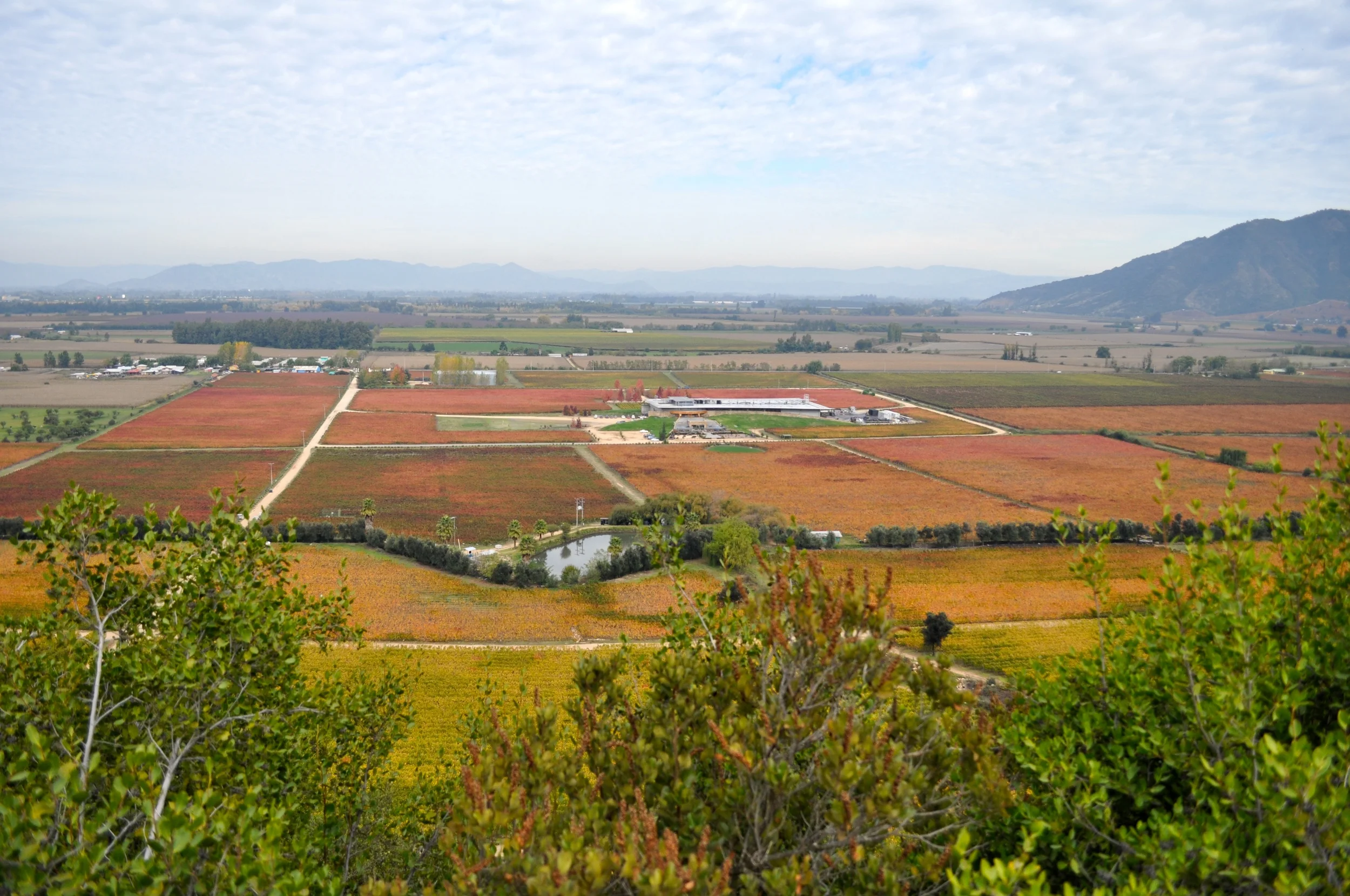
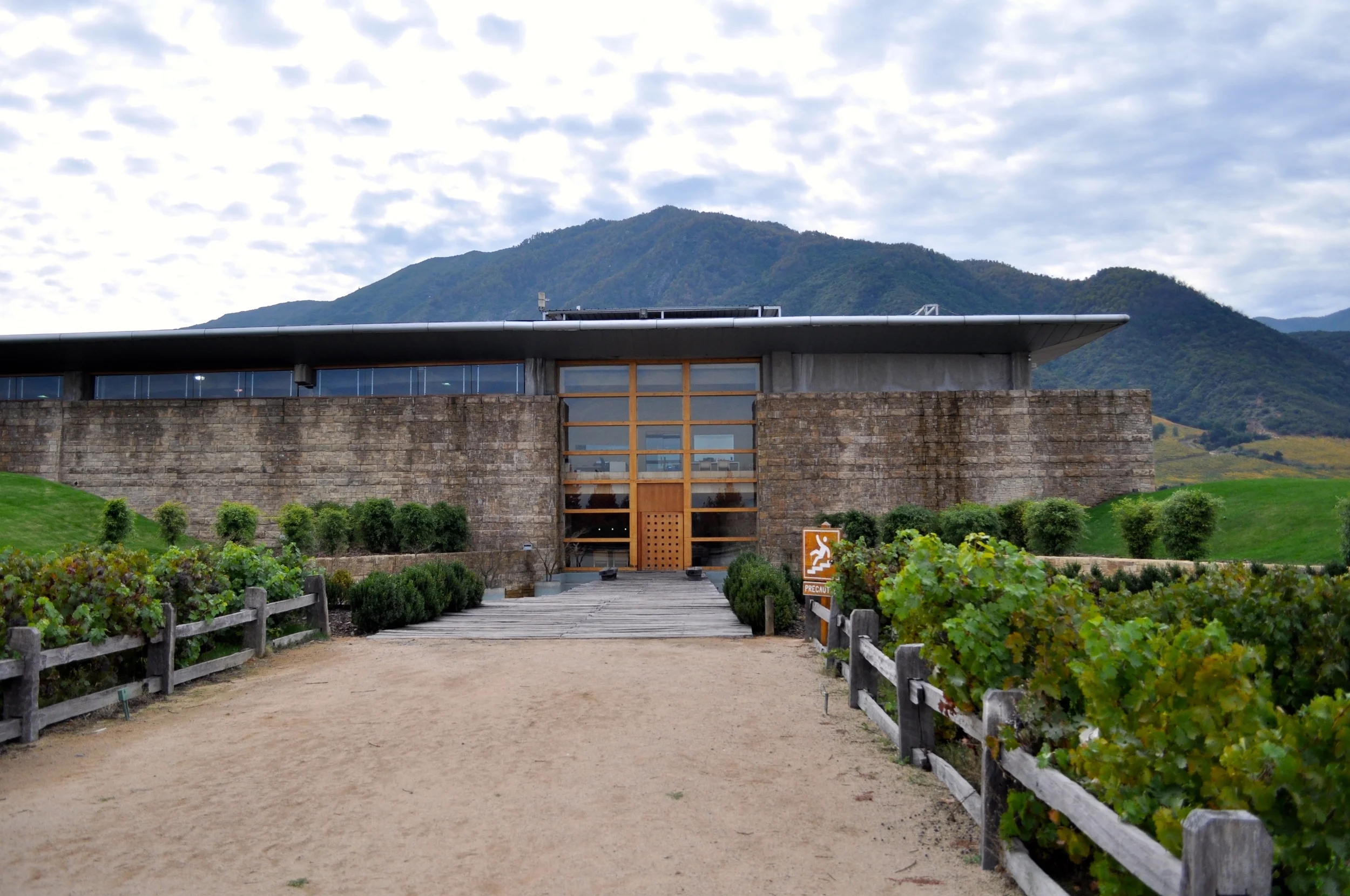
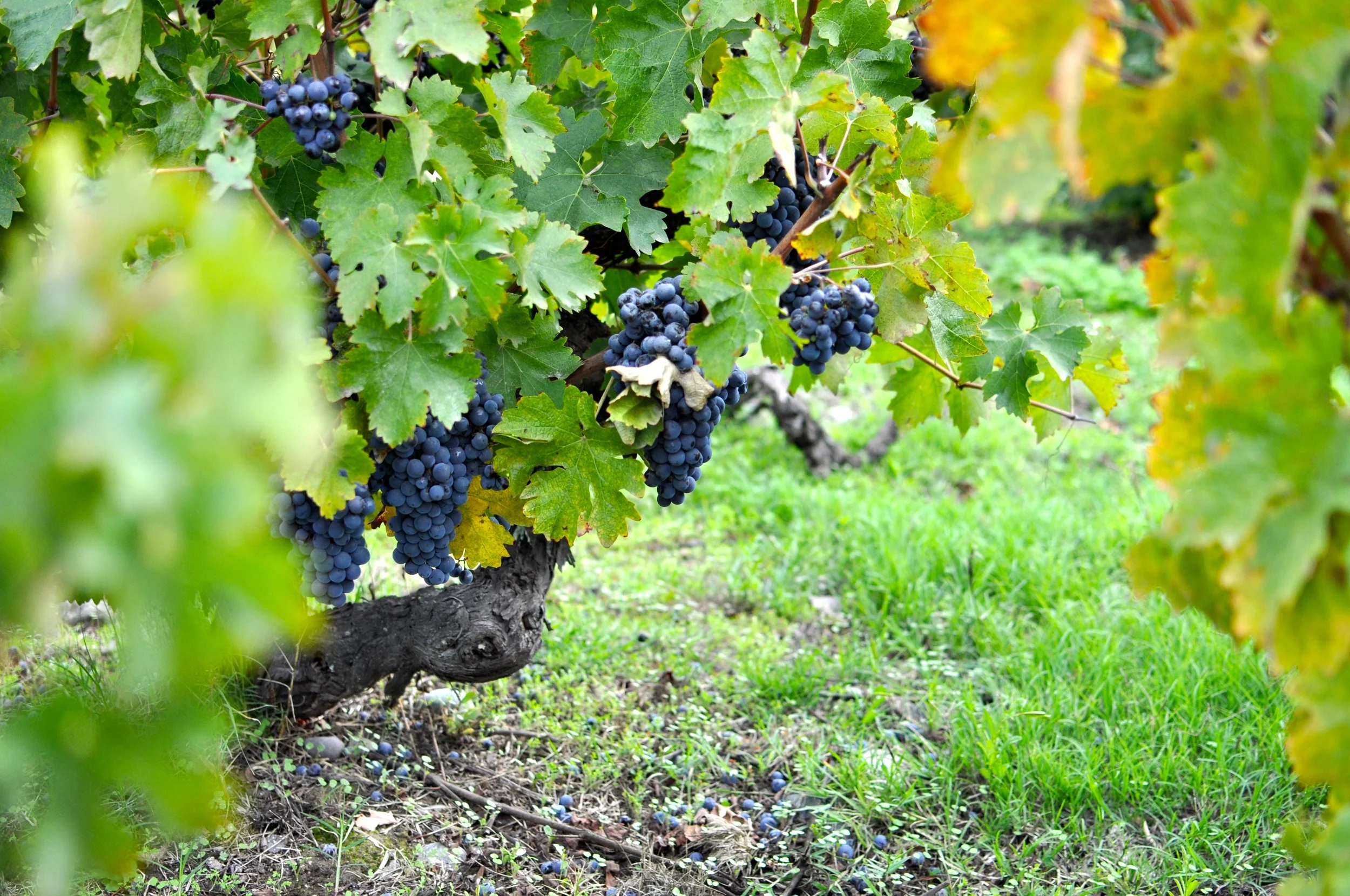
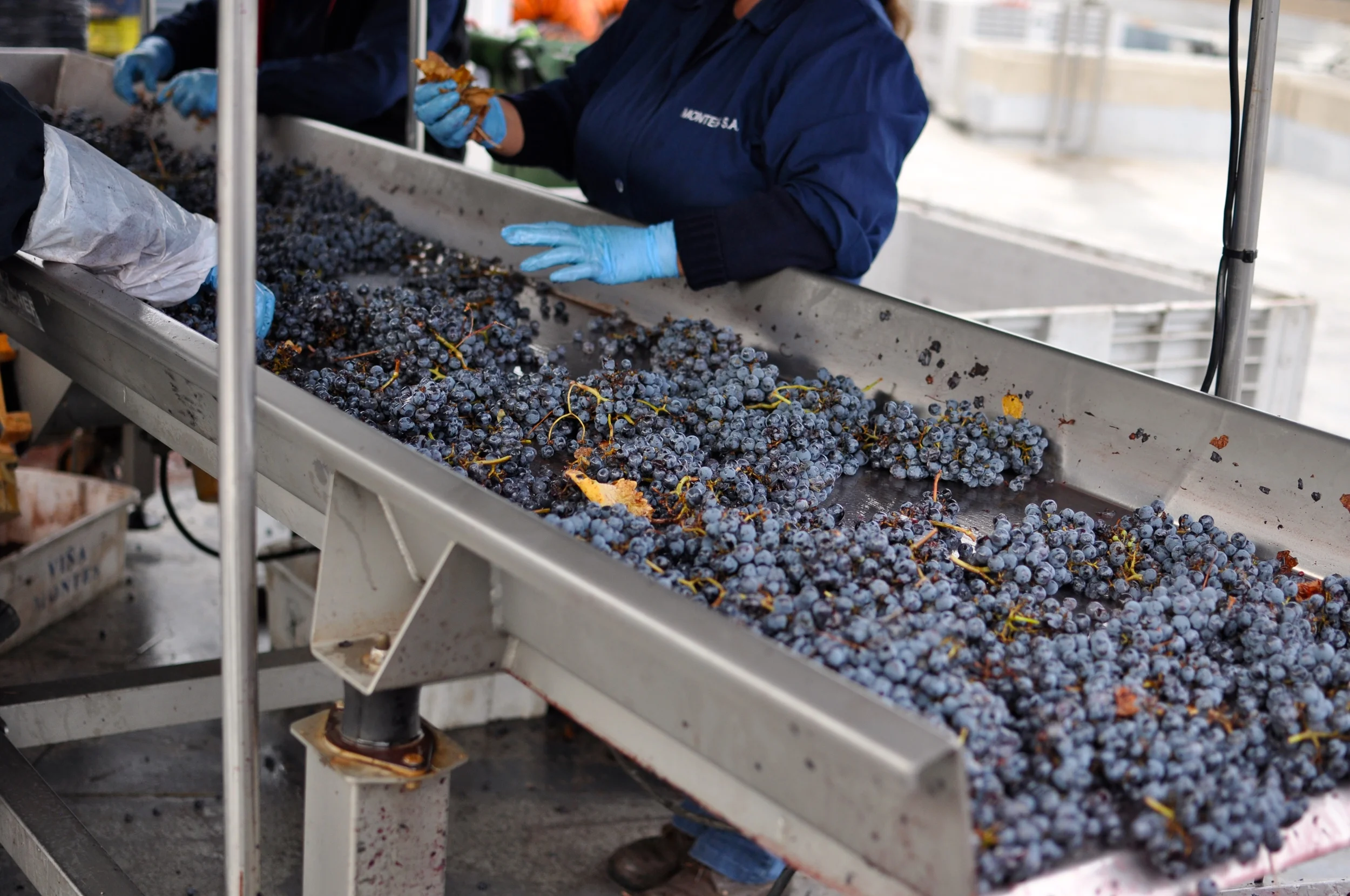
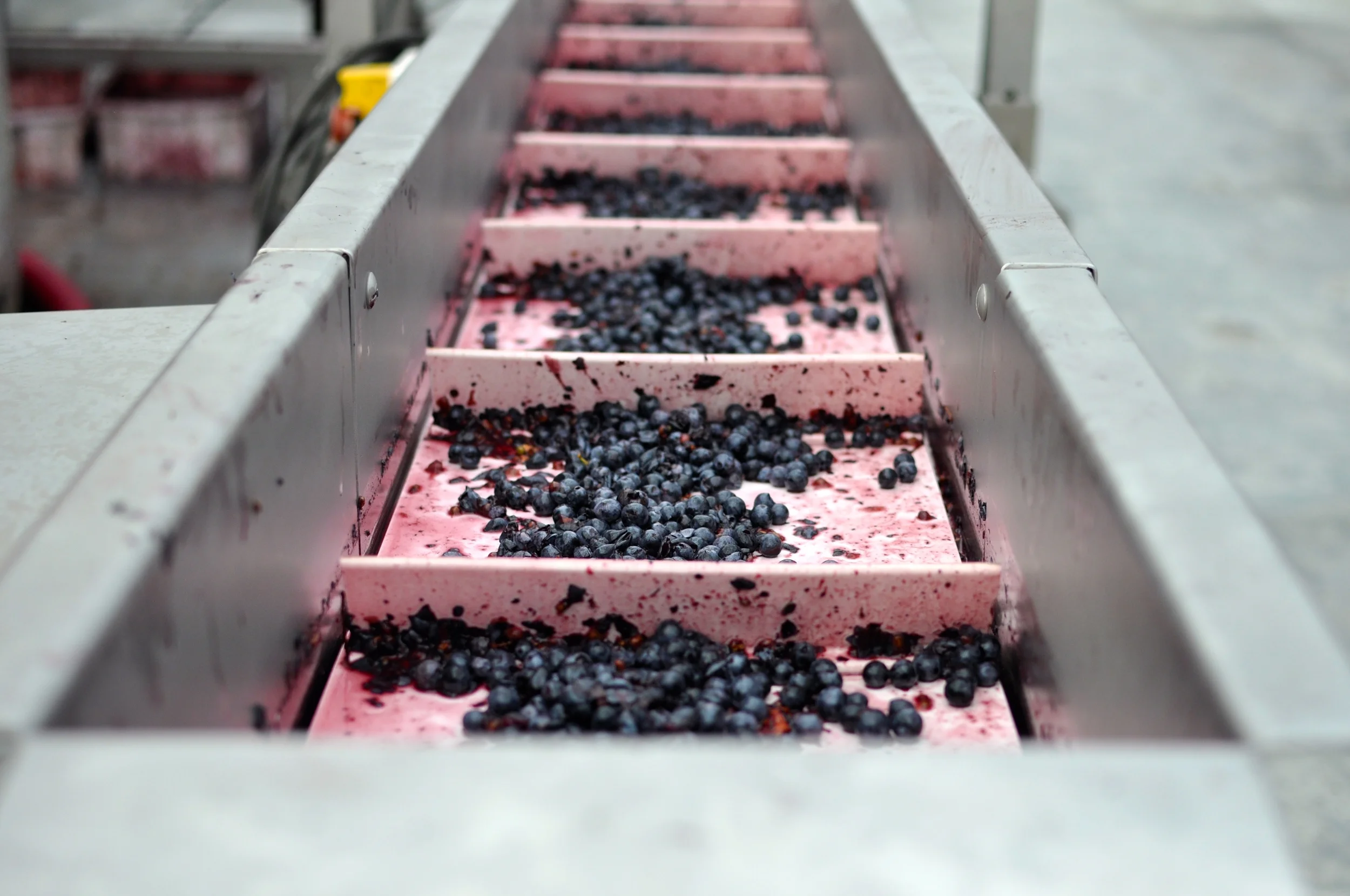

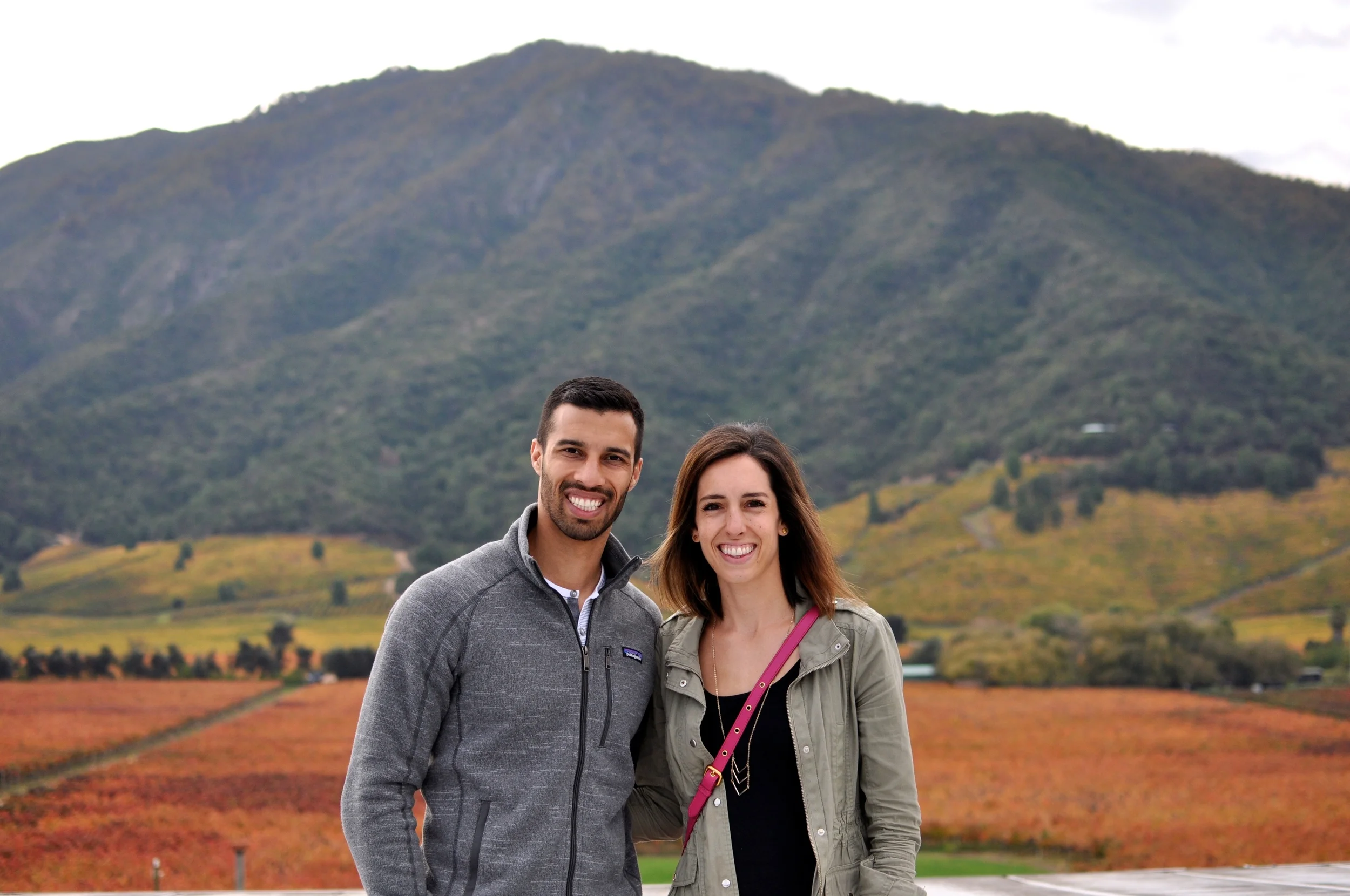
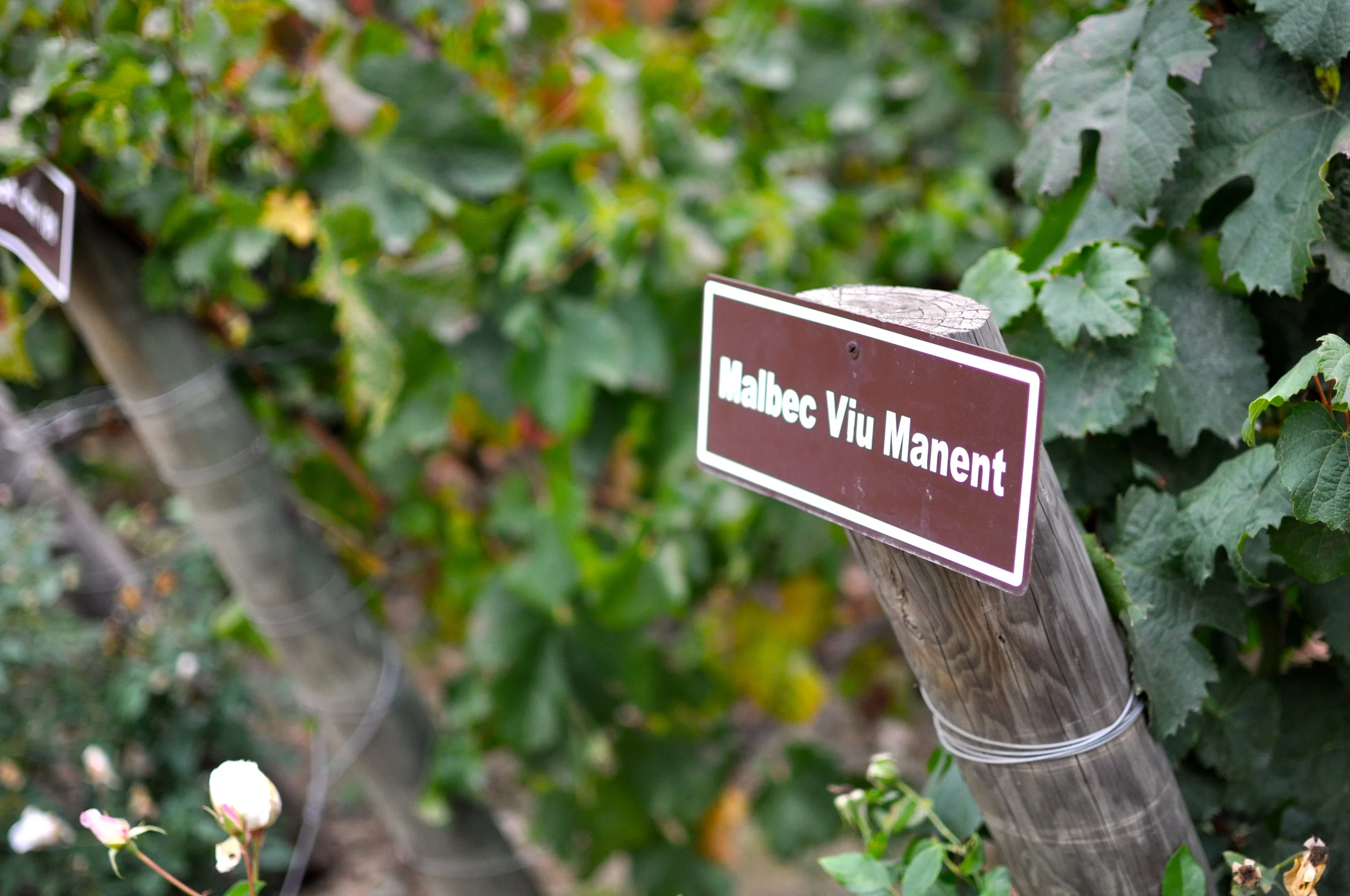
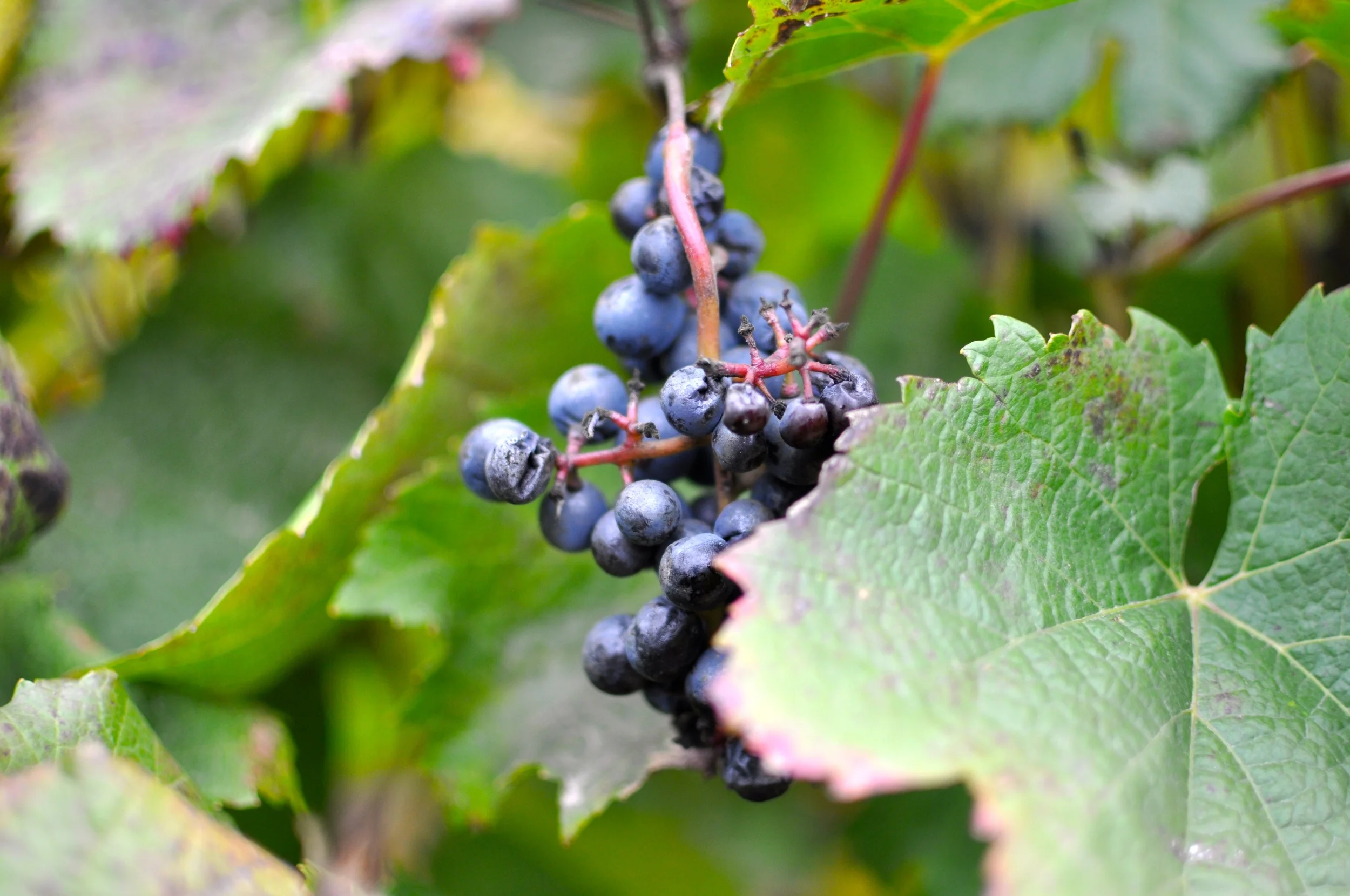
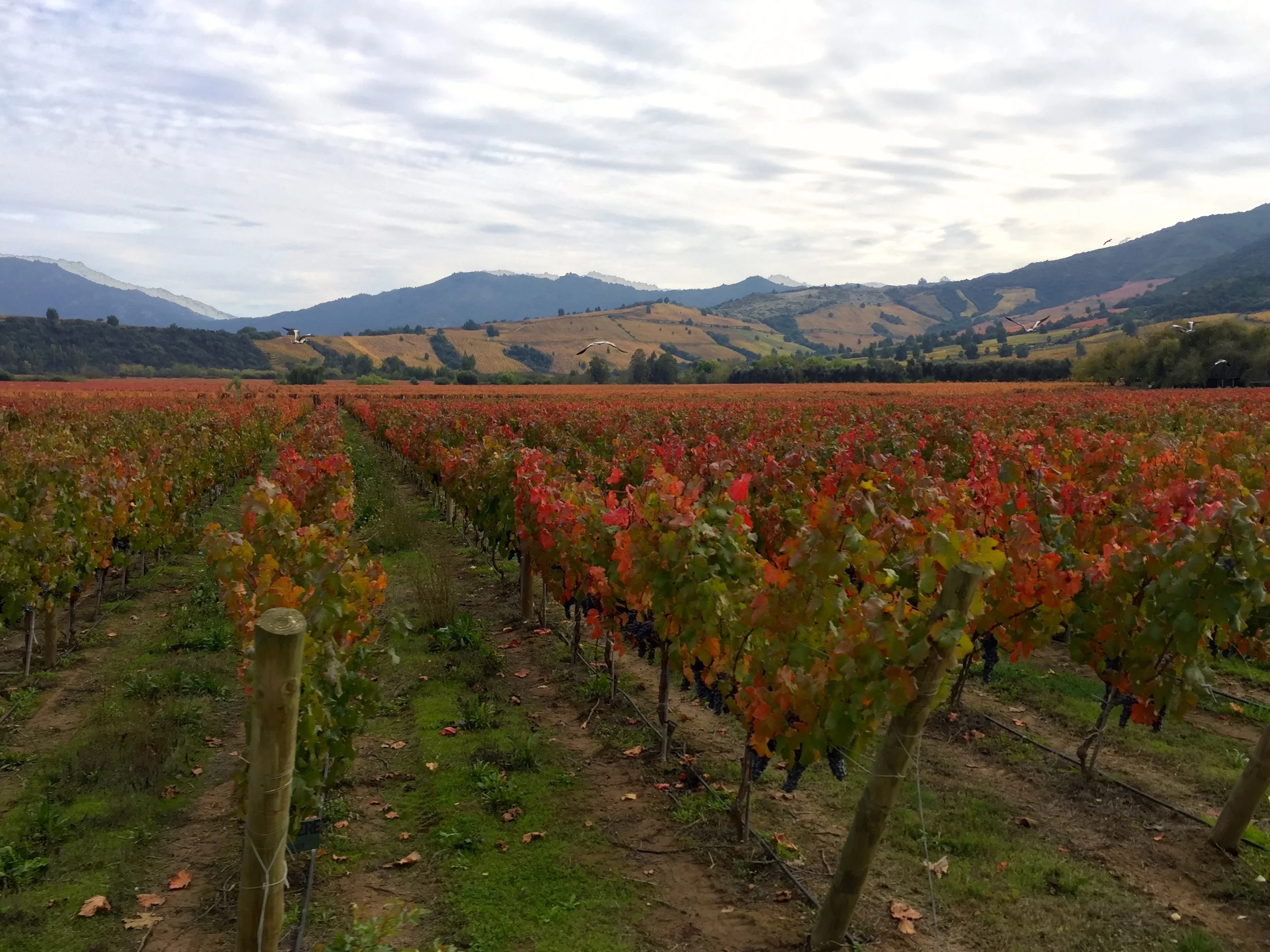
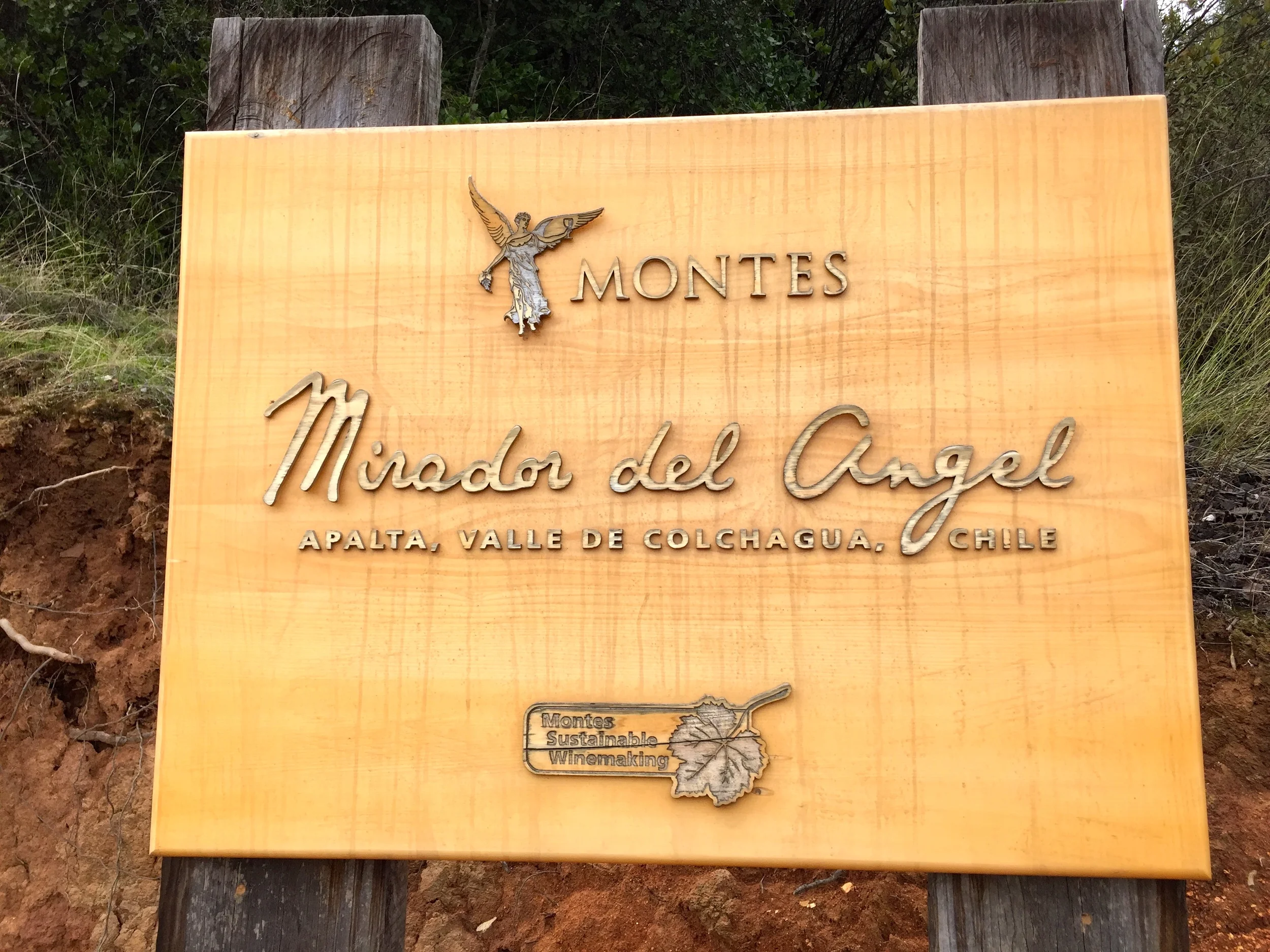
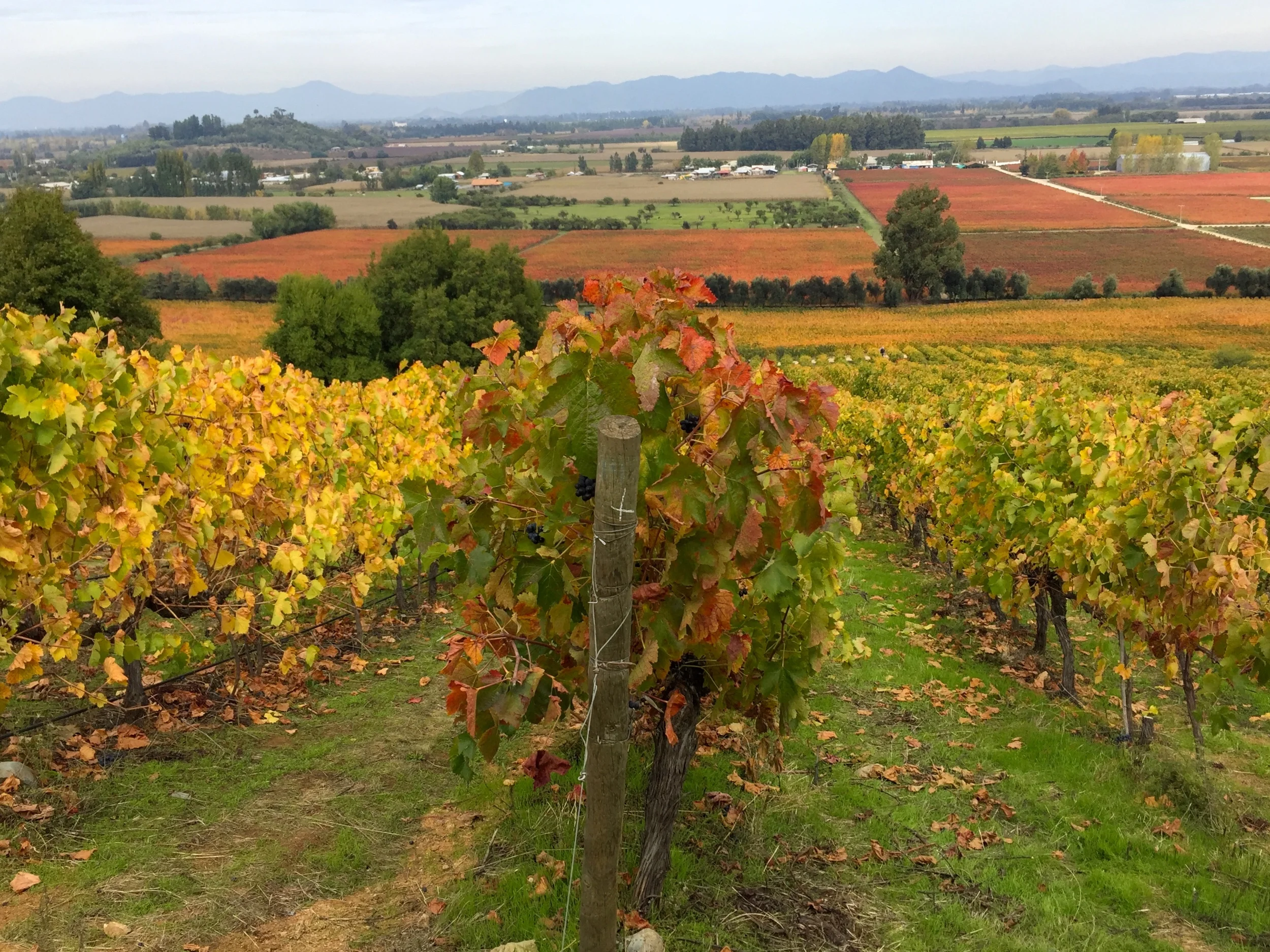

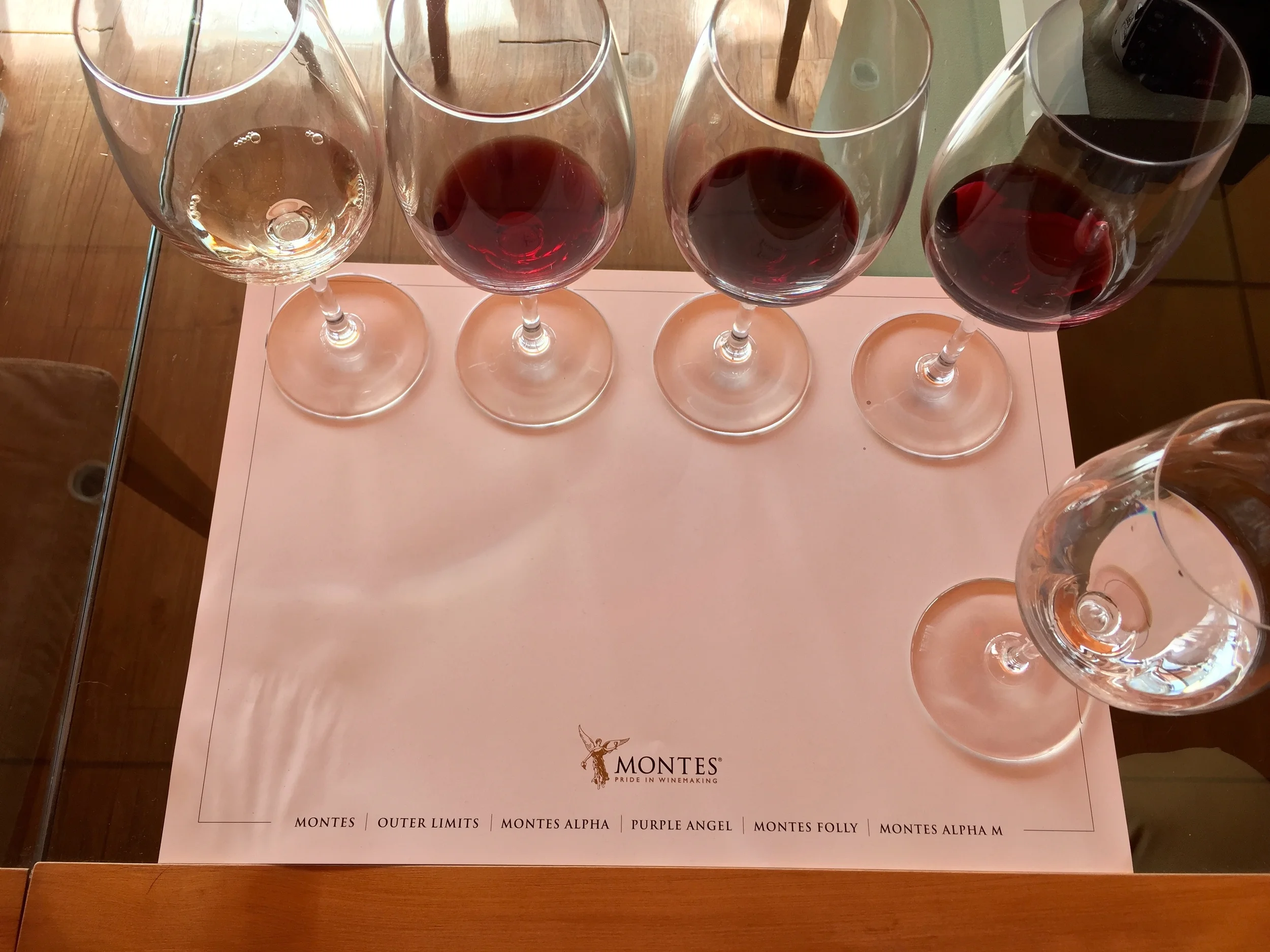
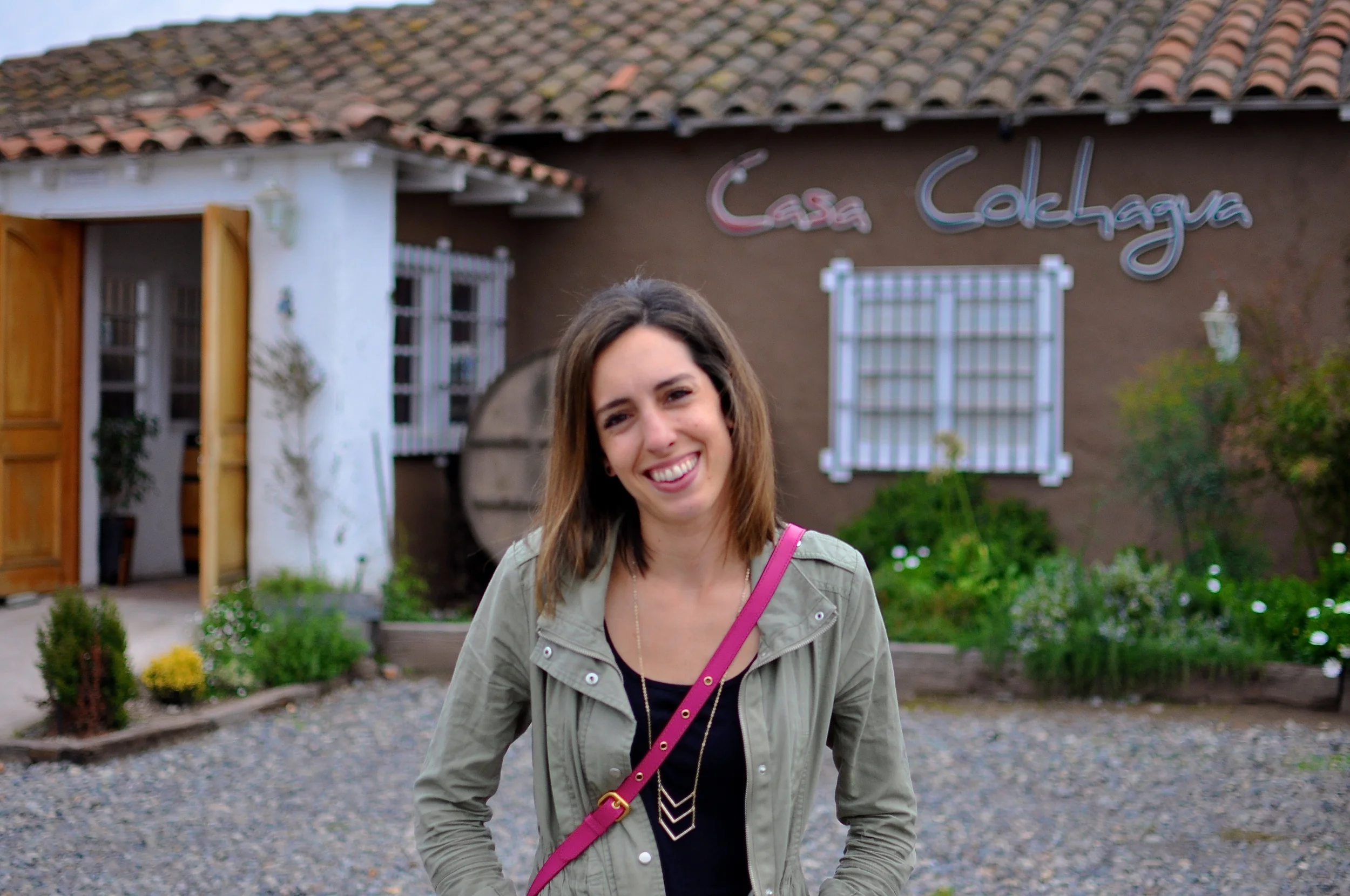

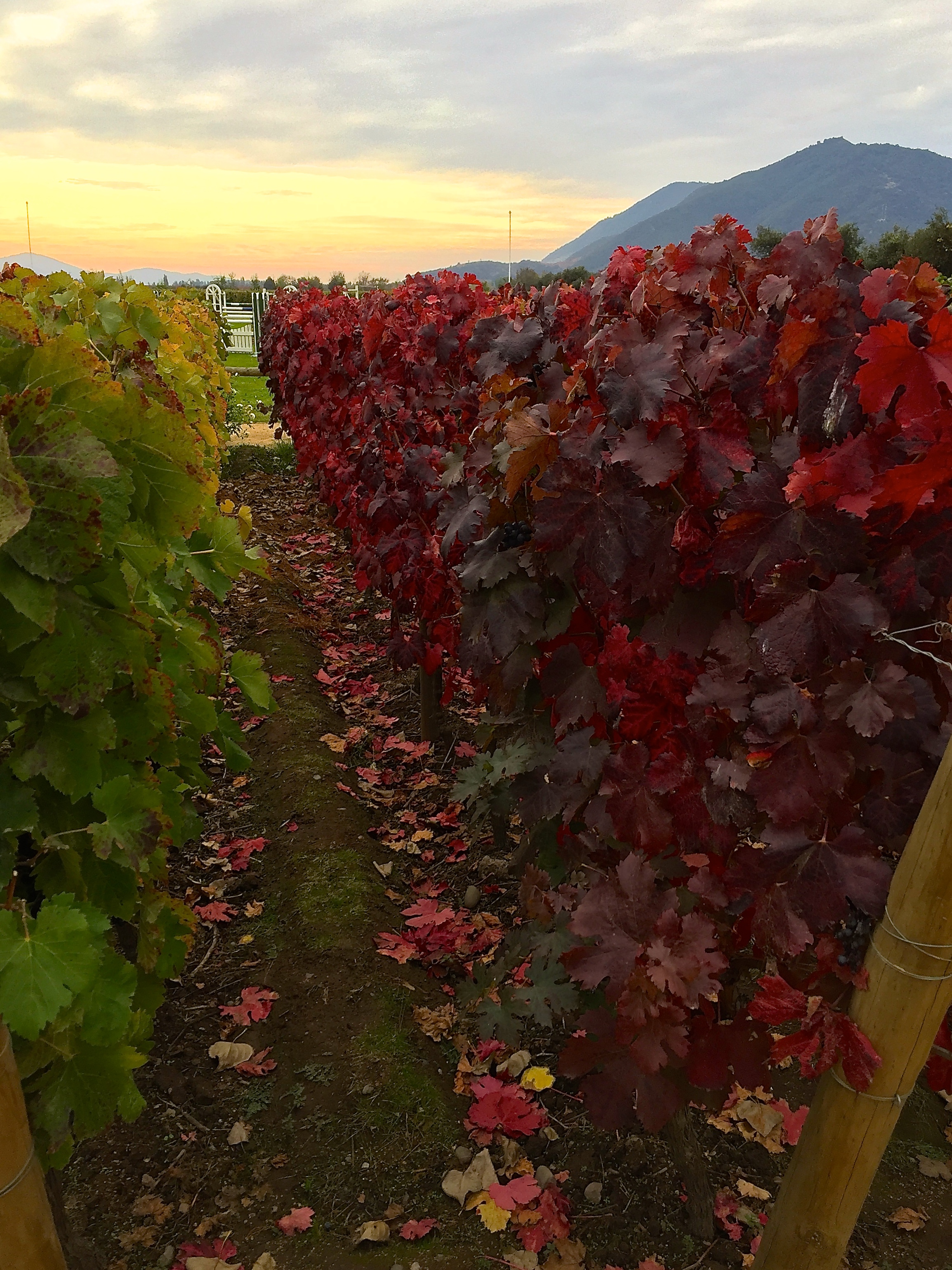
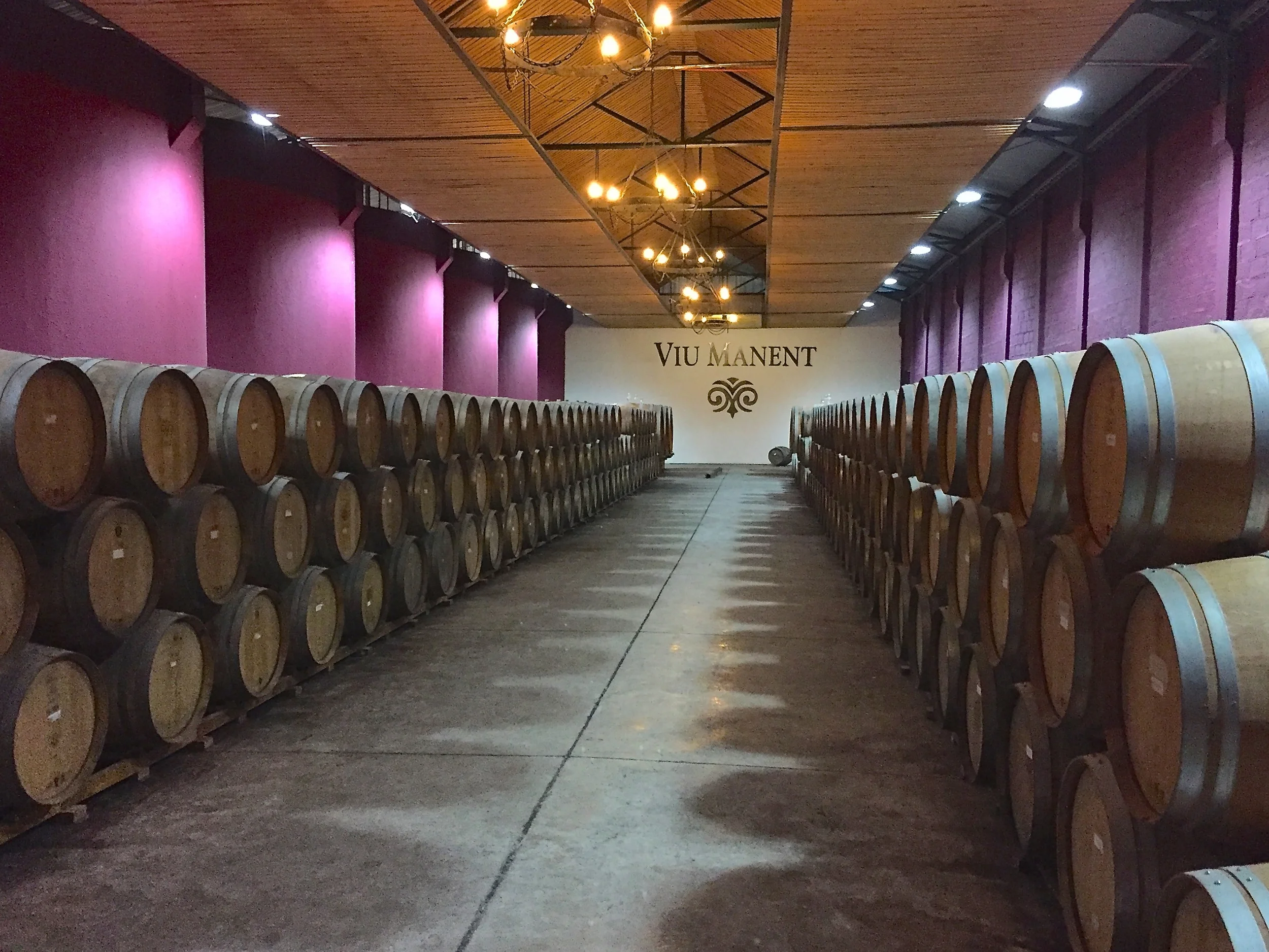
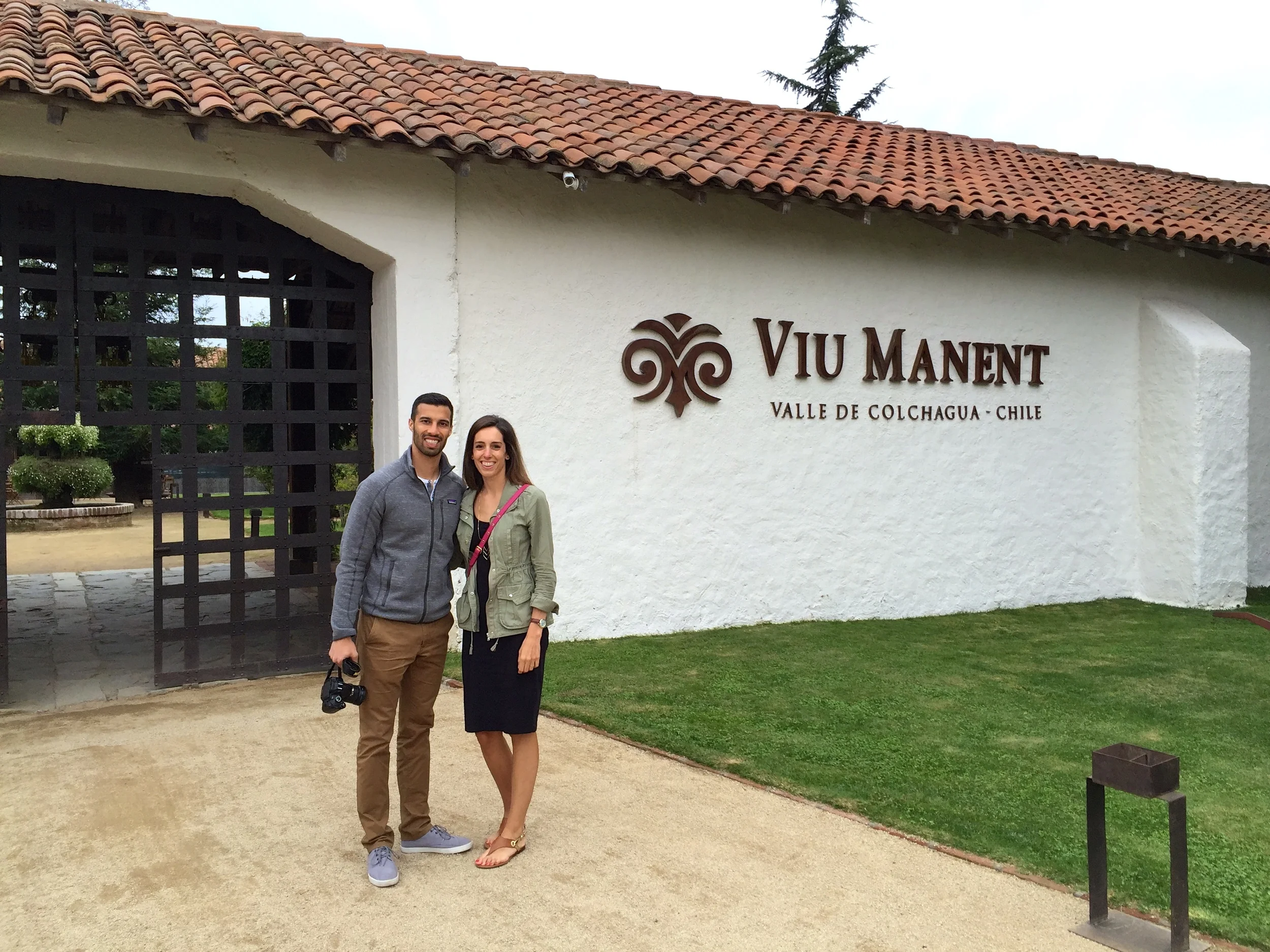

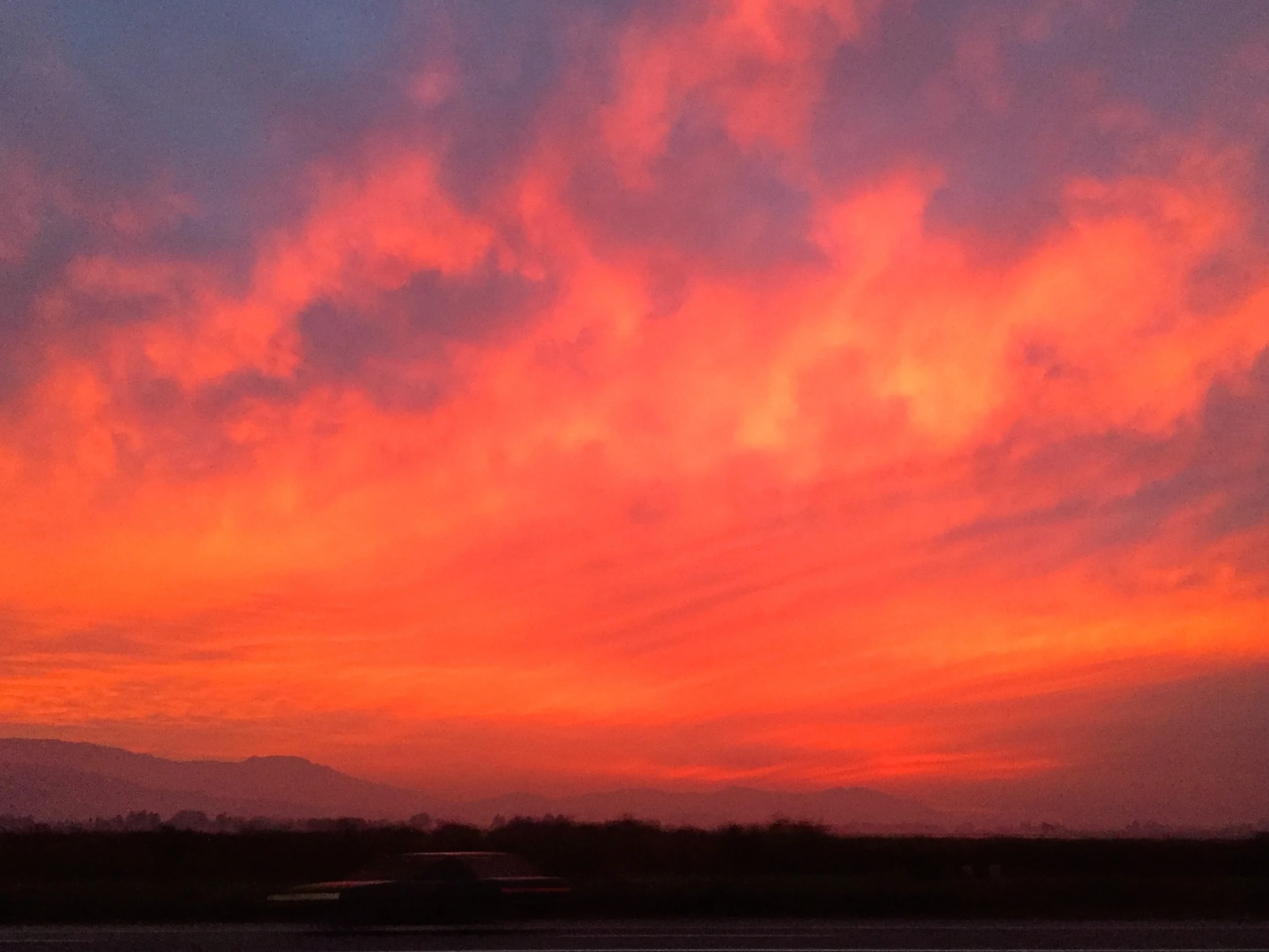
On our final full day in Santiago we left the city for a day tour of Valparaiso and Viña del Mar. Our tour guide, Adrian, provided a lot of information and humor throughout the excursion. We were intrigued with Valparaiso the minute we arrived. The hillside city used to be one of the richest in Chile back when it was the largest and most important port in the country. However, after the construction of the Panama Canal, the port was no longer a major stop for ships. The city as it is now, is much poorer but filled with character. The city is covered in art and graffiti and the houses are a variety of colors. Even the garbage trucks had art on them! We were dropped off near the top of the city and walked down, admiring the art along the way. So many creative people have brought the city to life and we couldn’t stop taking photos. I don’t think we’ve ever been so intrigued by graffiti before, but it was amazing. We ended our walk at the pier where we saw a ton of Navy ships, the Chilean Congress and Navy buildings, and a large statue to commemorate the Chilean victory in the War of the Pacific. The downtown area of Valparaiso turned out to be pretty dull as it was mostly office buildings. We much preferred the life and vibrancy of the neighborhoods on the hill.

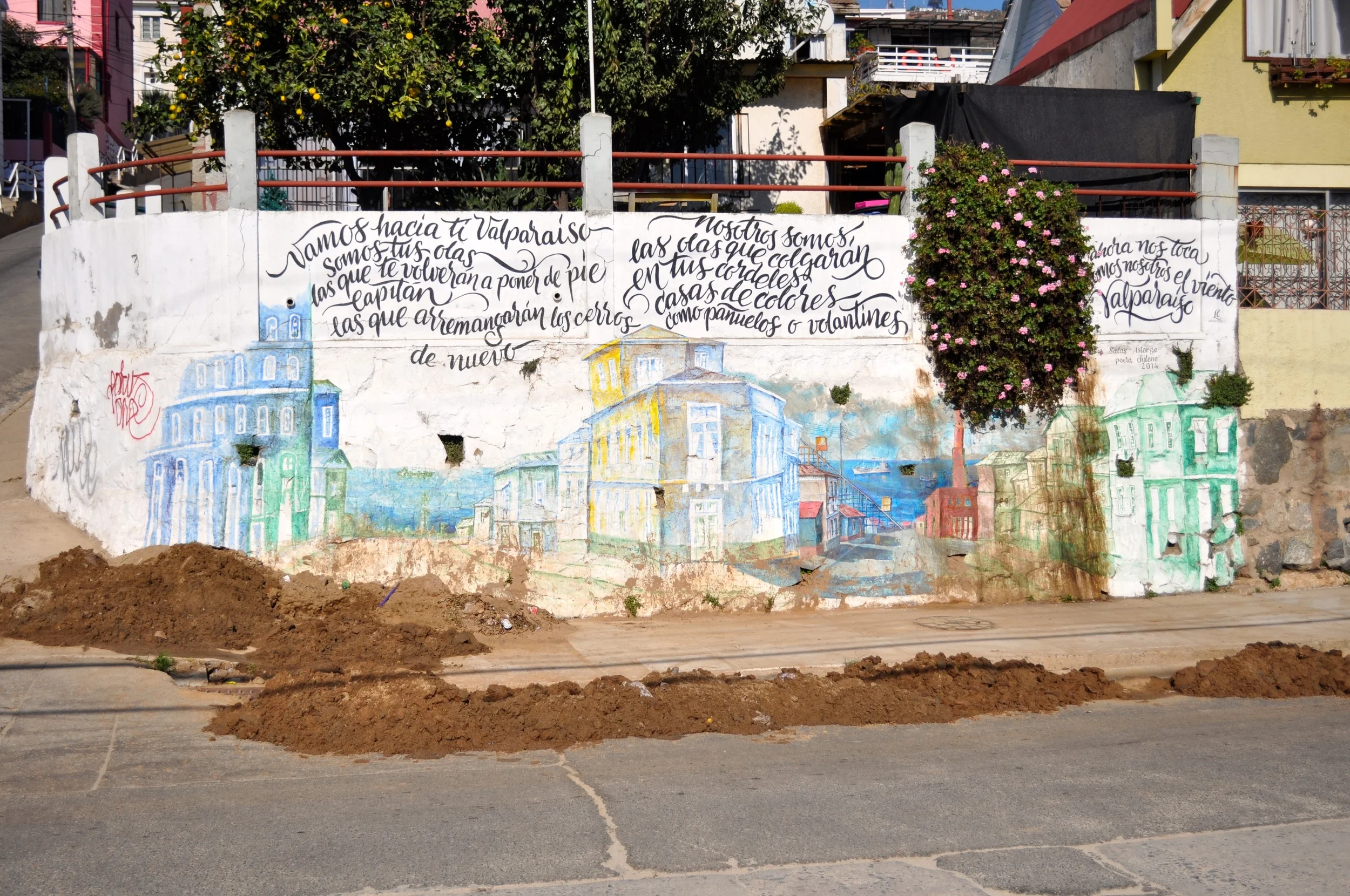

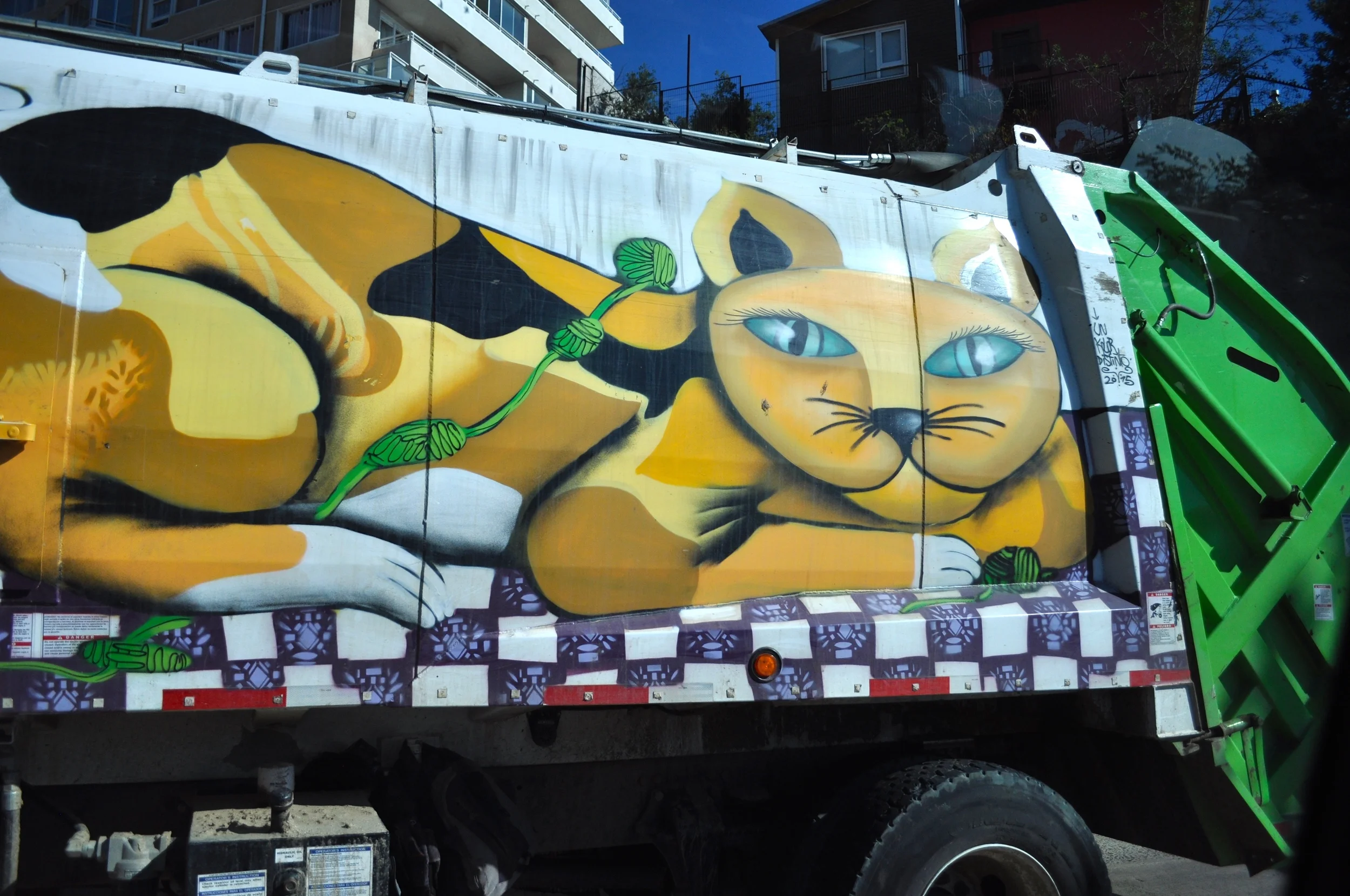
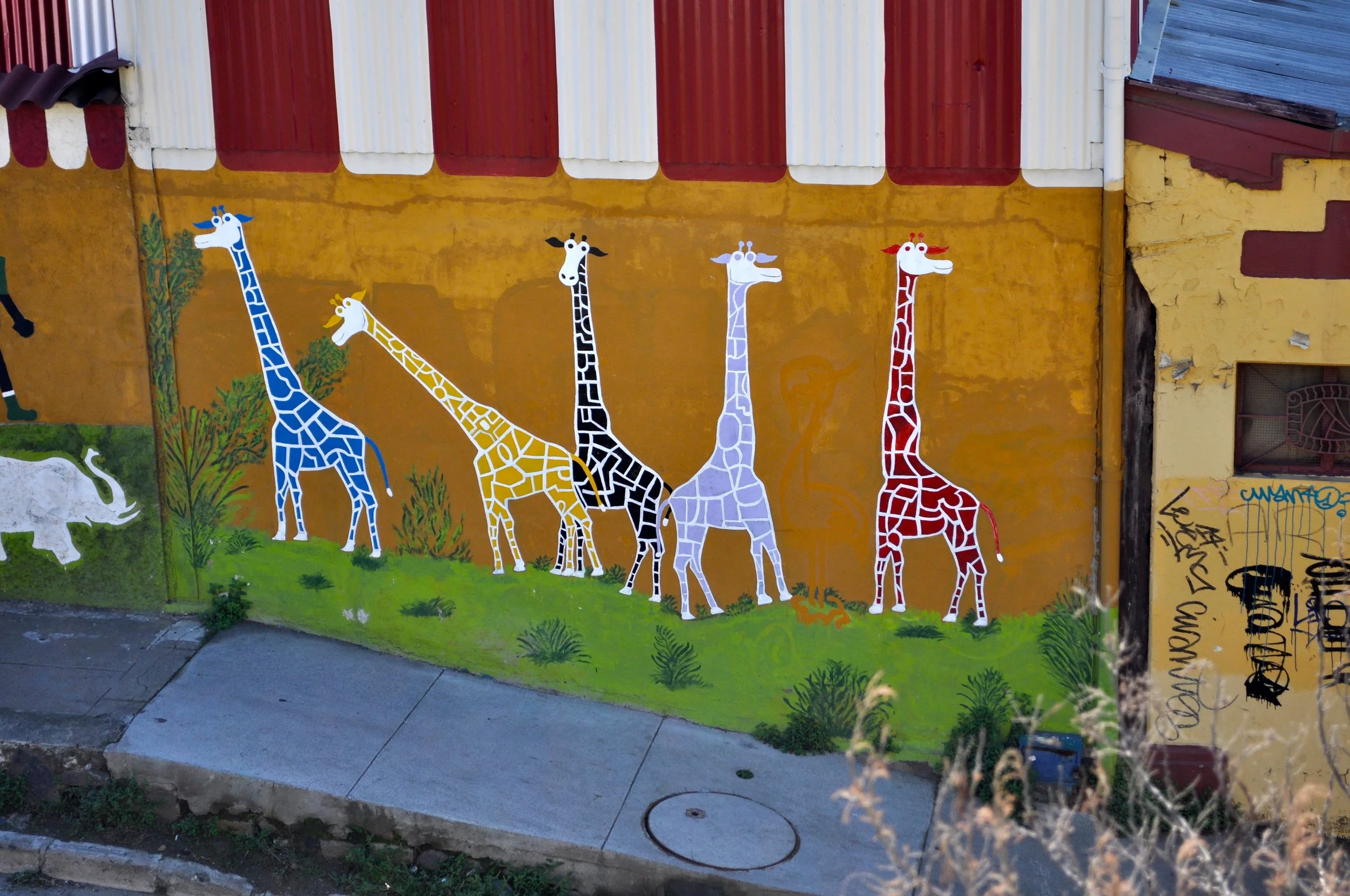
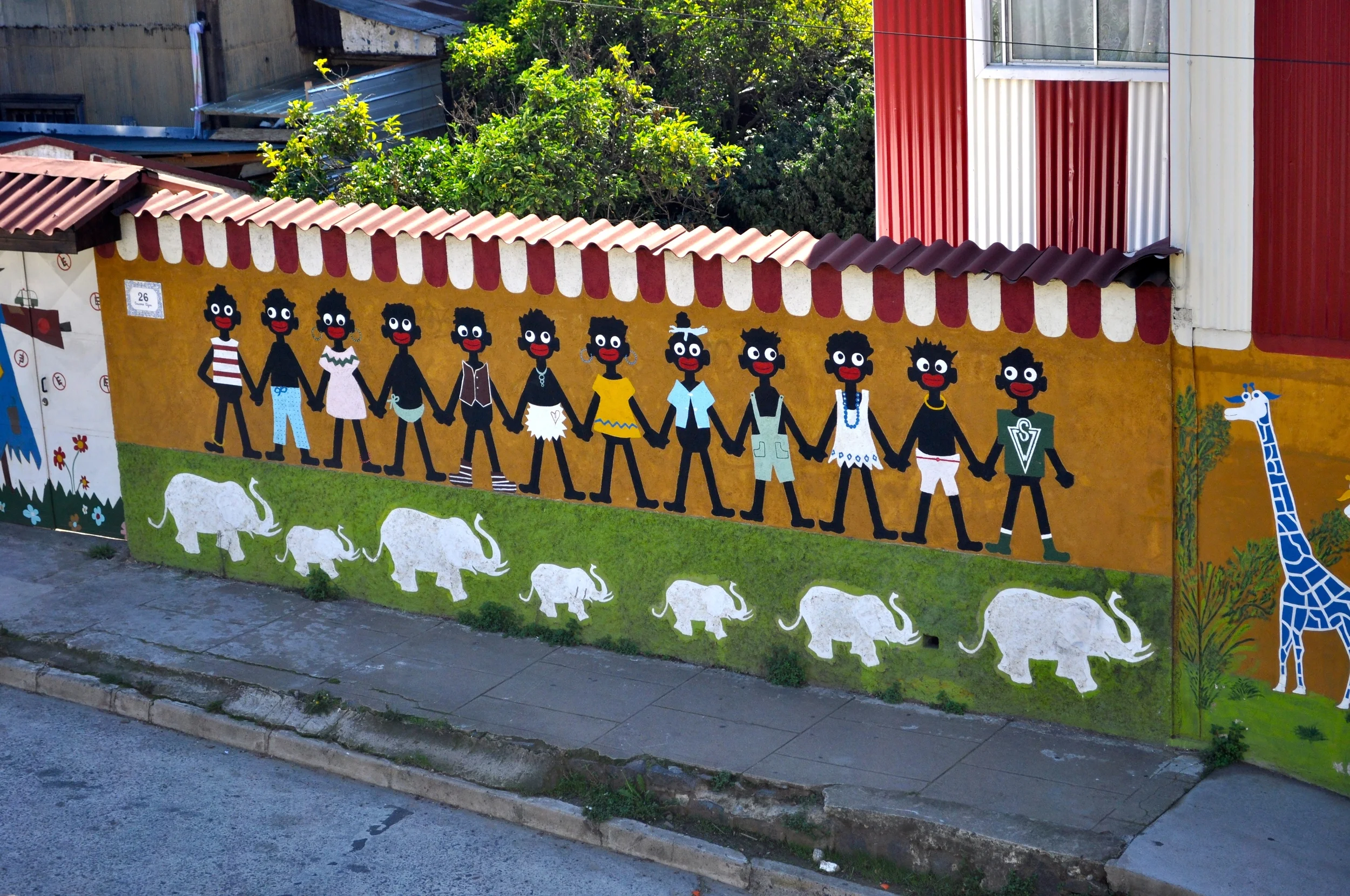

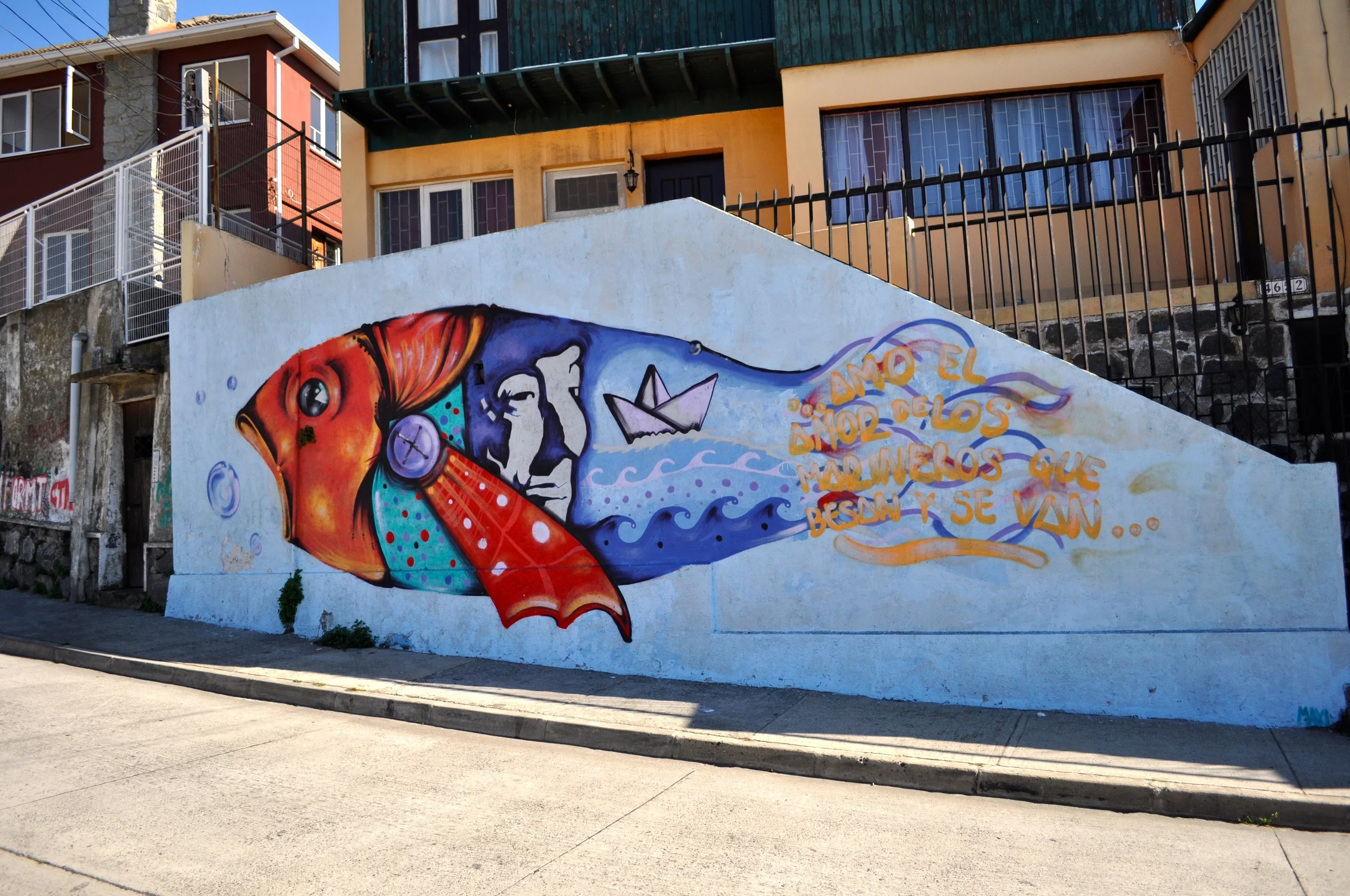
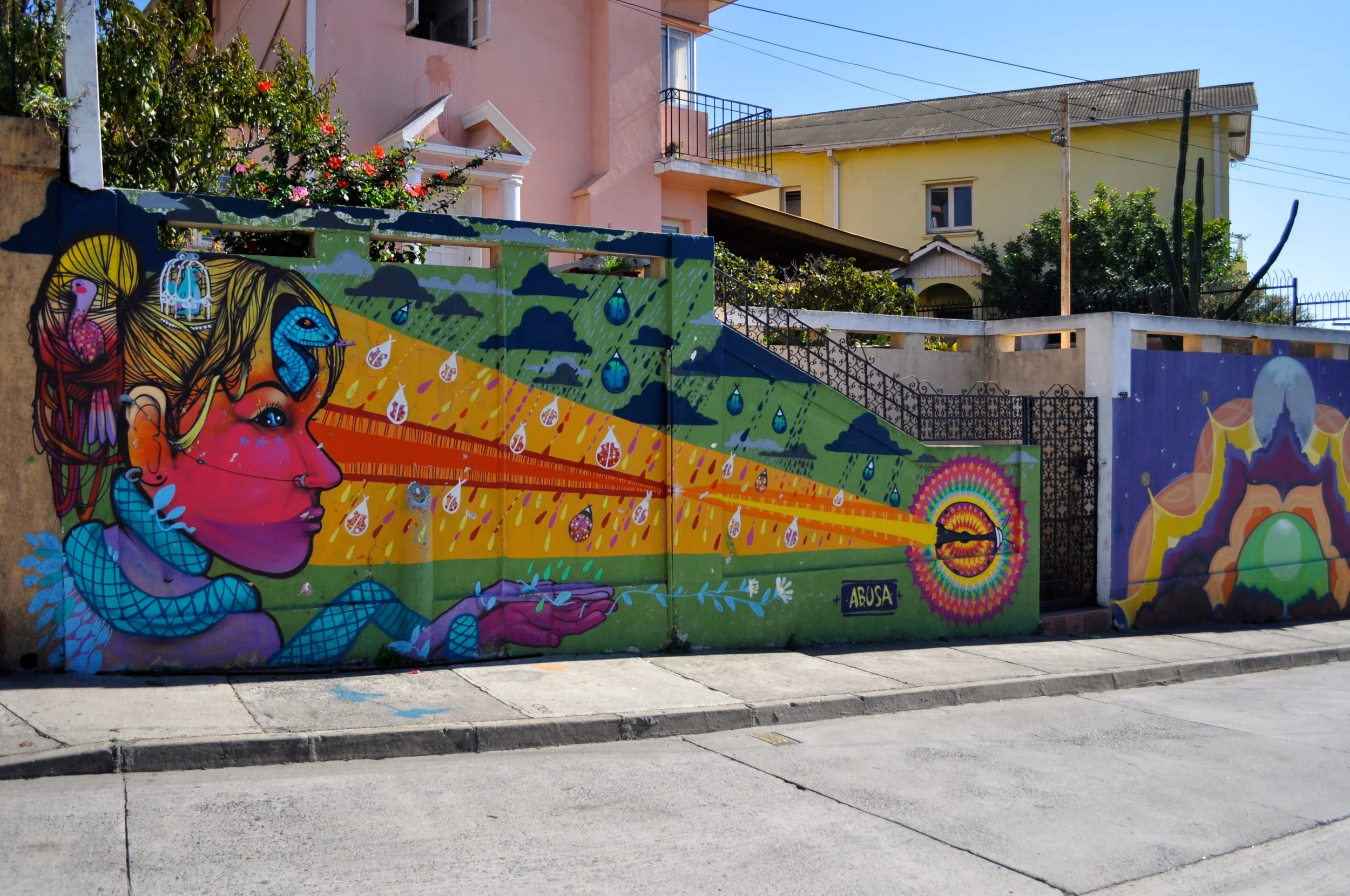
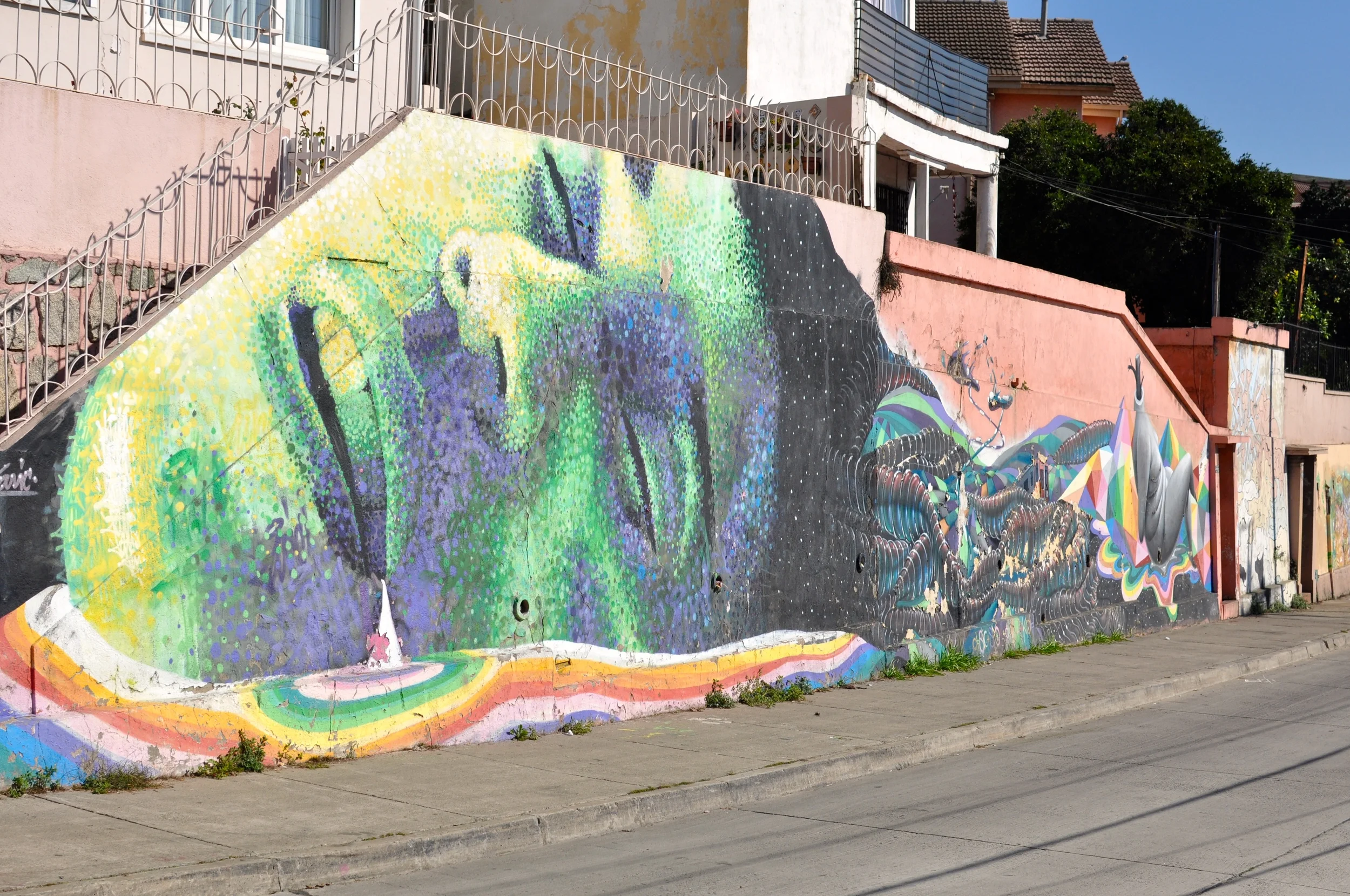

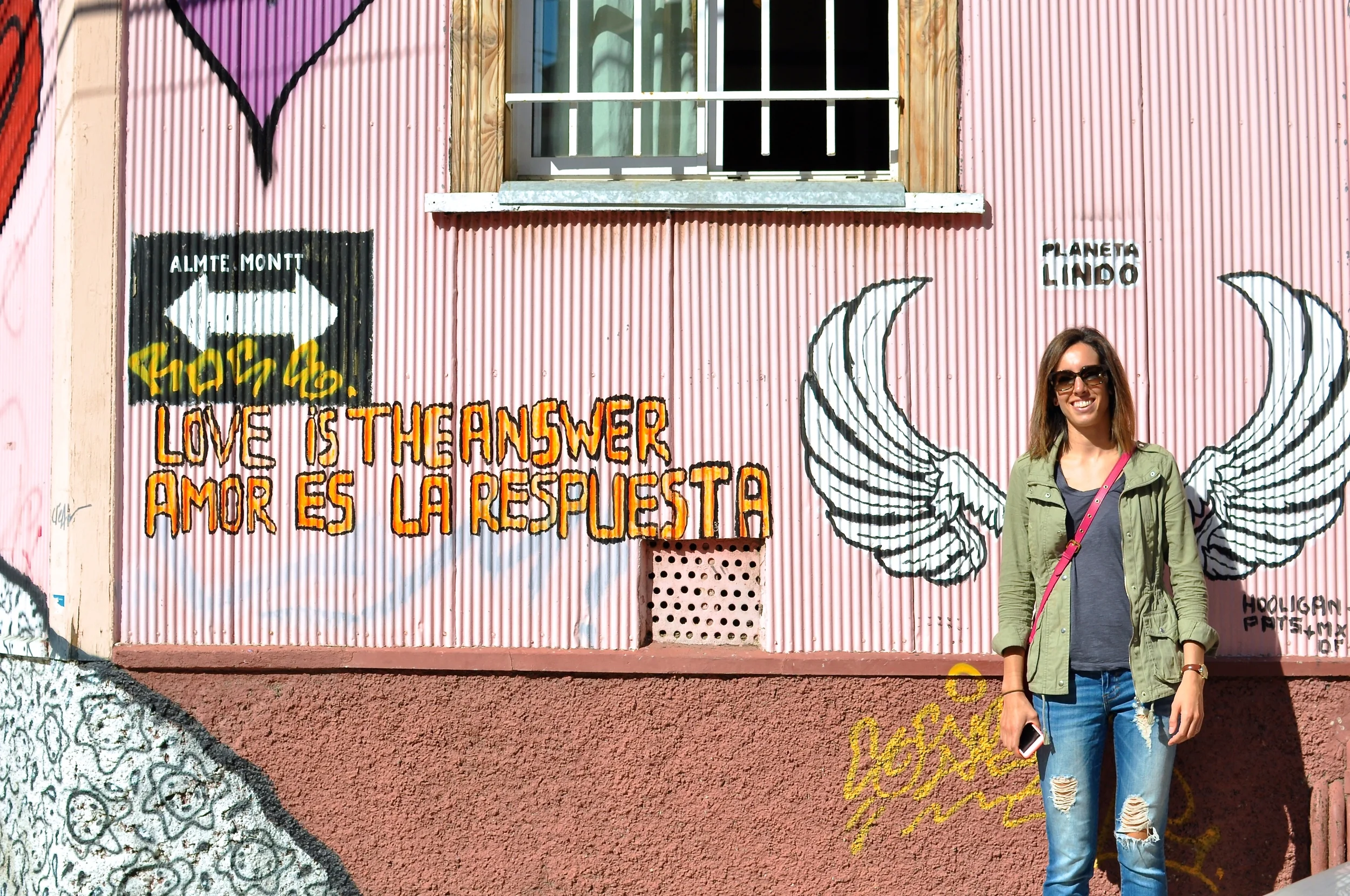


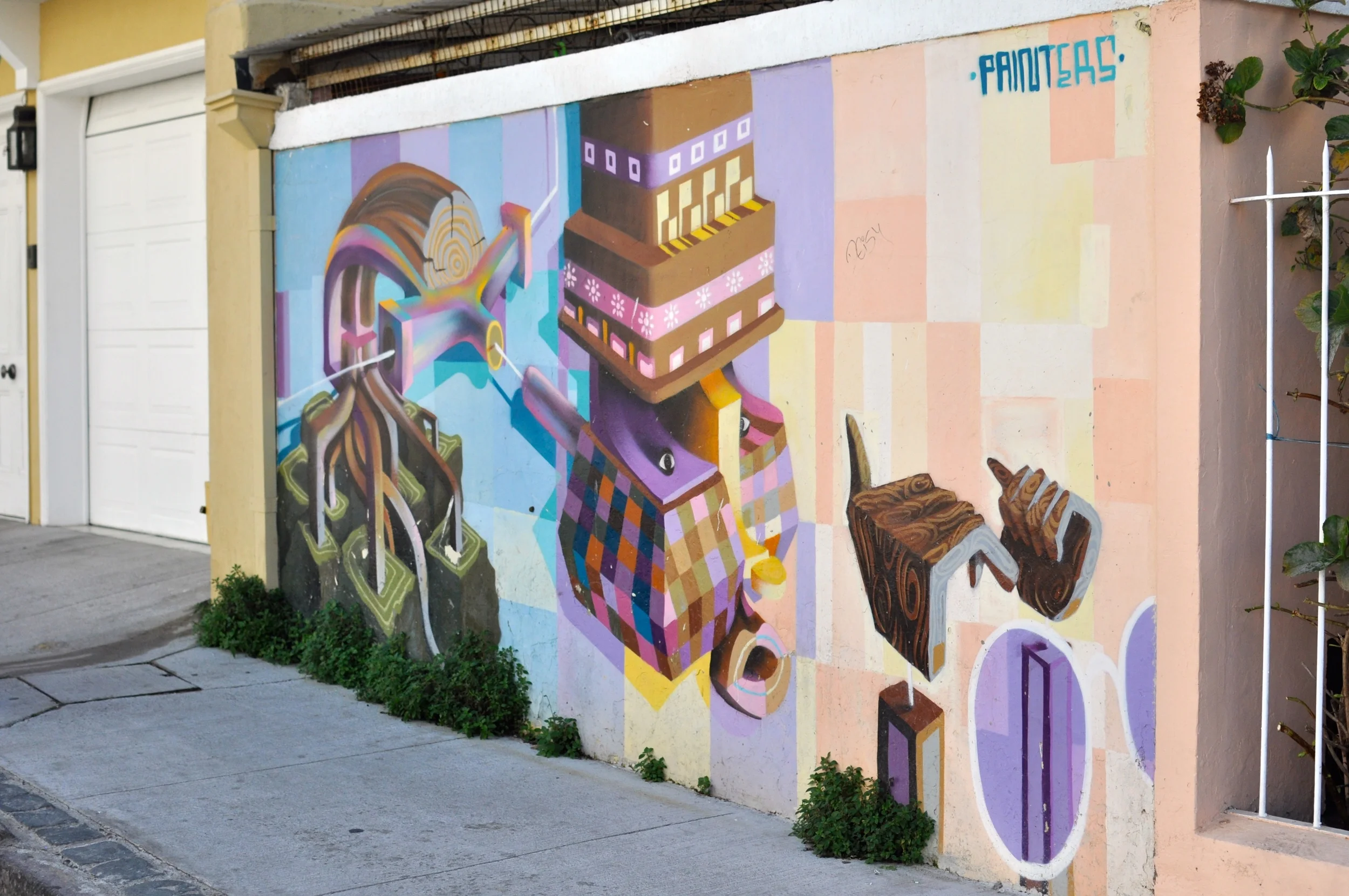



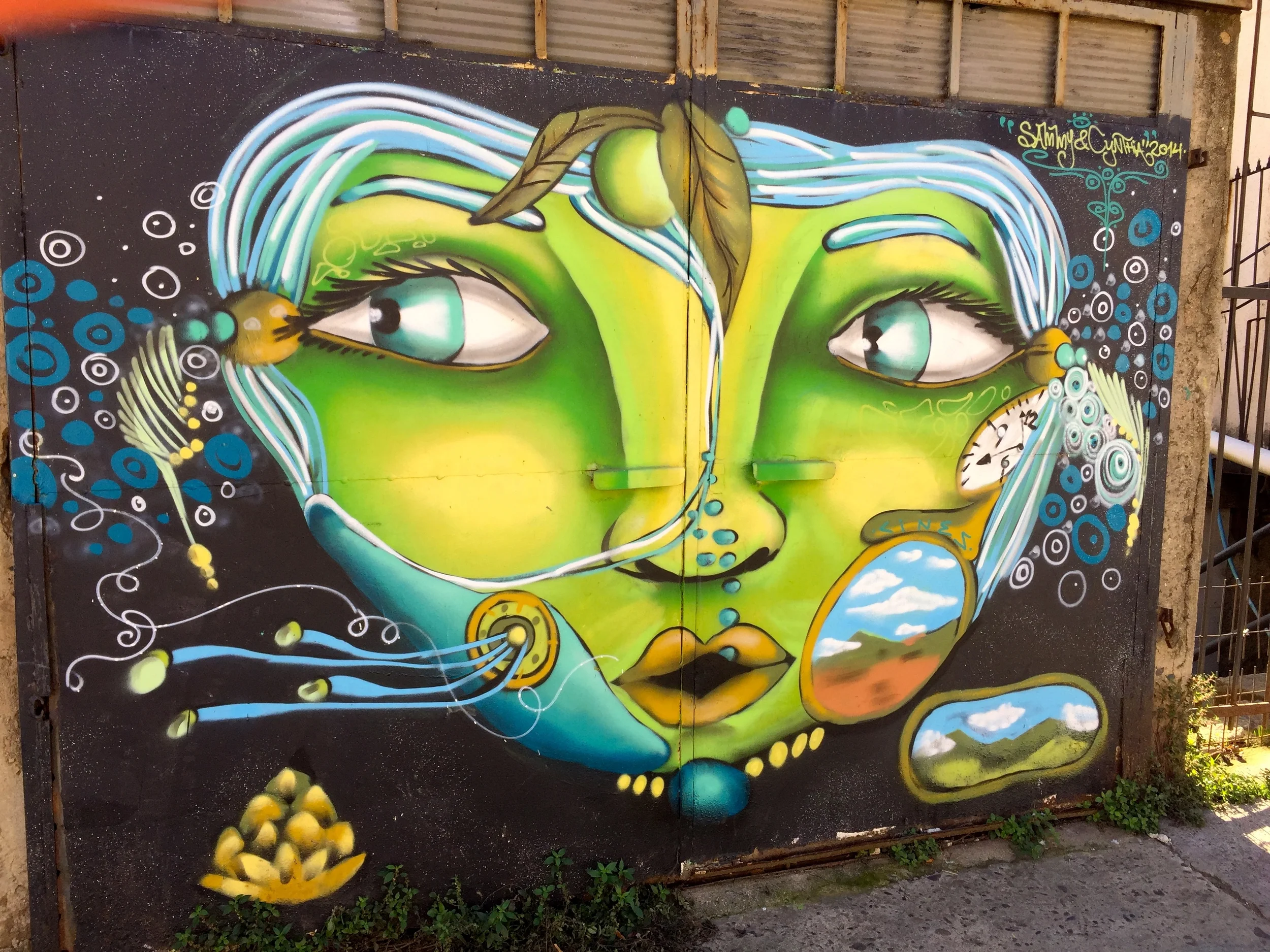
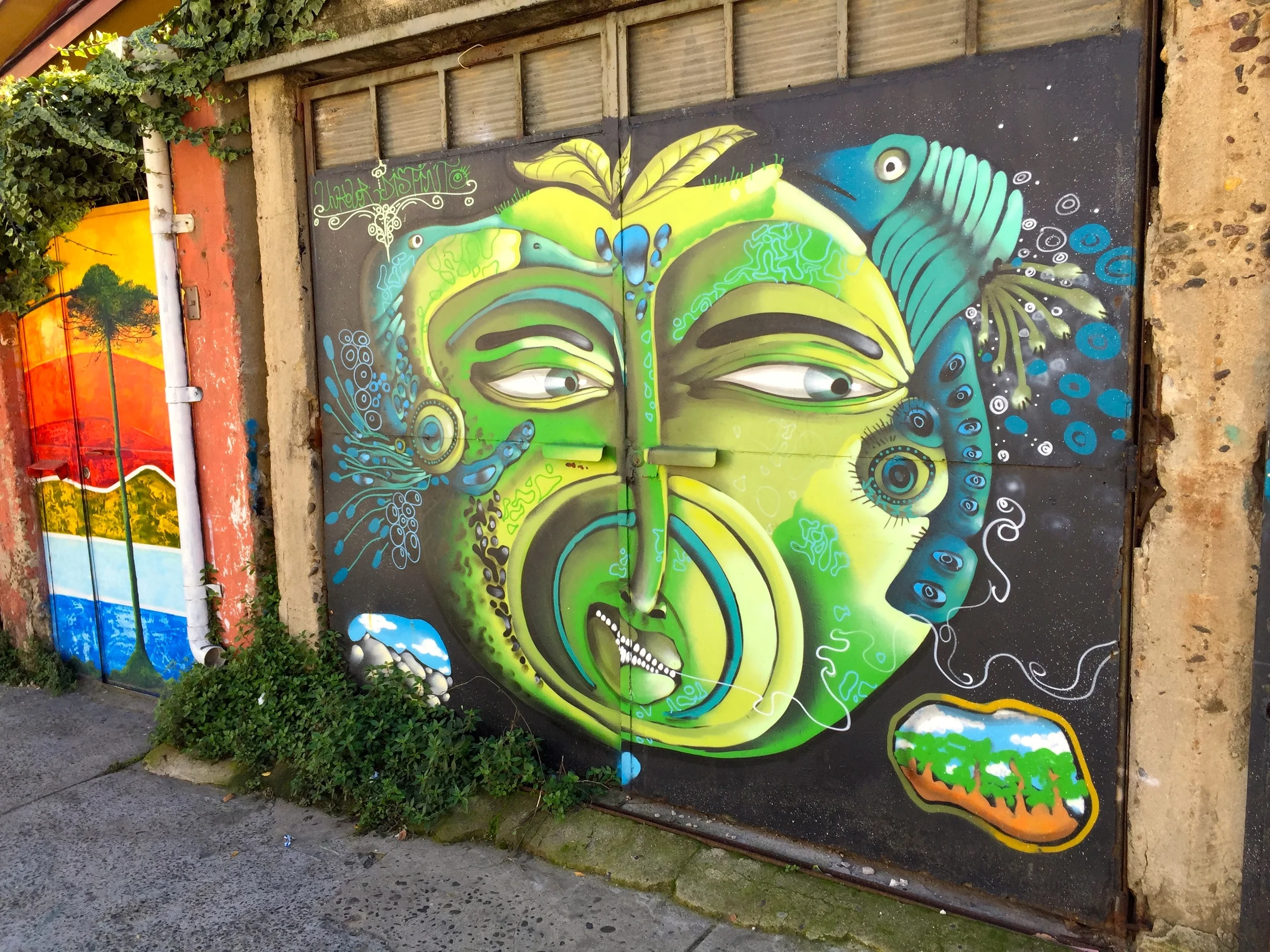
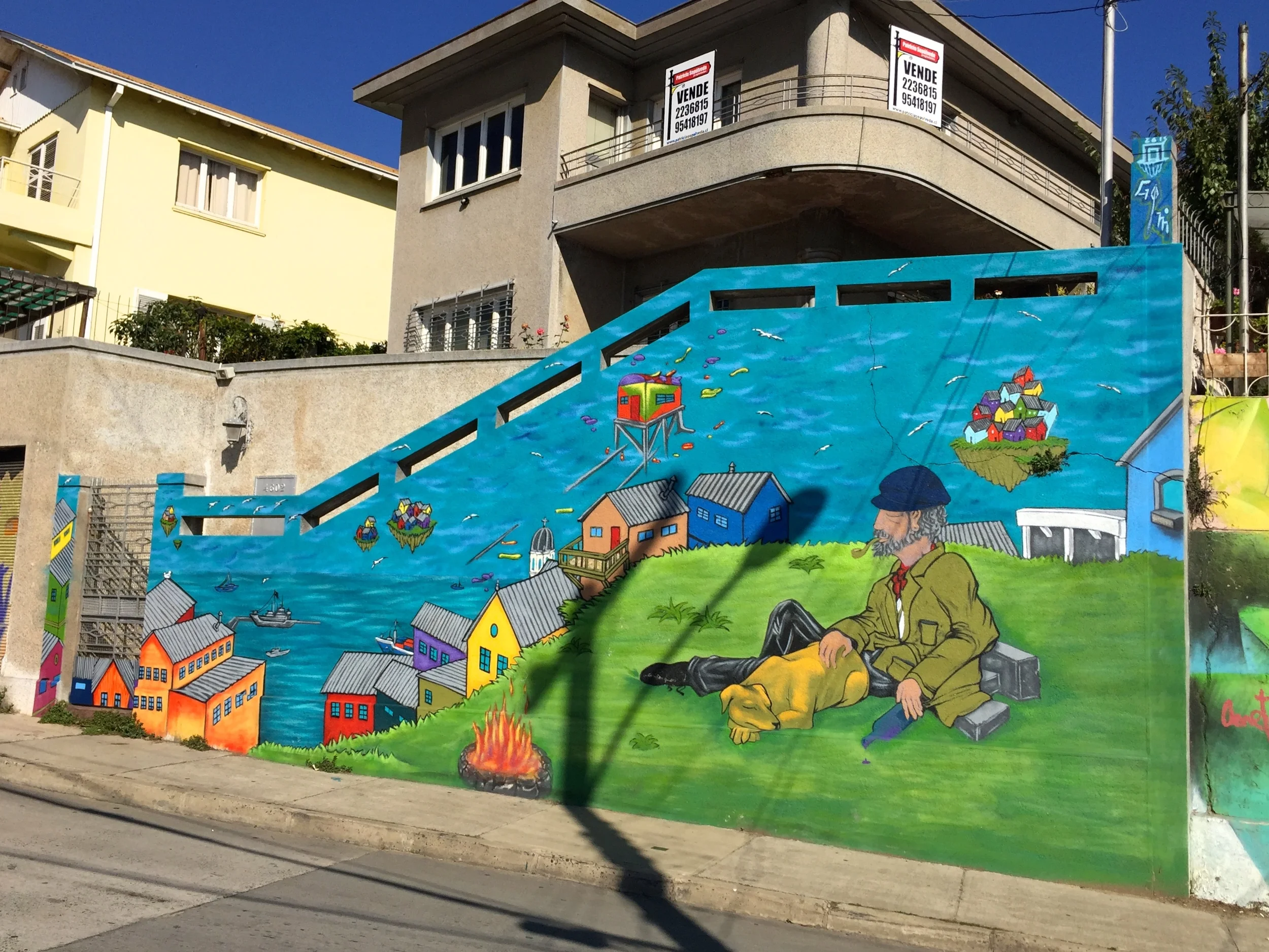
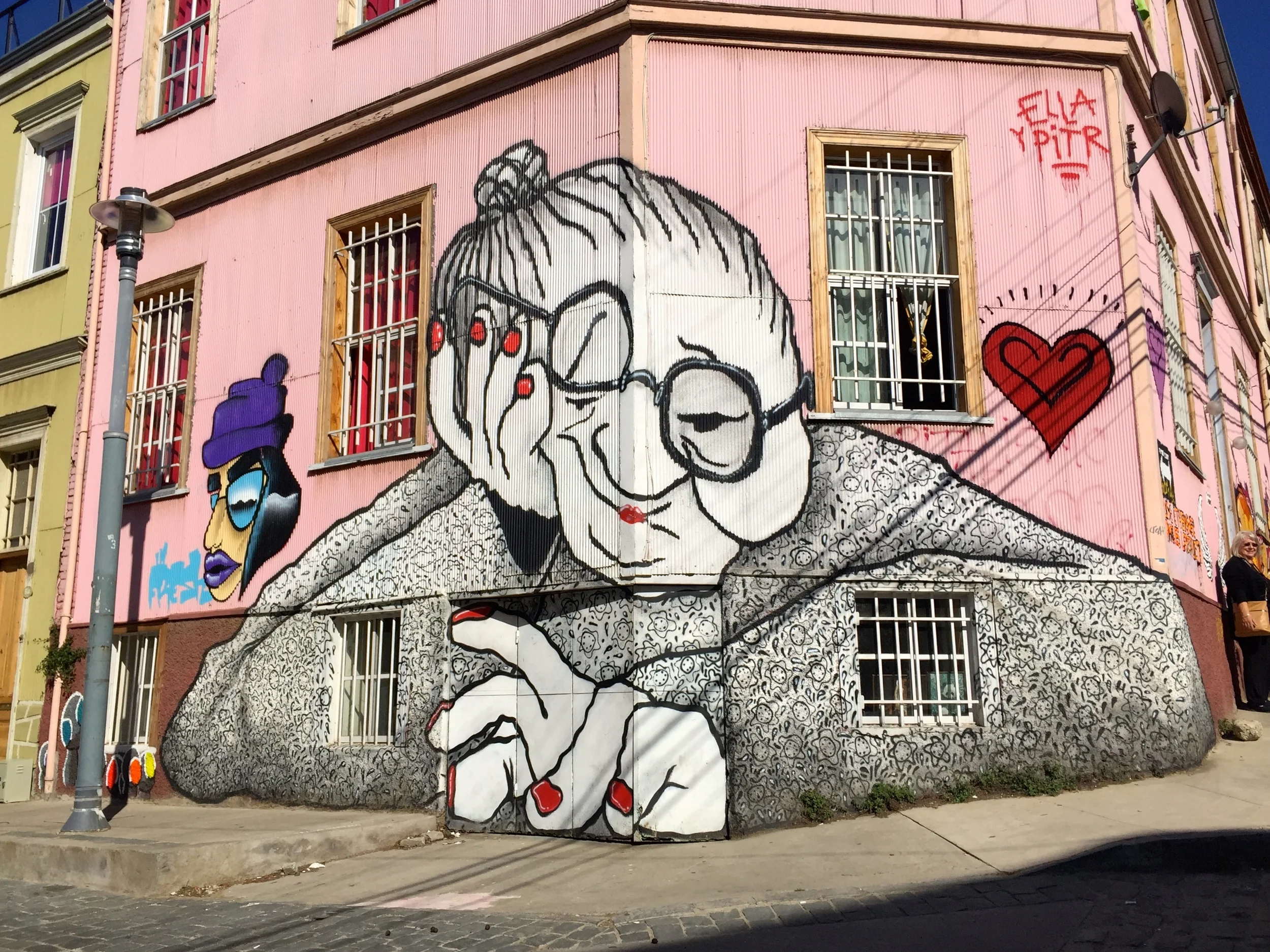


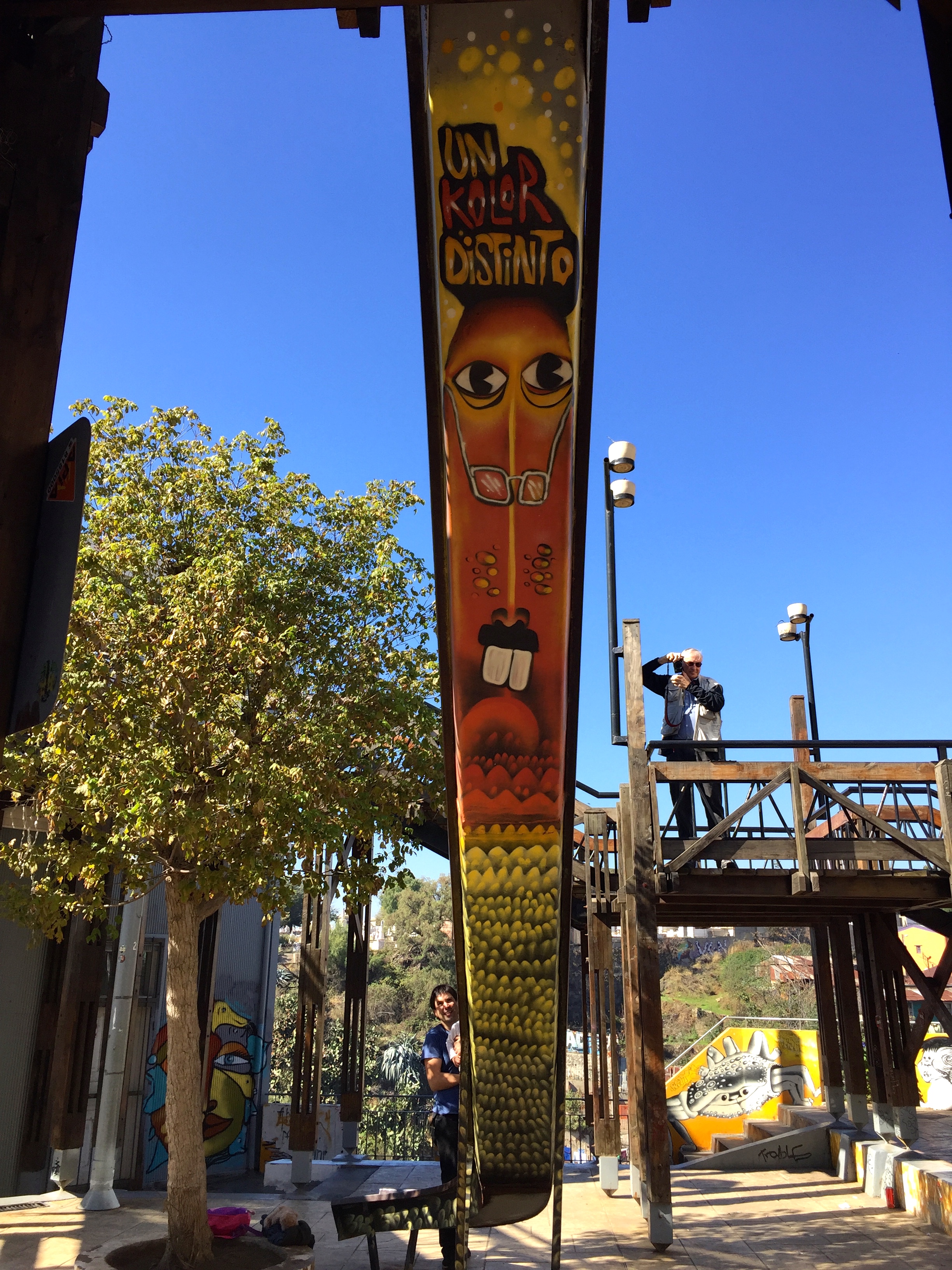
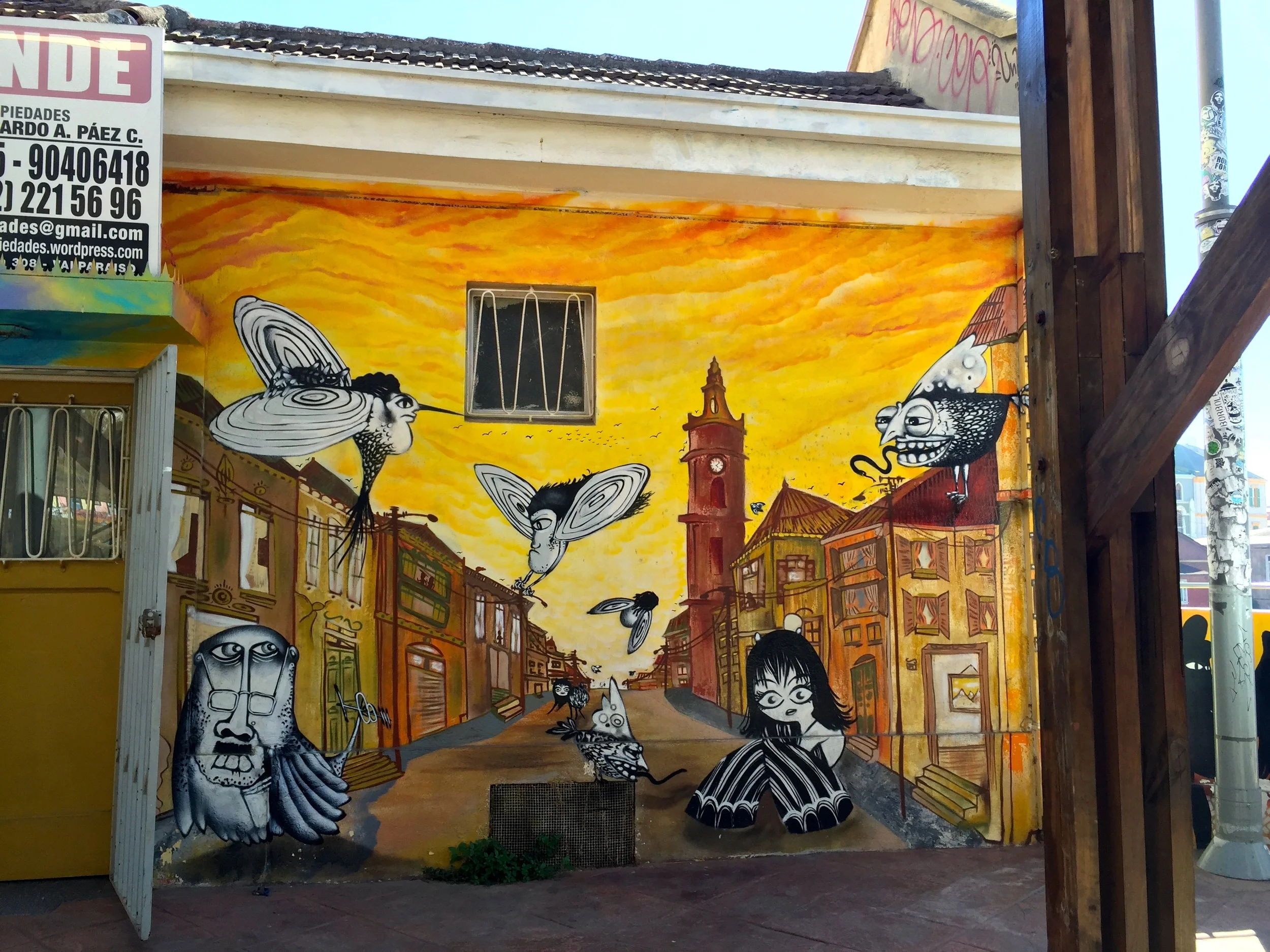
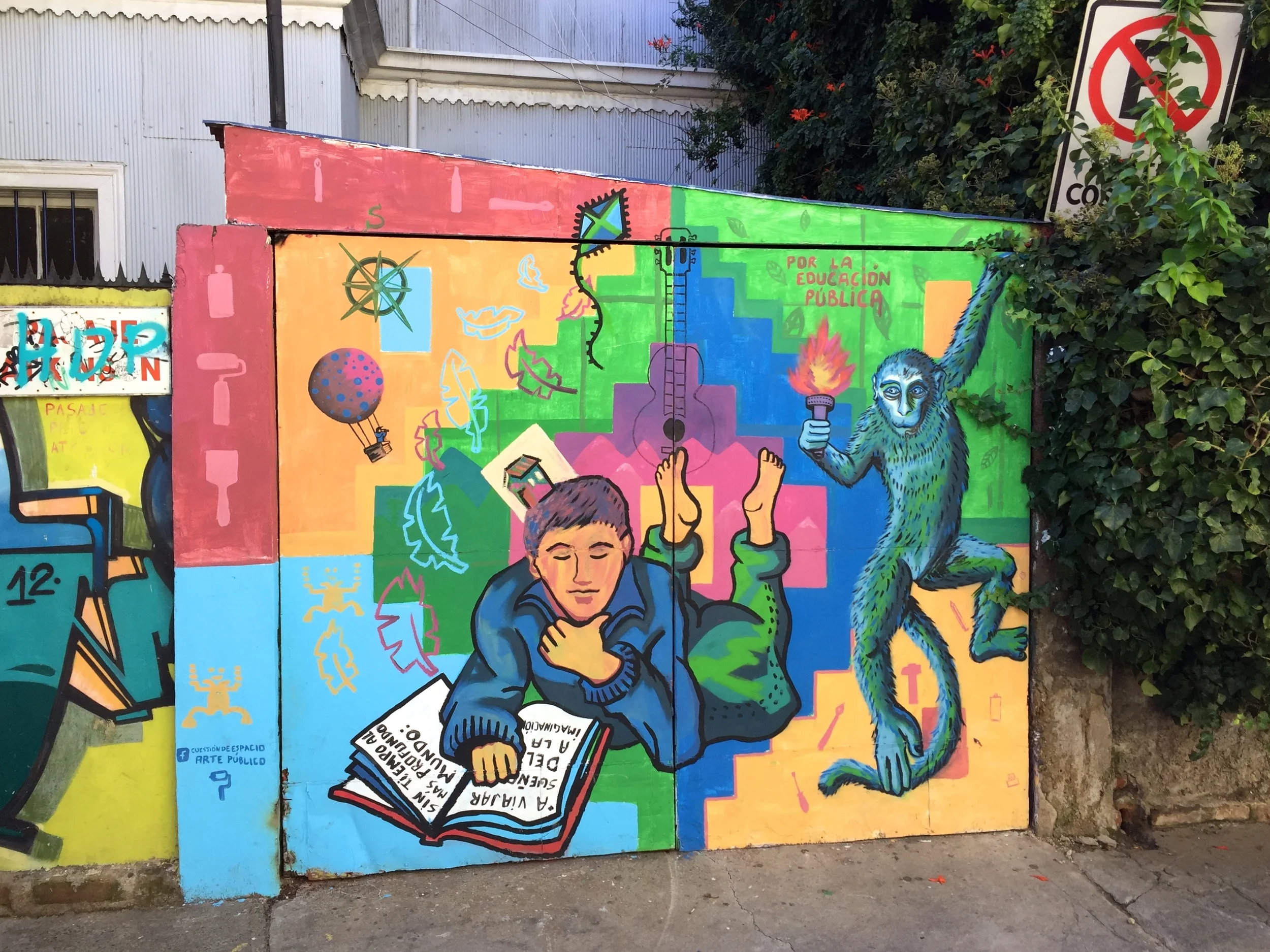
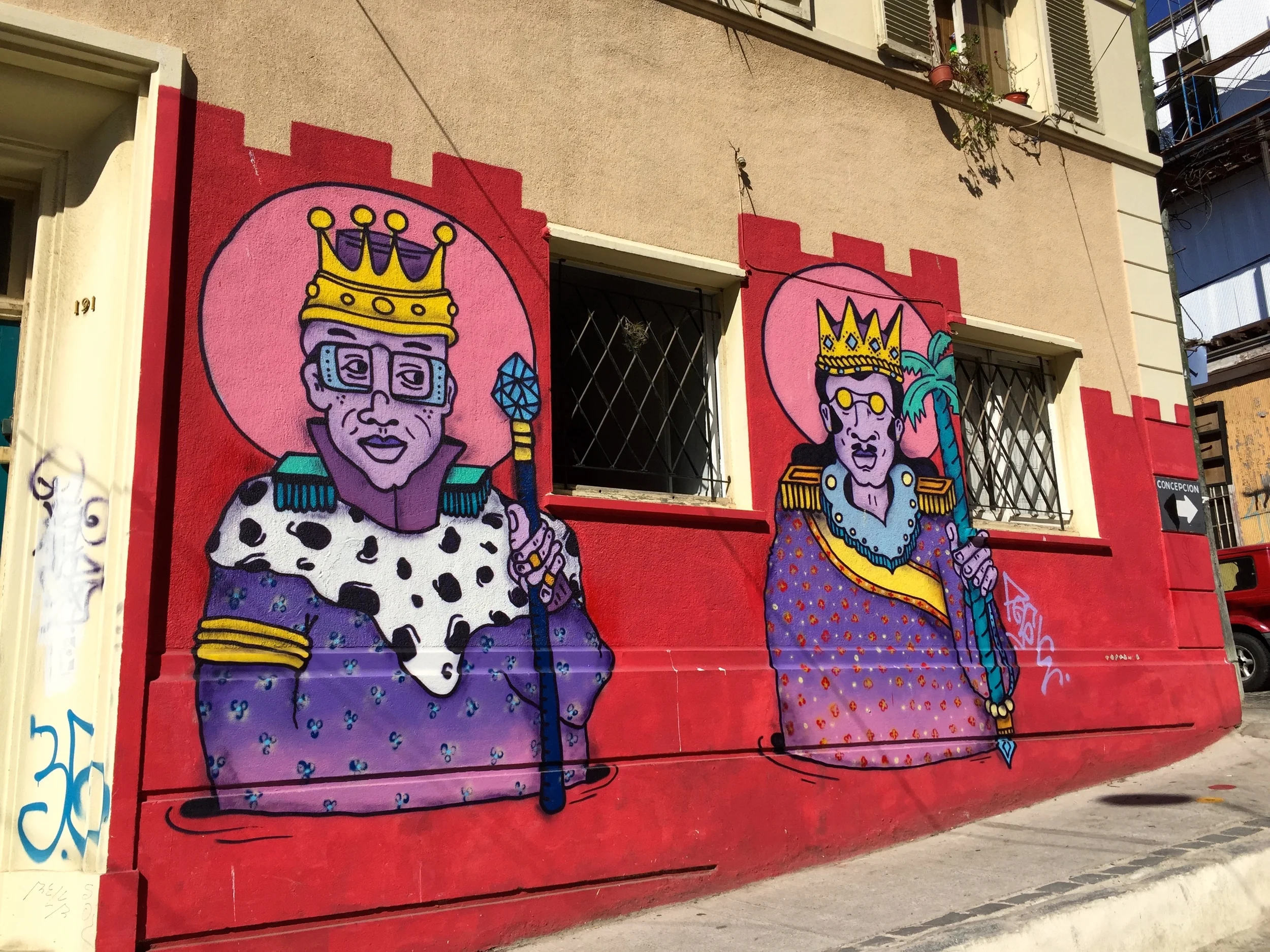

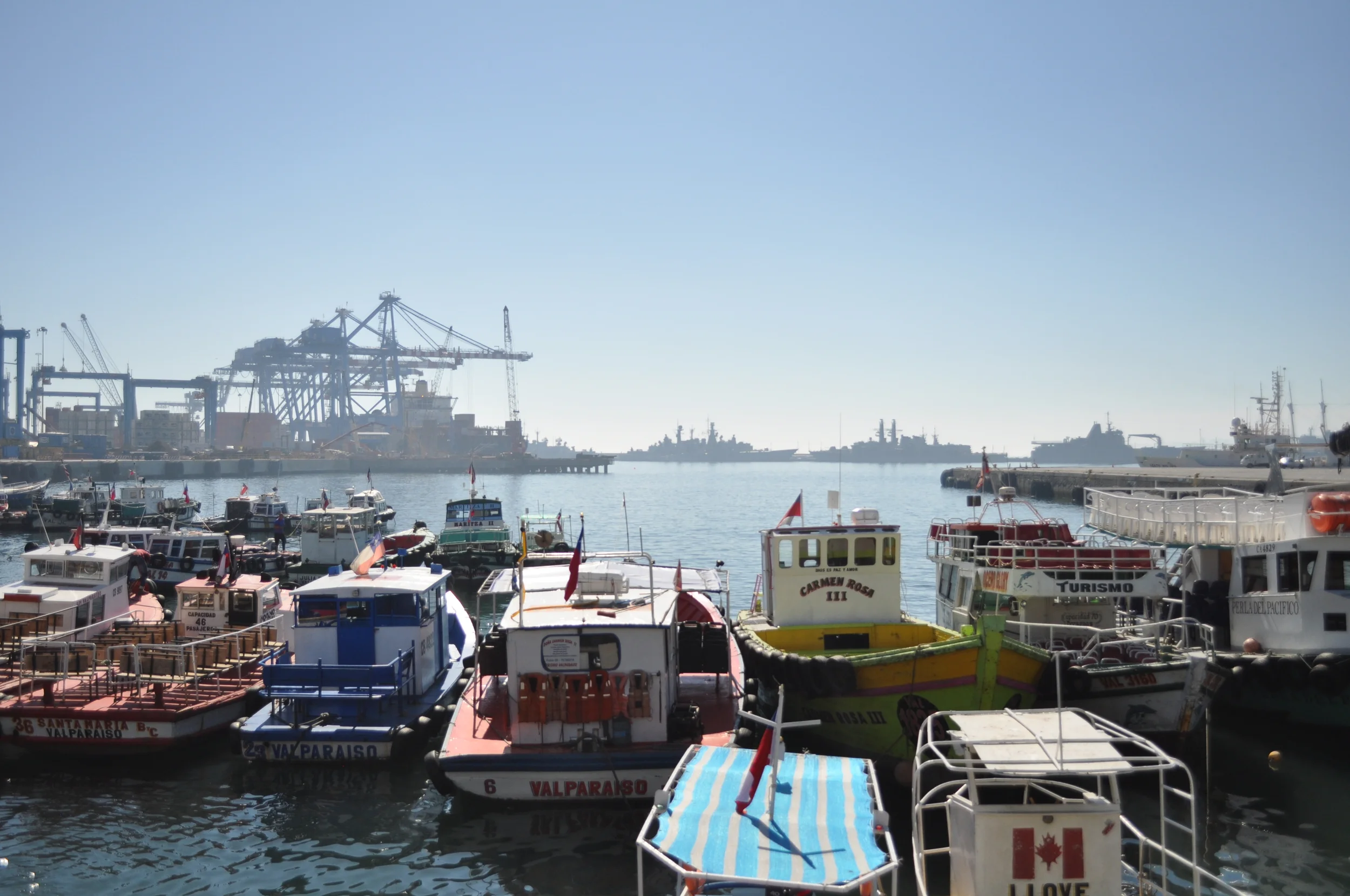
Our next stop on the tour was Viña del Mar, a popular vacation city located just a couple miles from Valparaiso. The two cities are starkly different. The gritty graffiti and art covered buildings fade to nice hotels, condos, and manicured lawns as you drive into Viña del Mar. We visited the famous flower clock (Reloj de Flores) upon arriving in Viña del Mar and then made a stop for lunch. After lunch we drove up the hill to get a birds eye view of the city before heading to the beach for a few photos and a chance to dip our hands in the ocean. From there we started our long journey back to Santiago just in time to sit in rush hour traffic.
We got back to our hotel just before the sun started setting so we decided to go for a walk through the sculpture park along the Mapocho River. We made our way to the Gran Torre Santiago (the tallest building in Latin America) to get a 360 degree view of Santiago as the sun went down. Unfortunately it took too long to buy tickets and get to the top as the sun was almost set by the time we made it up to the 61st floor. Instead we settled for some excellent views of the sprawling city at night. It really is hard to comprehend how large Santiago is until you see it from above. After taking some photos, we began walking back to our hotel, trying to decide on a dinner spot for the night. With both of us being indecisive, yet hungry, we settled on the same vegetarian restaurant we ate at the night before (El Huerto). At dinner we talked about how ready we were to out of the big city and back to seeing some incredible landscapes. We went back to our hotel and packed our bags for an early flight the next morning to San Pedro de Atacama.
